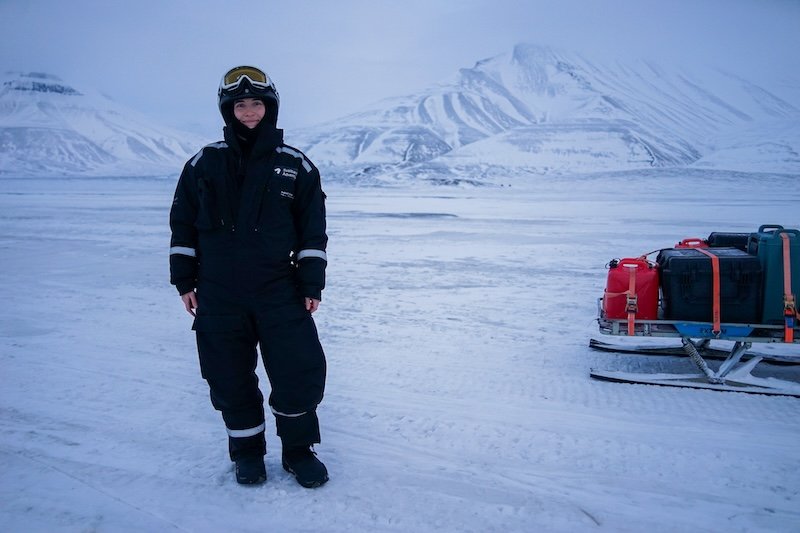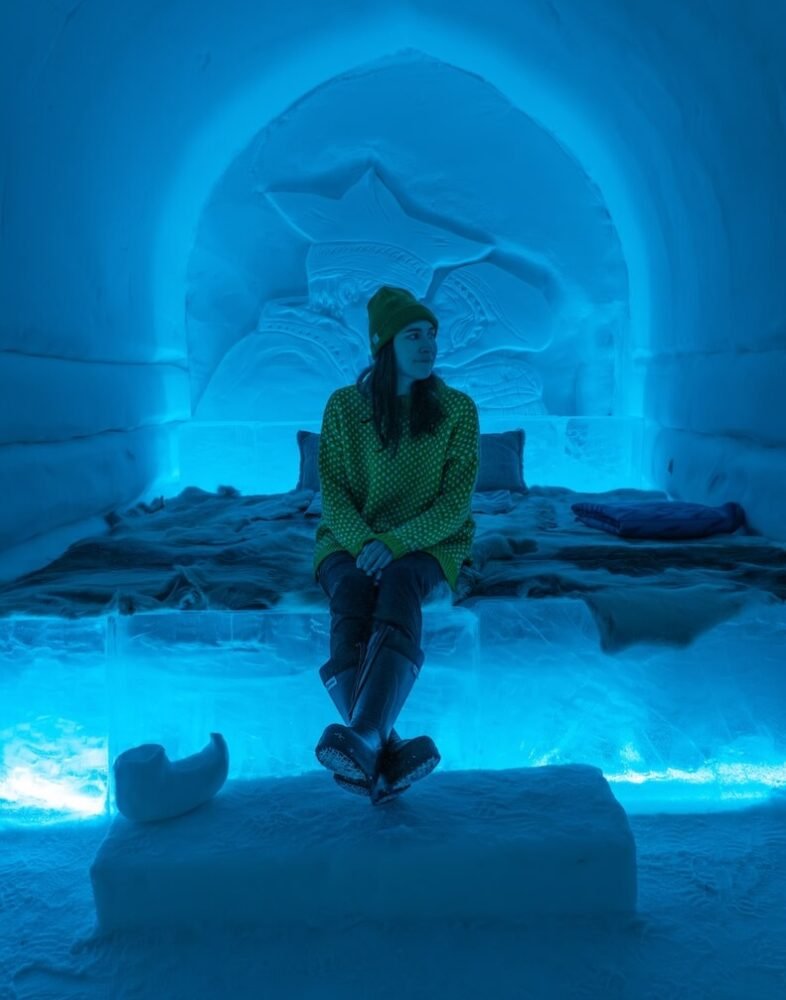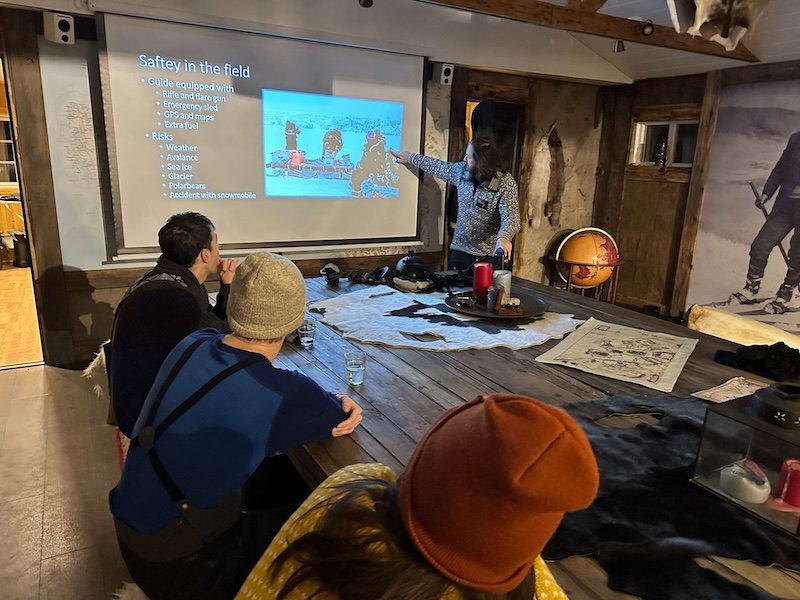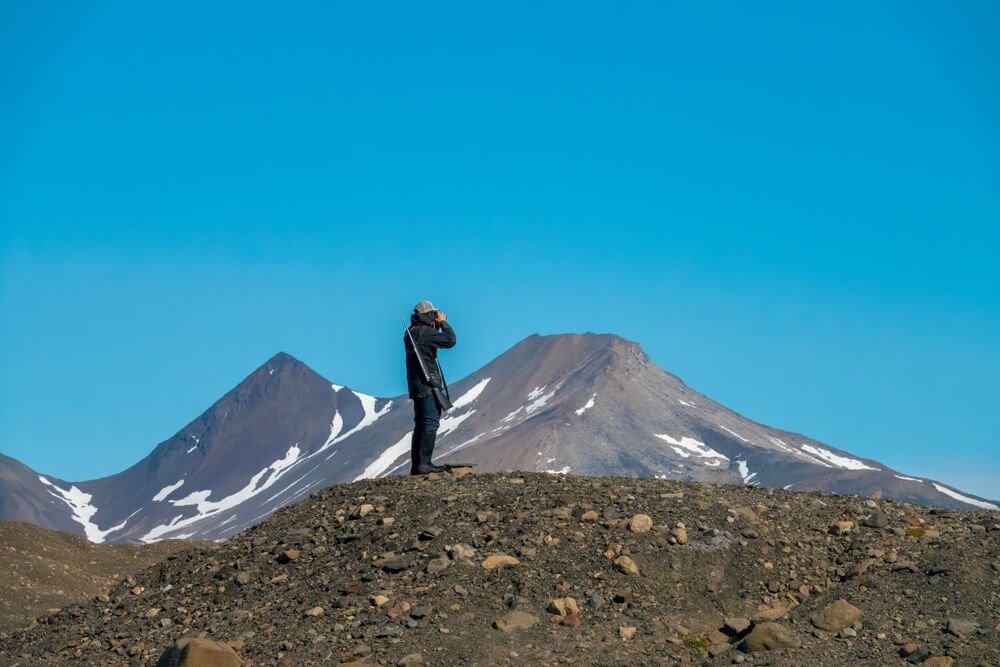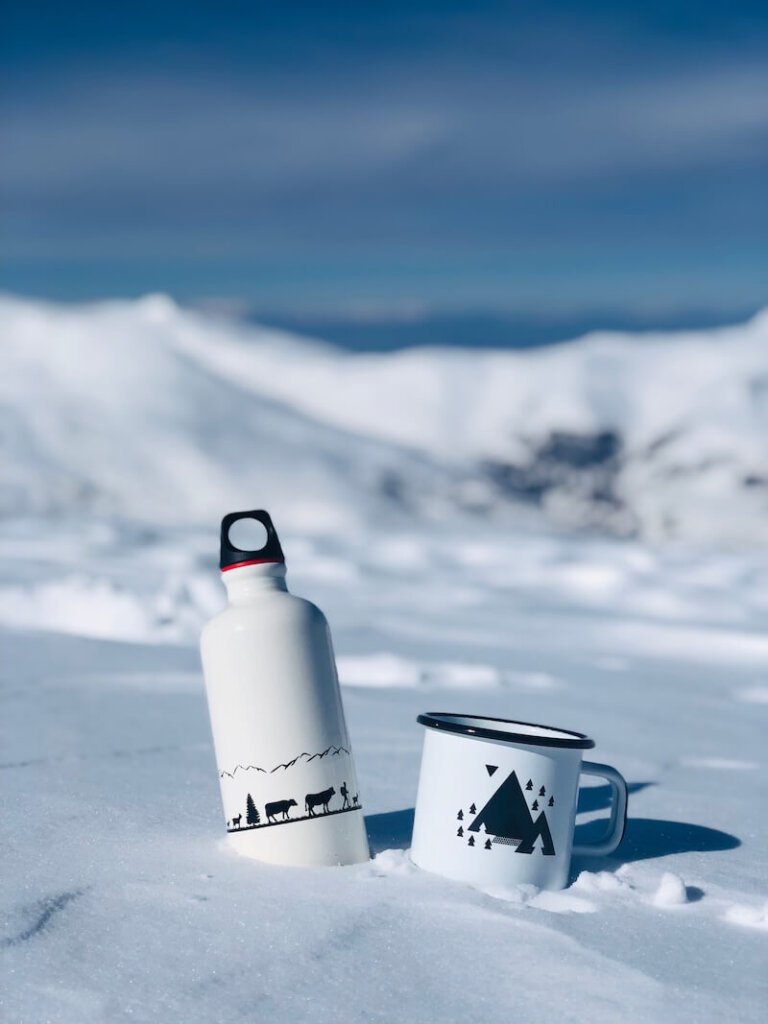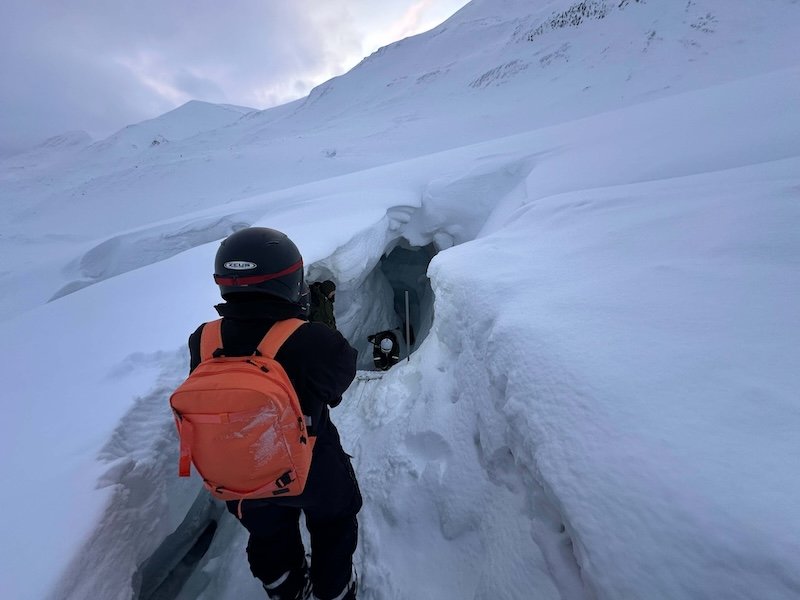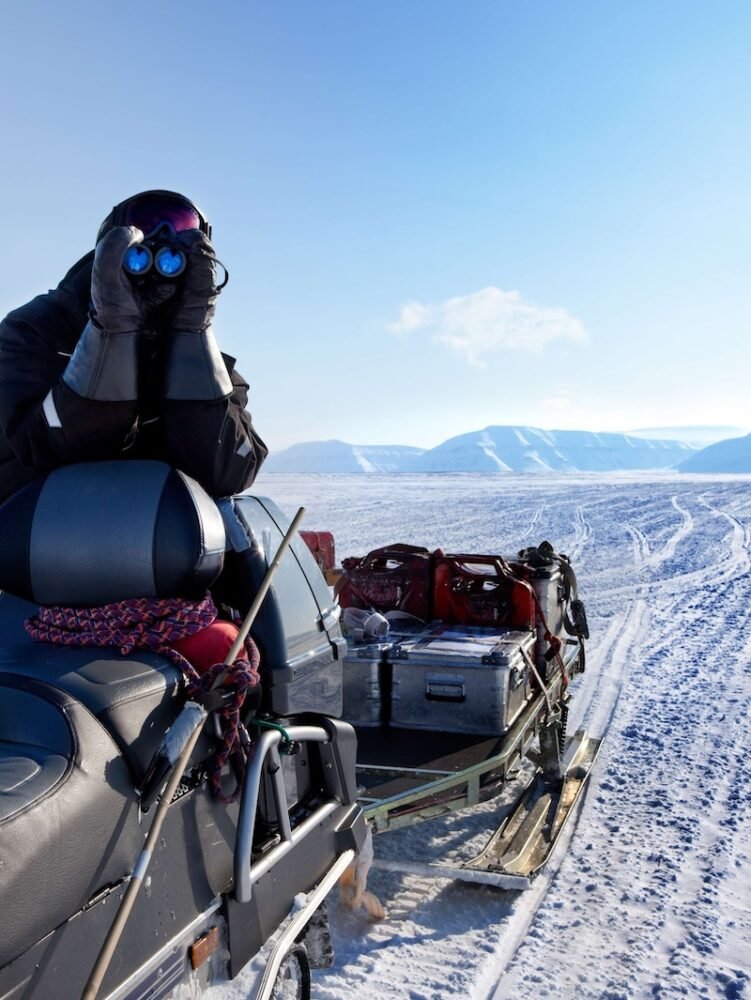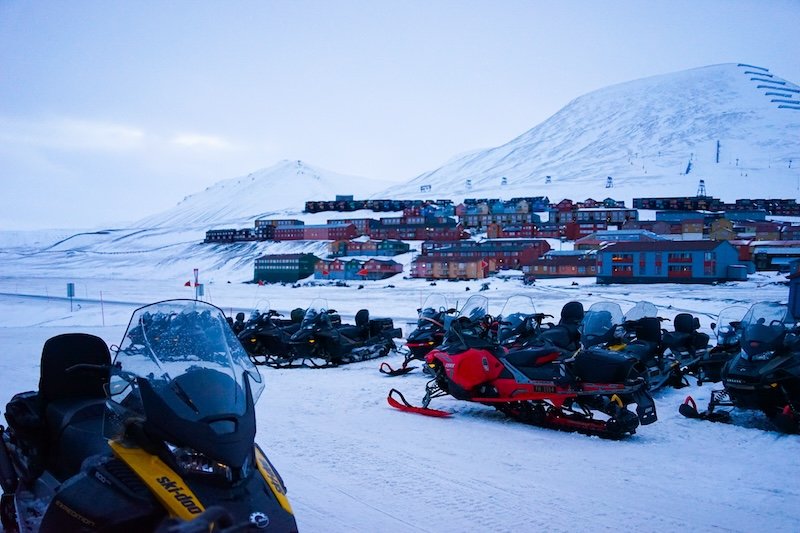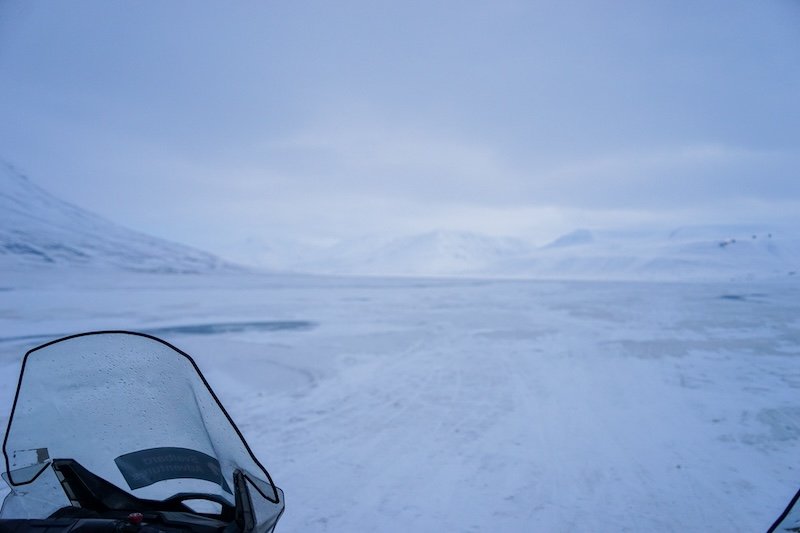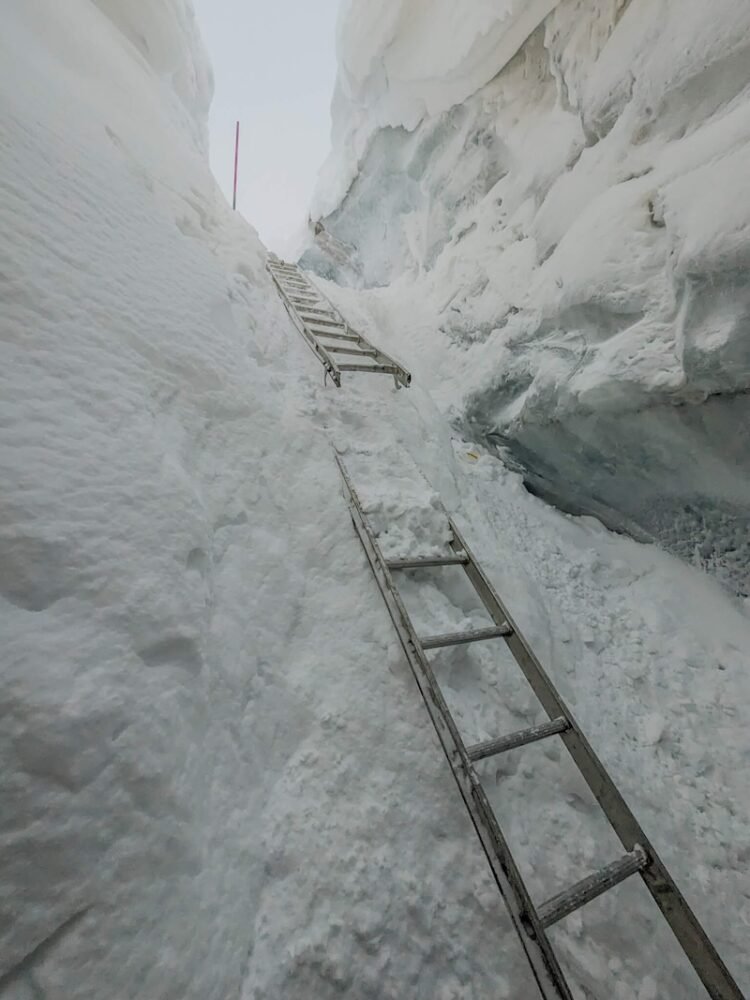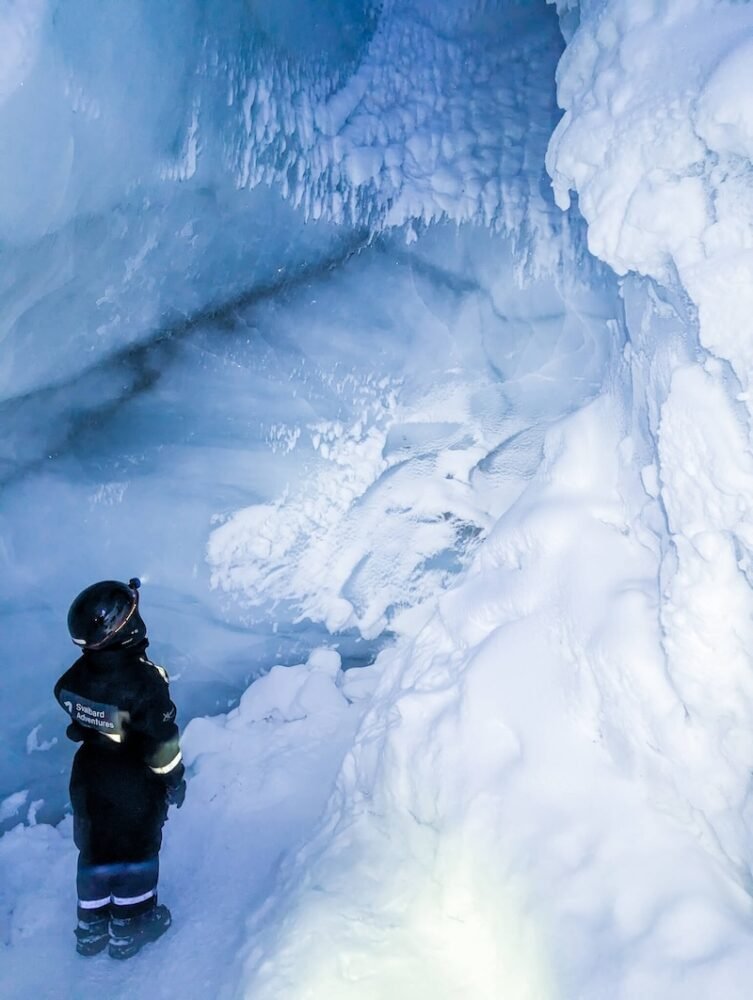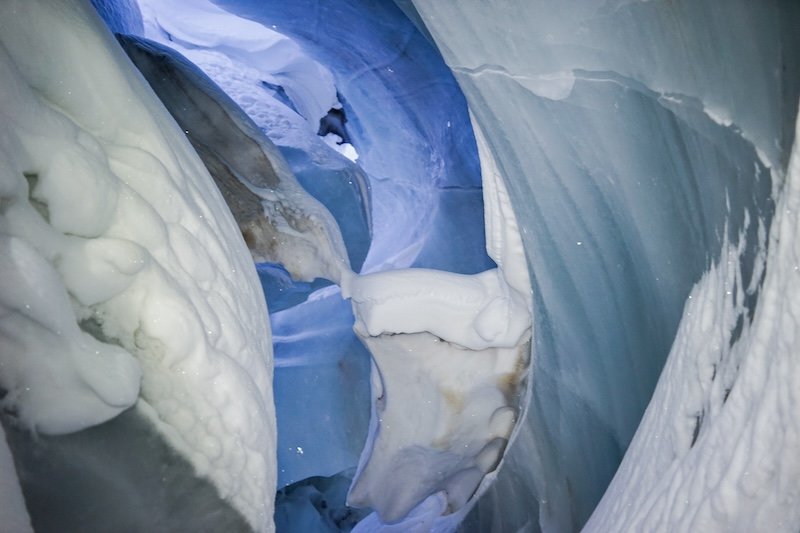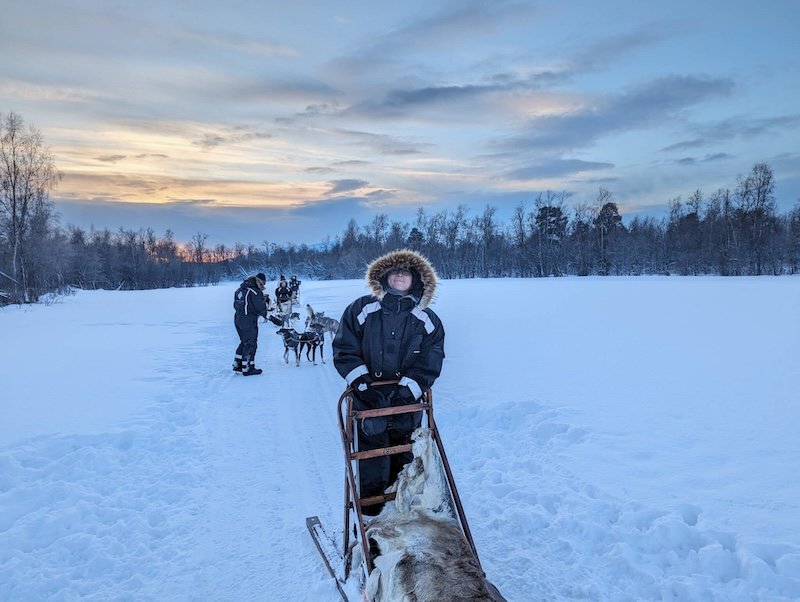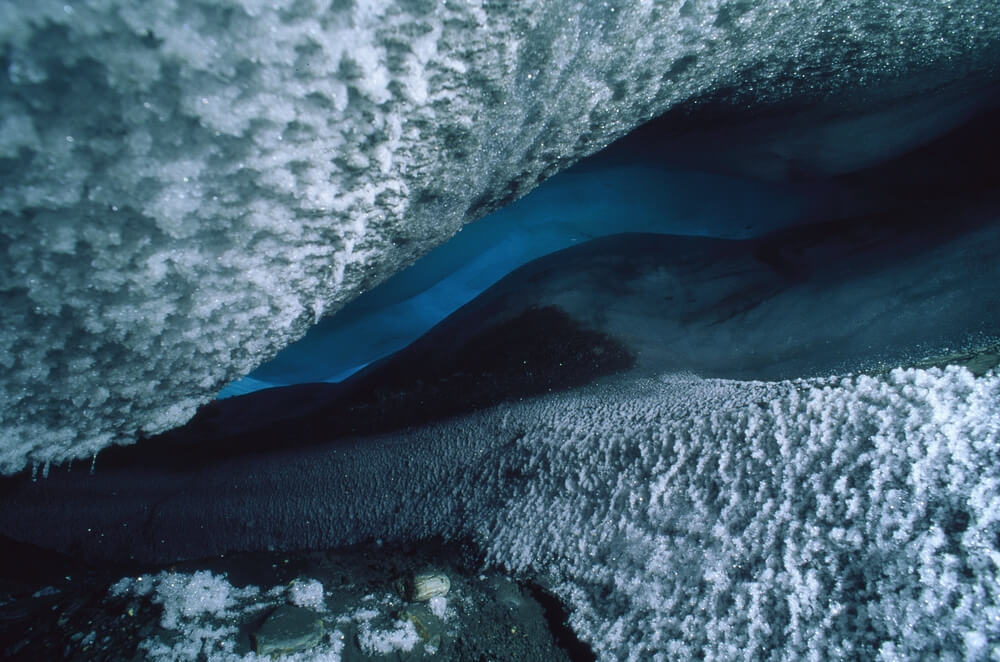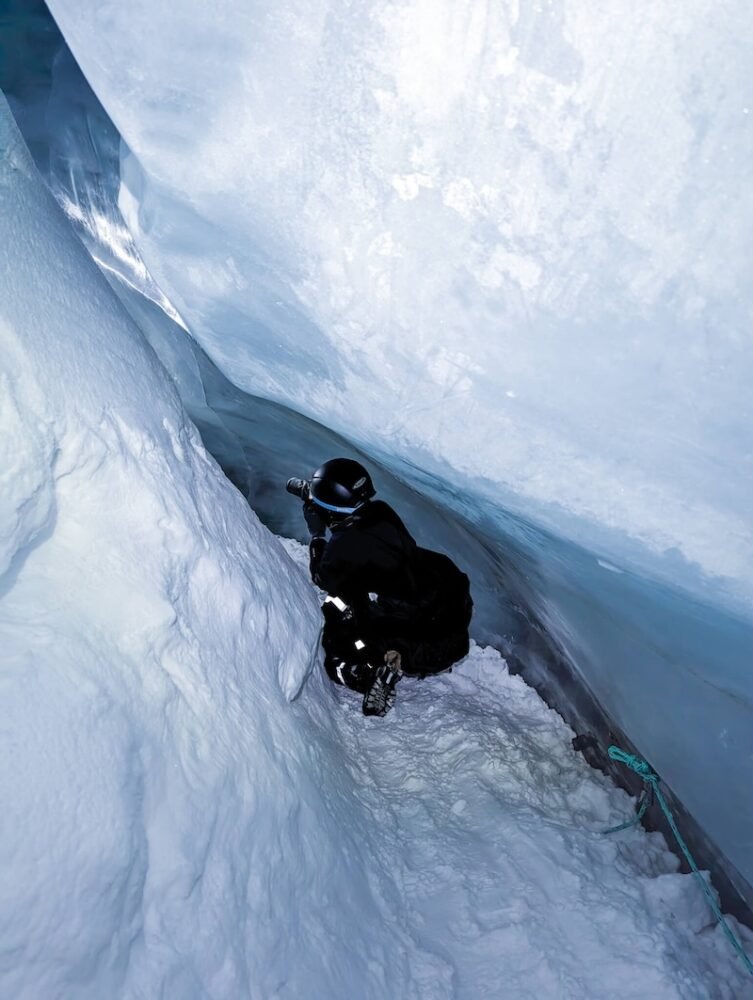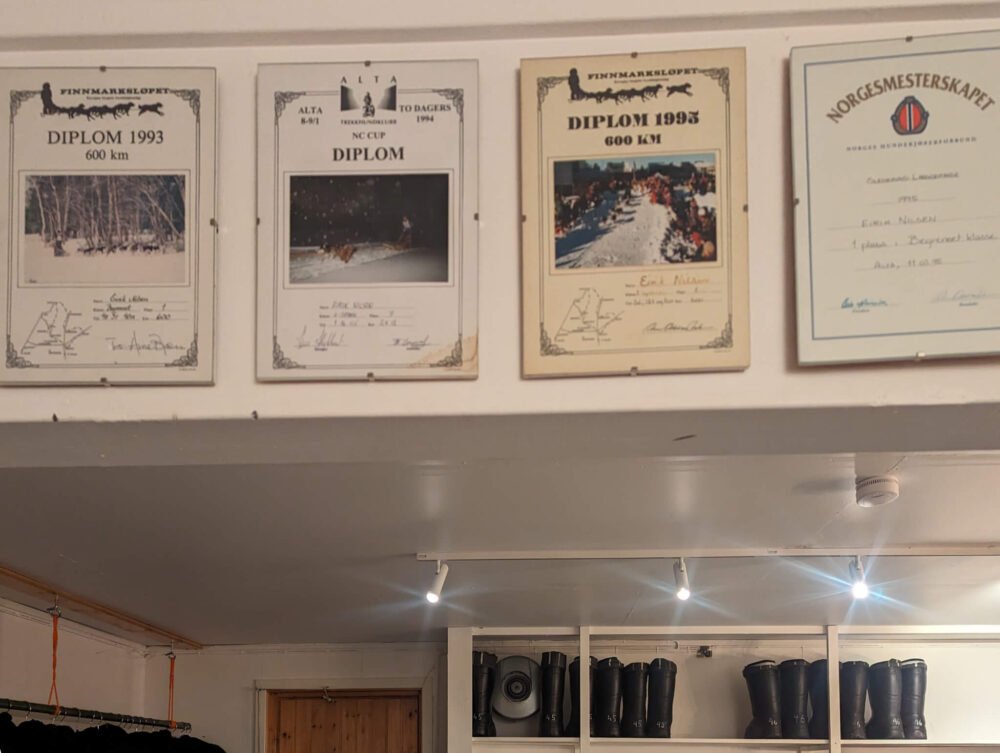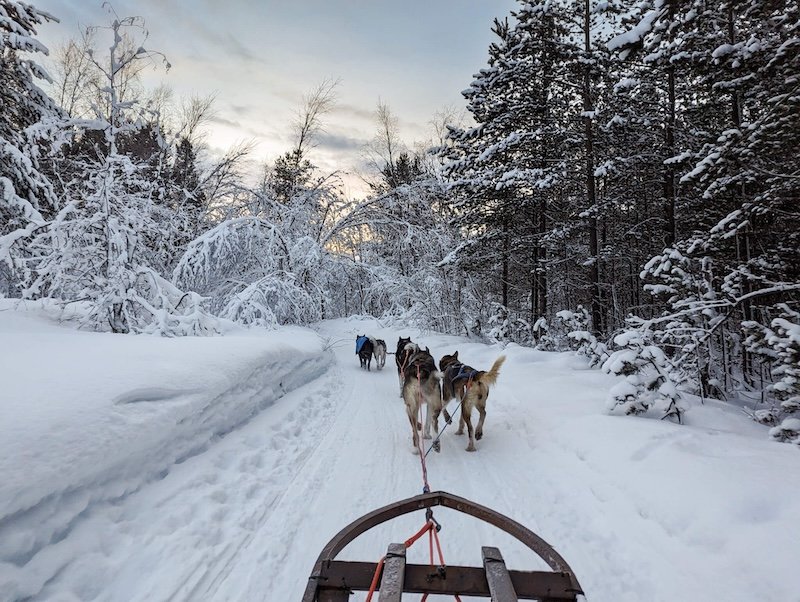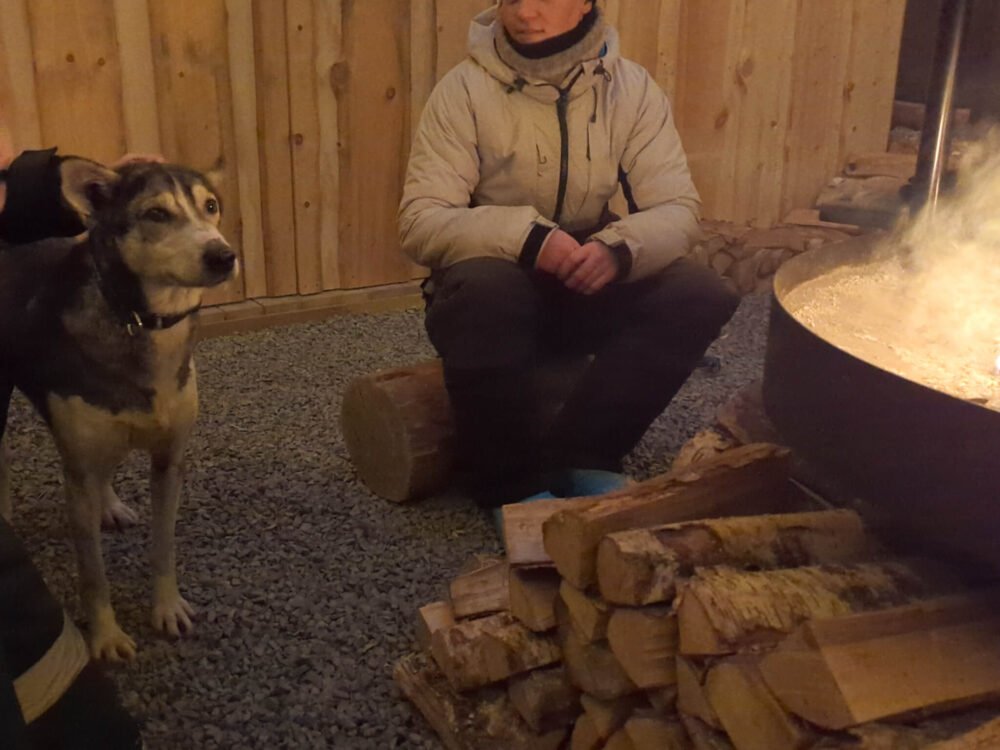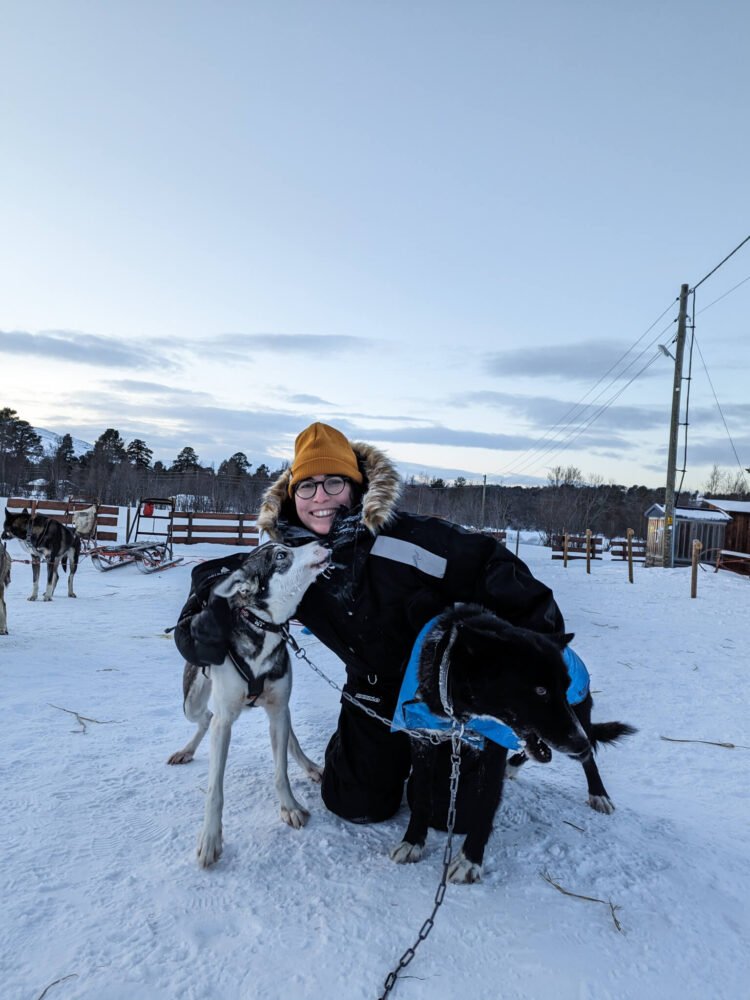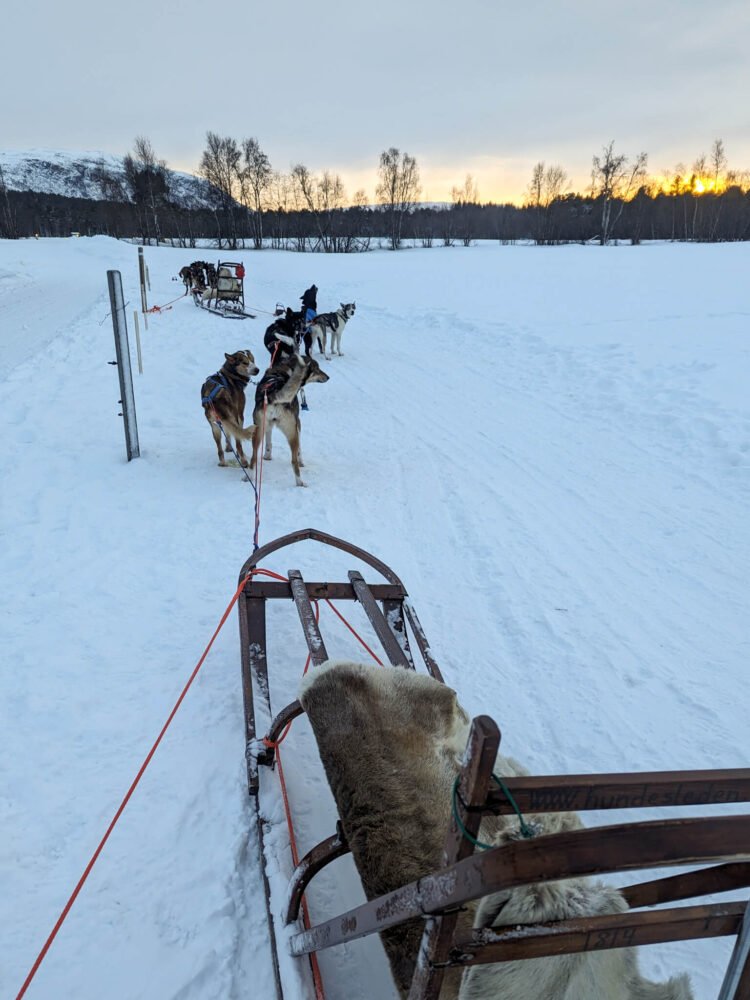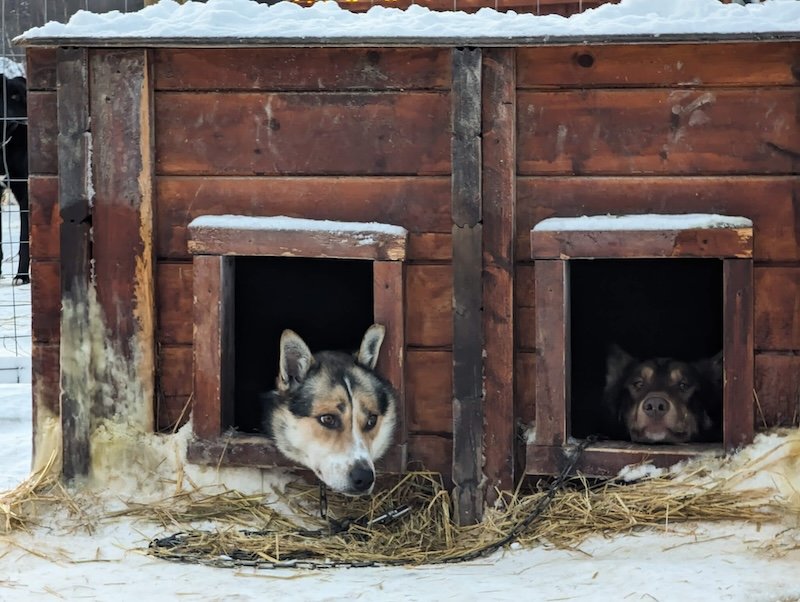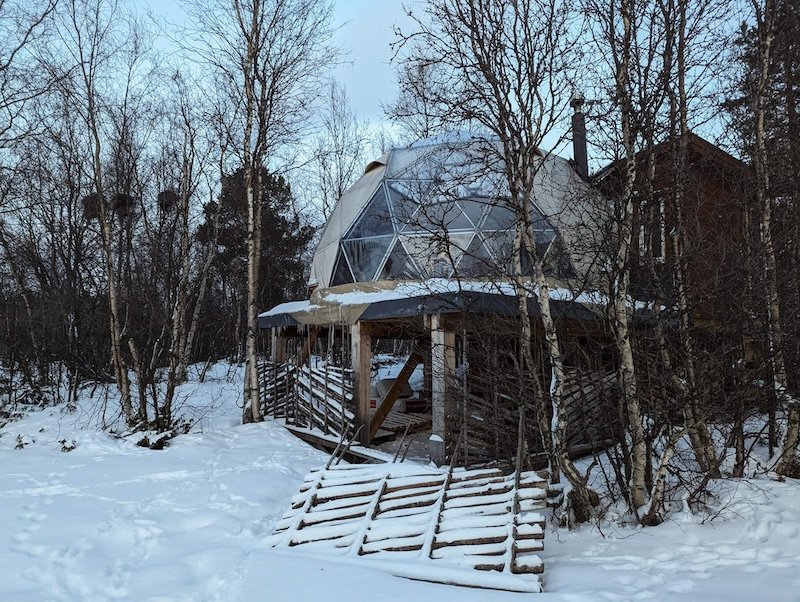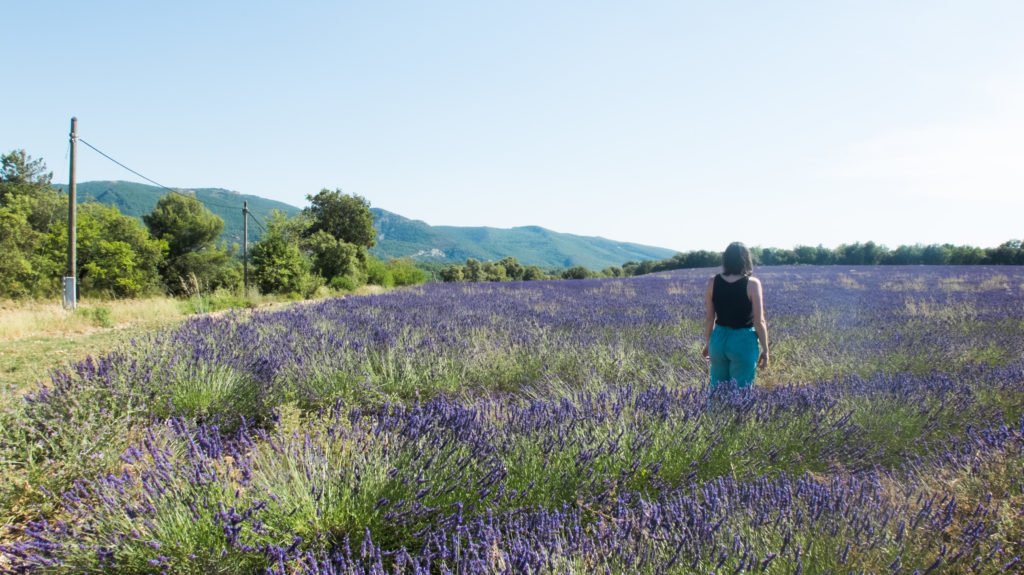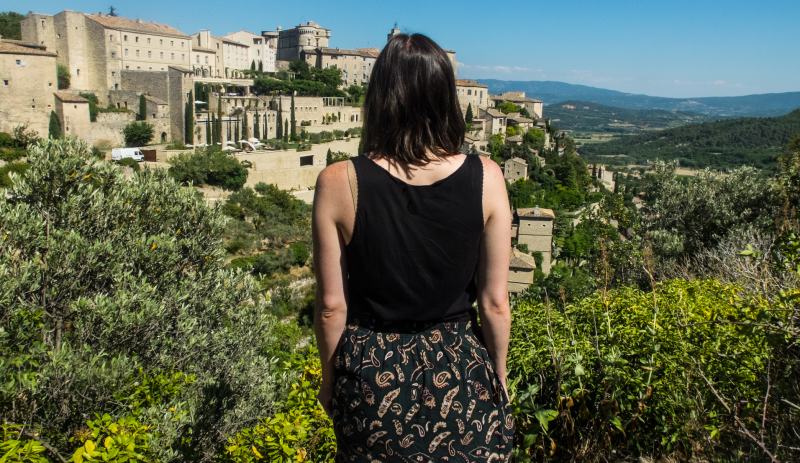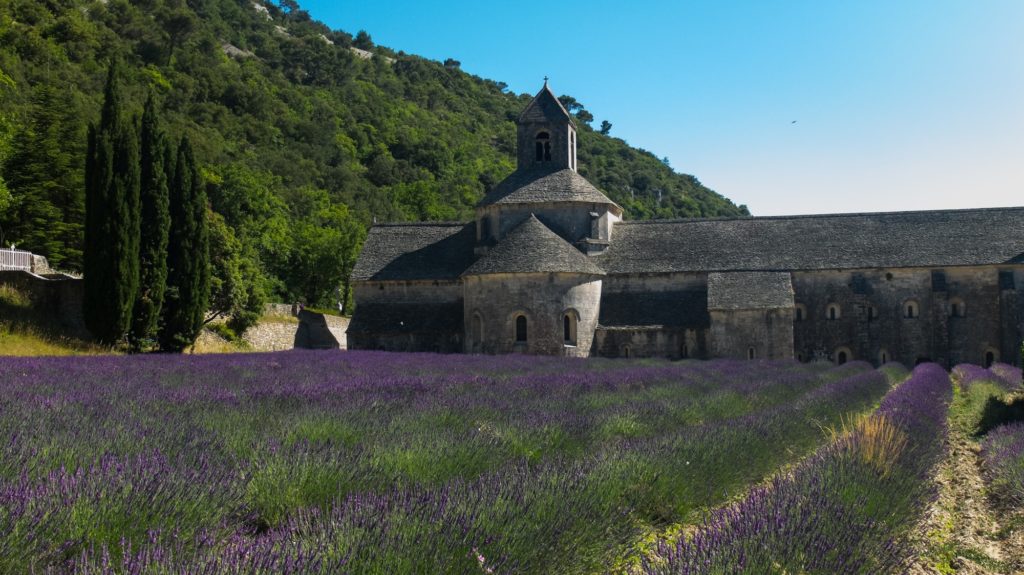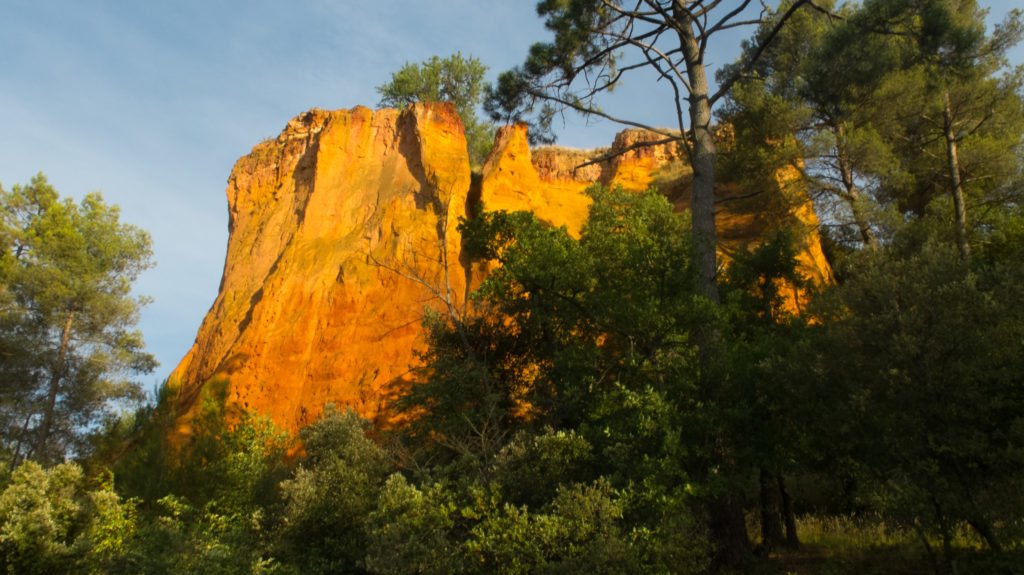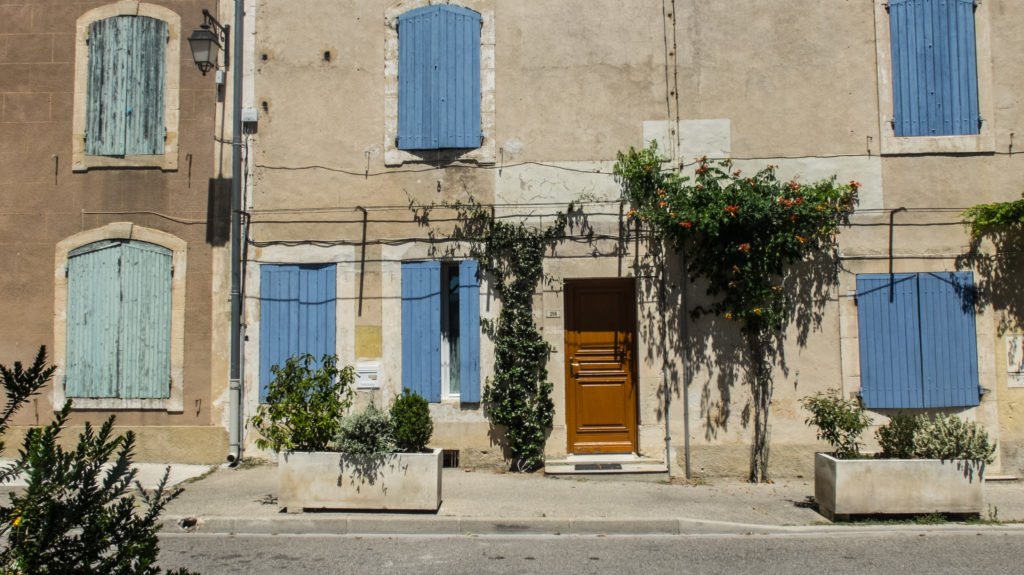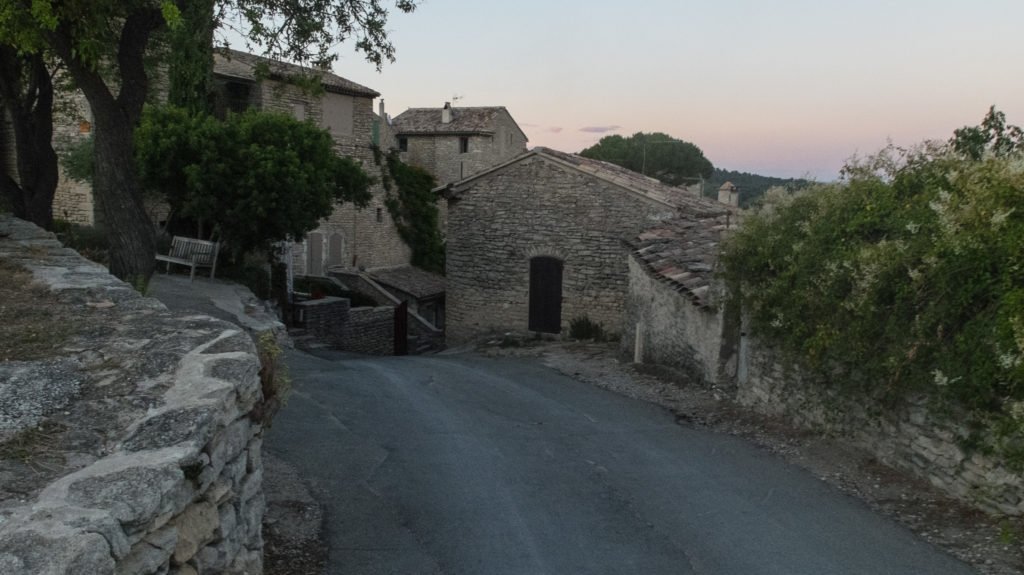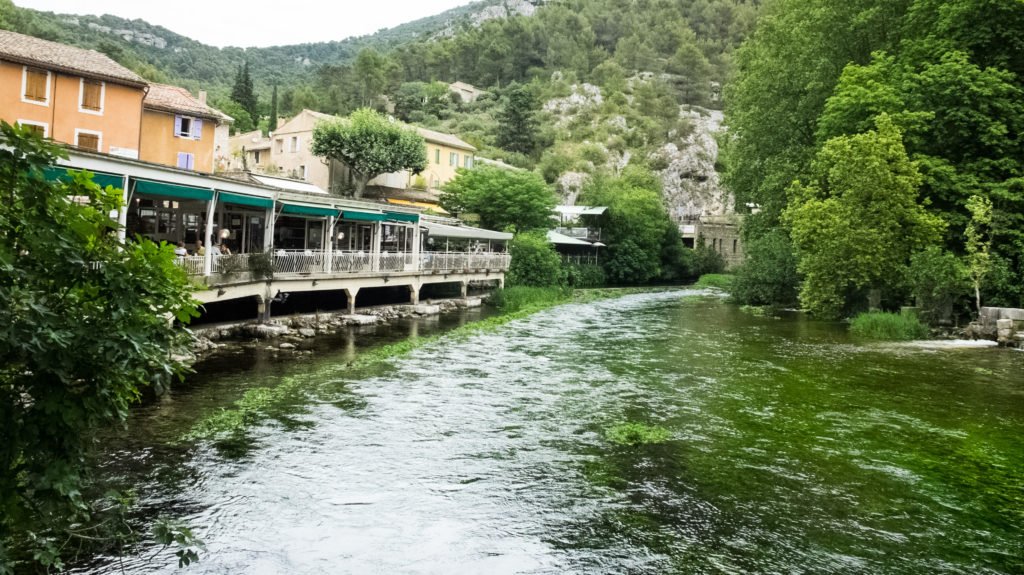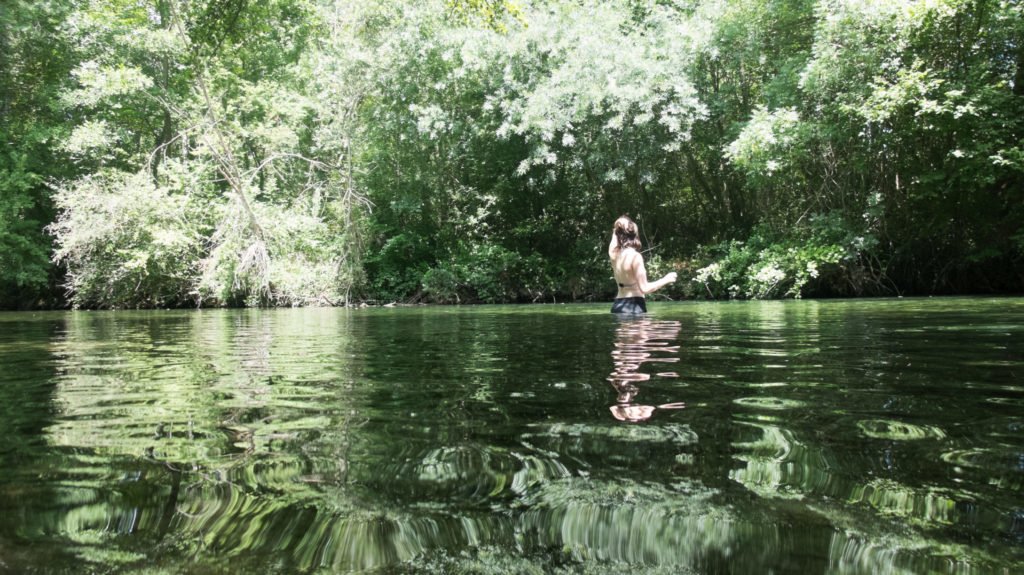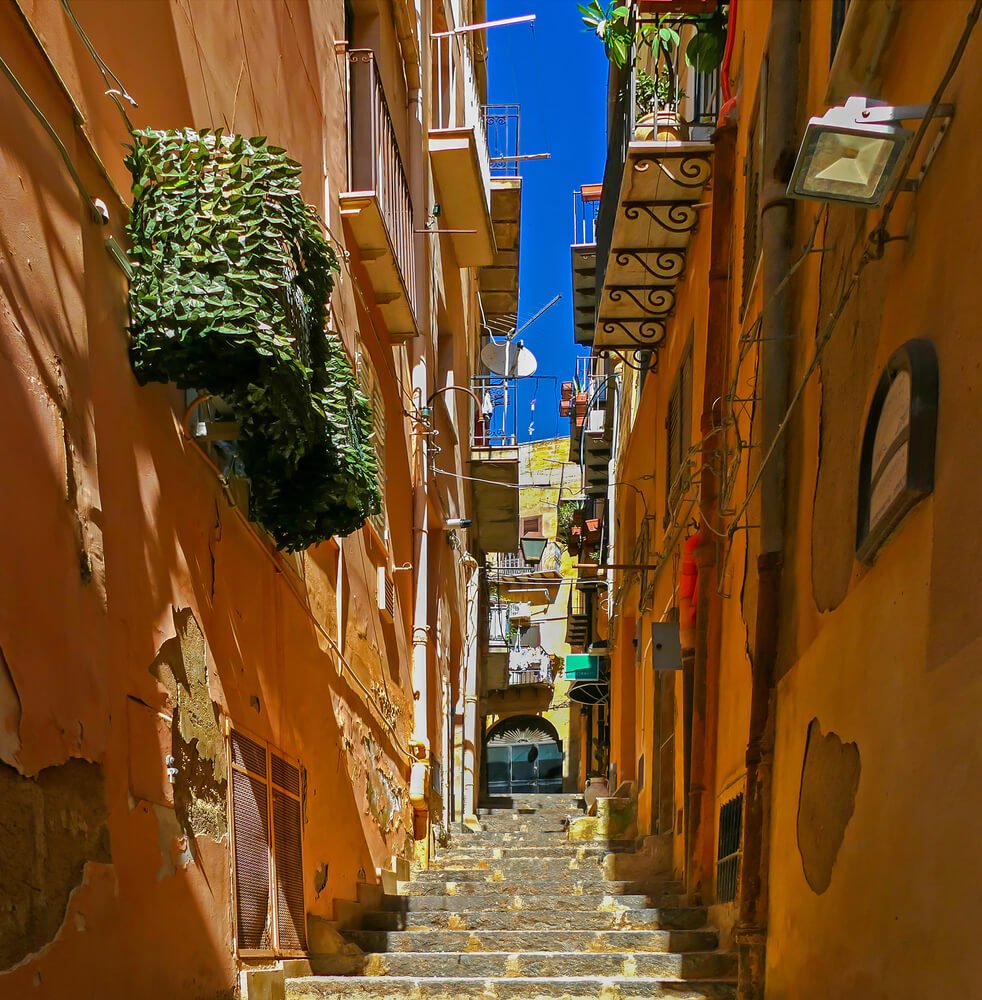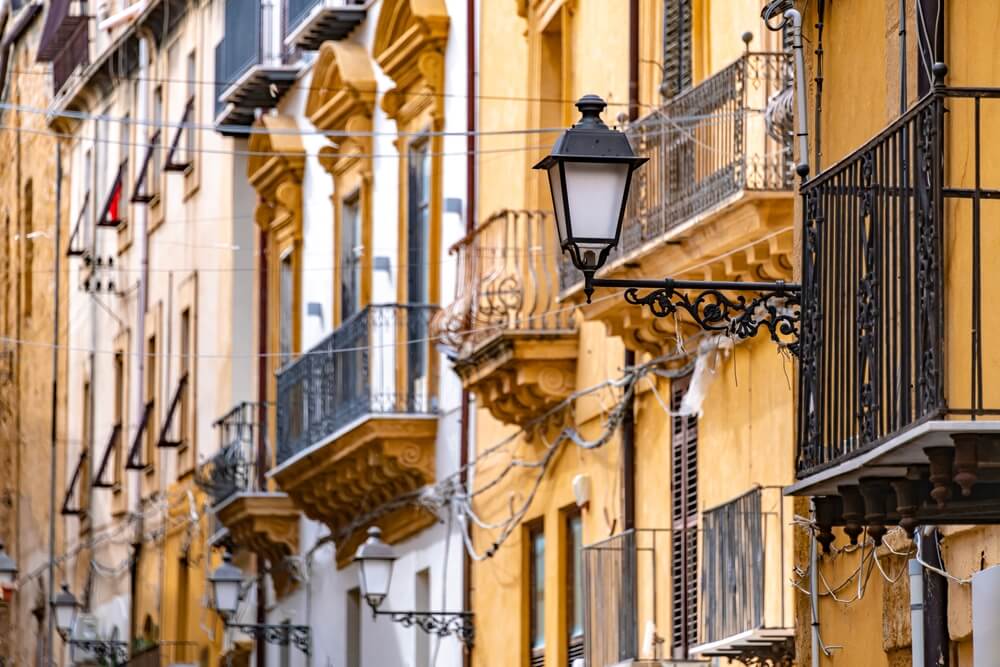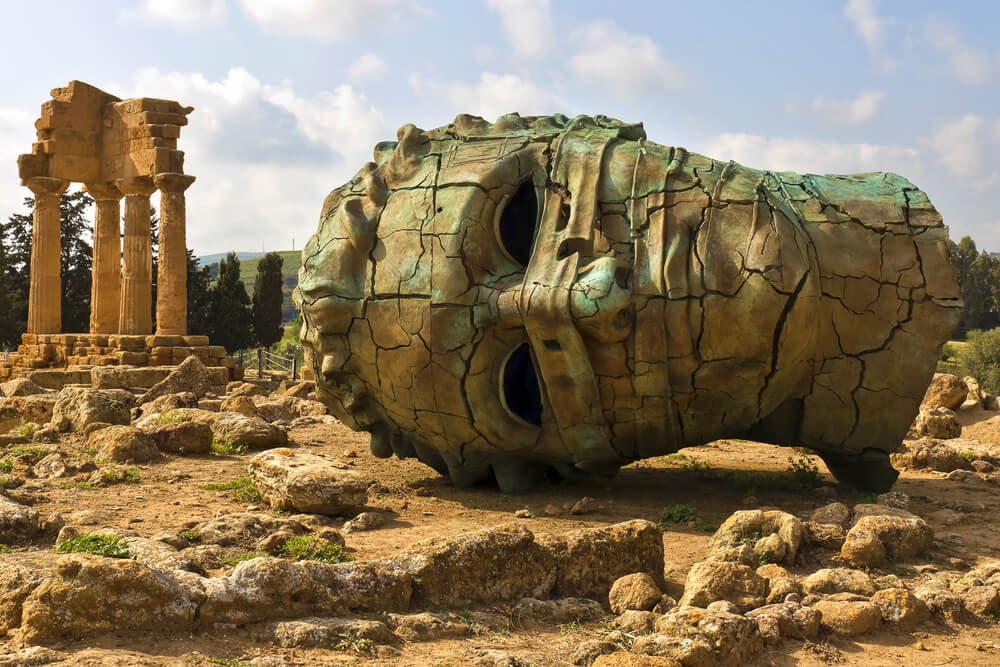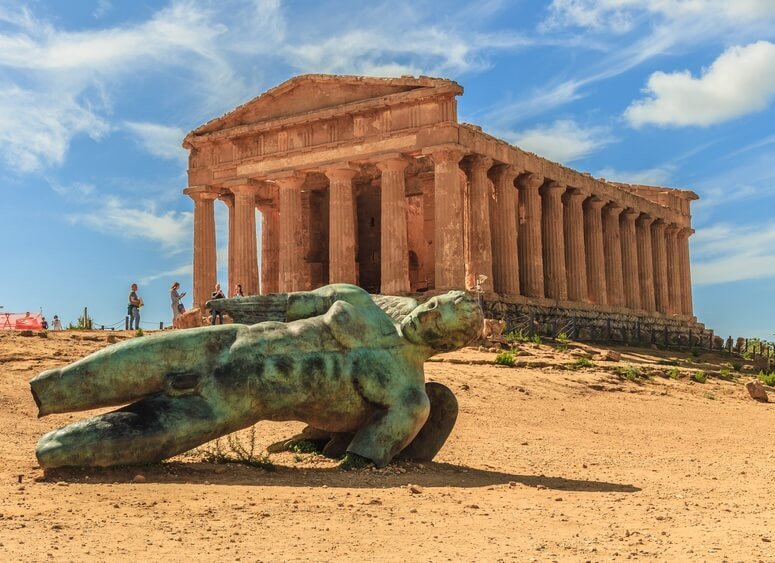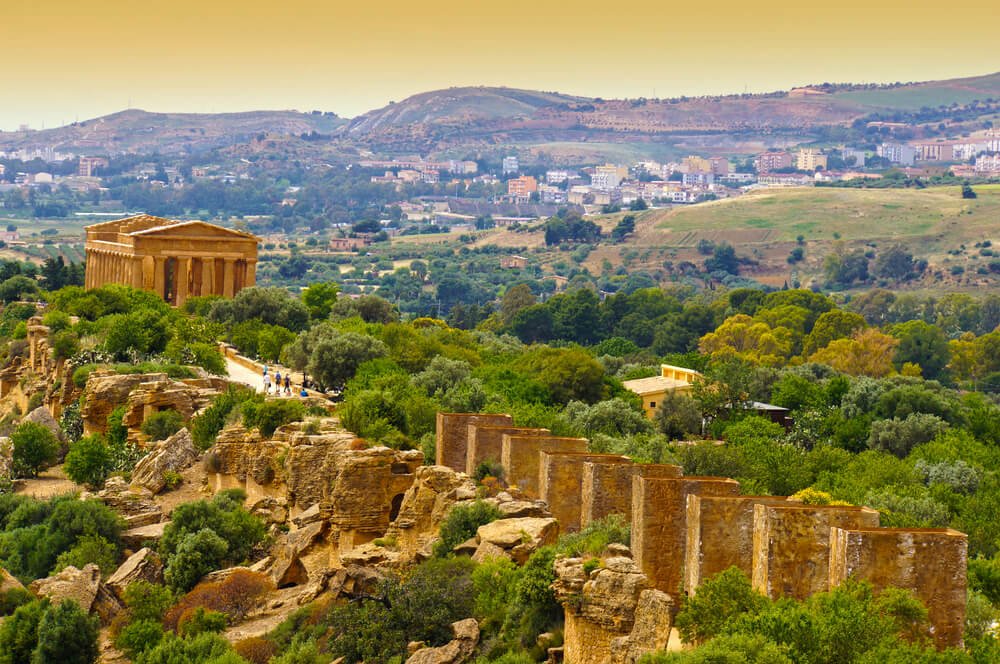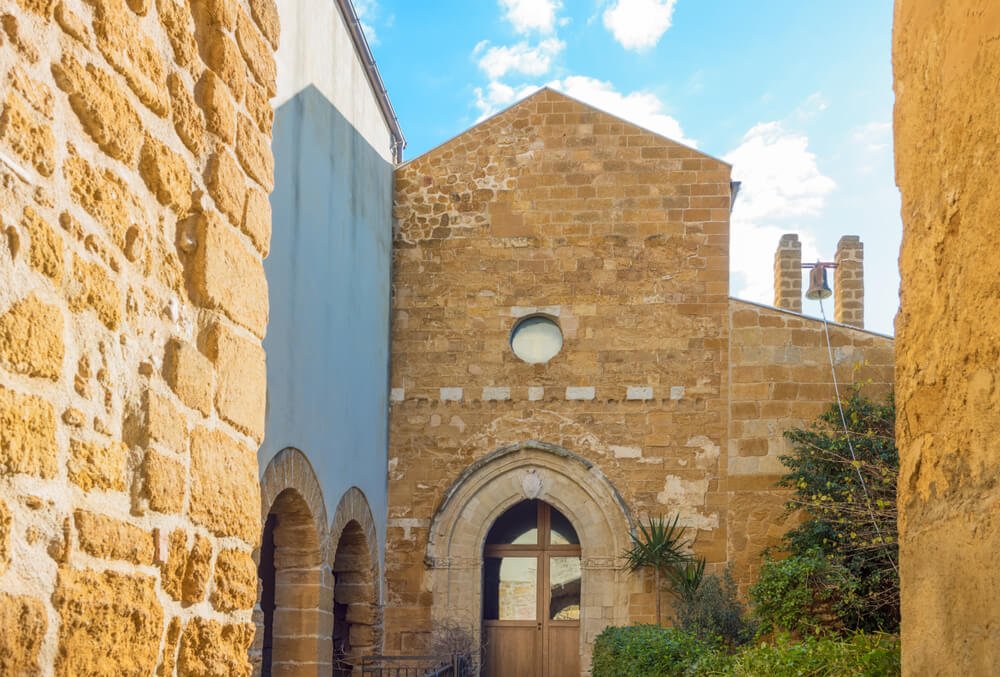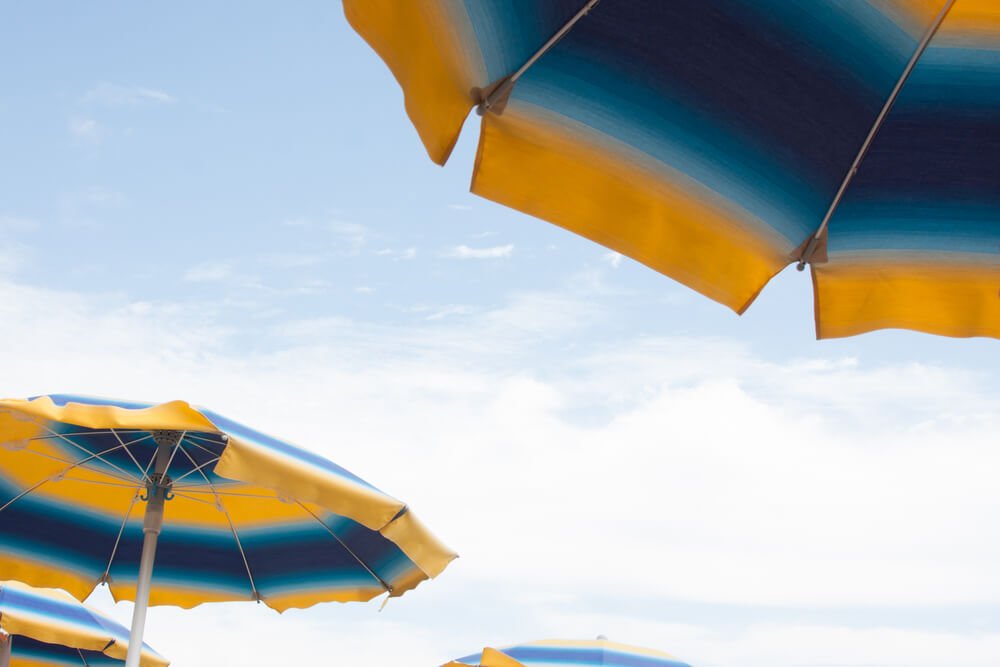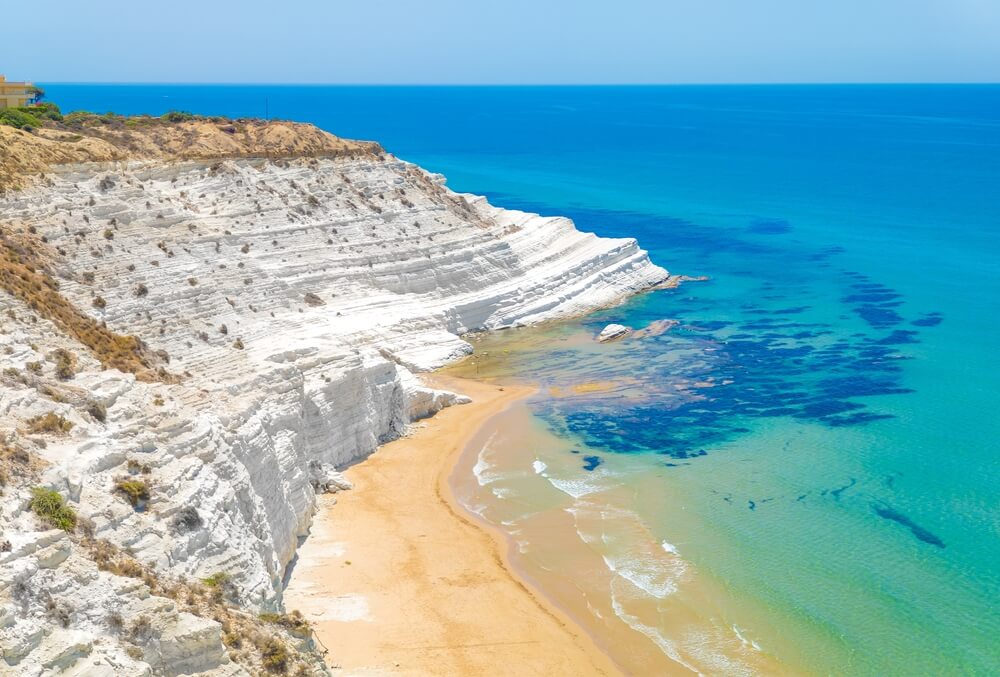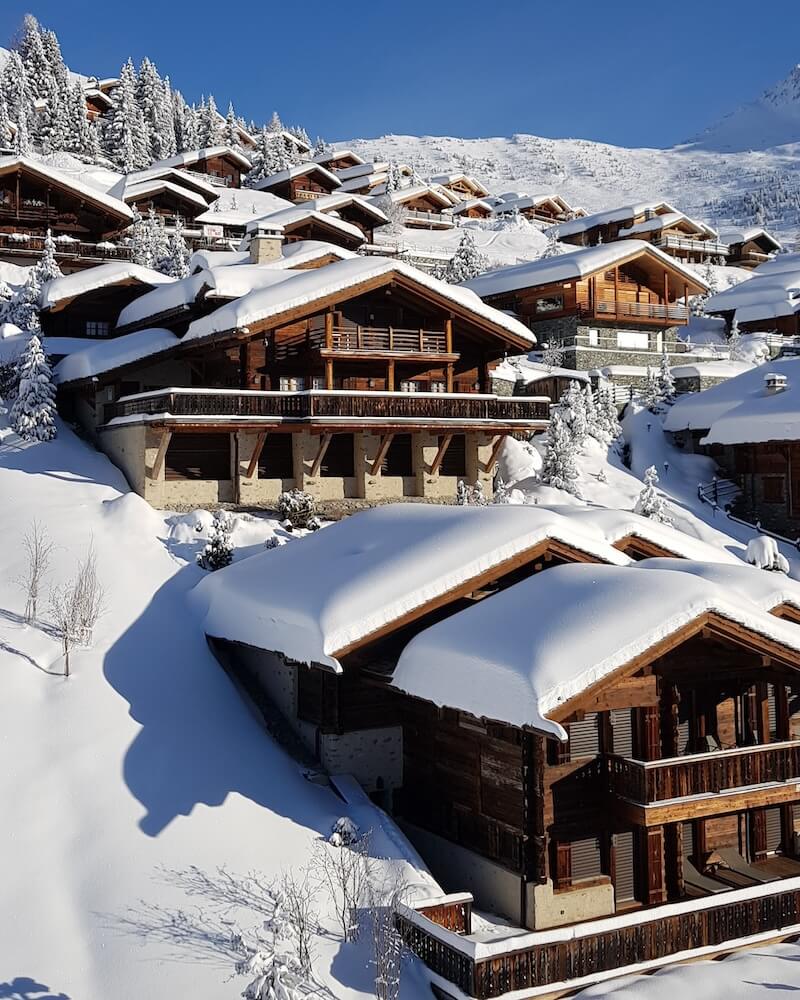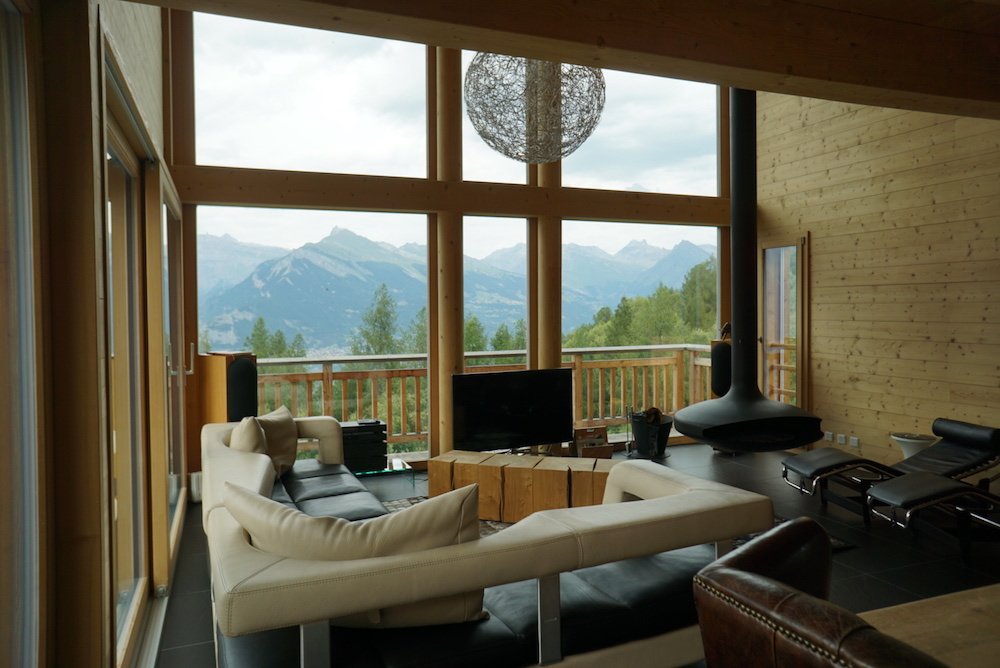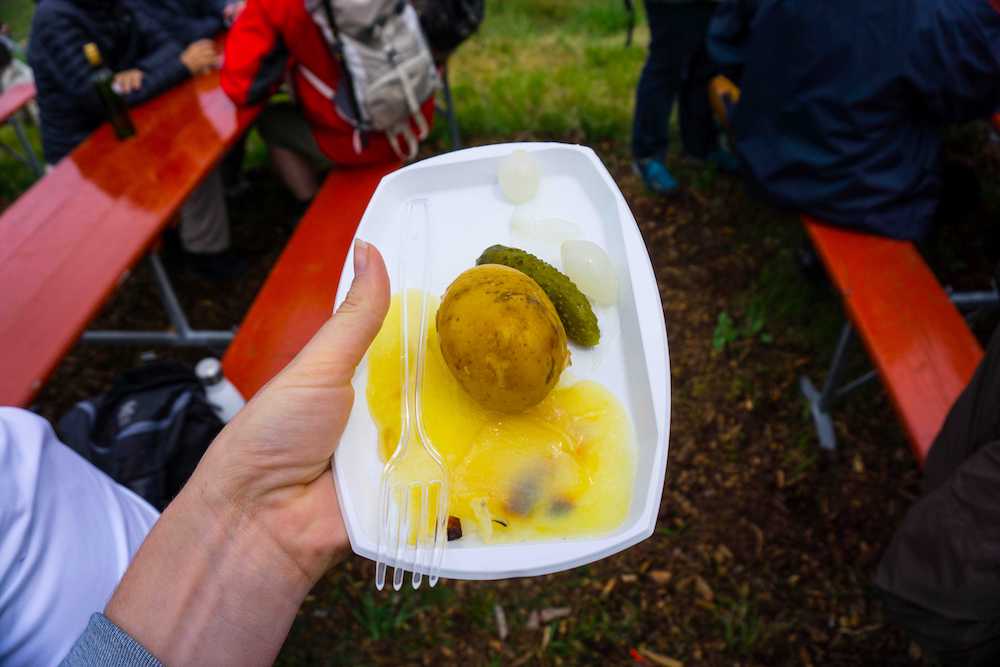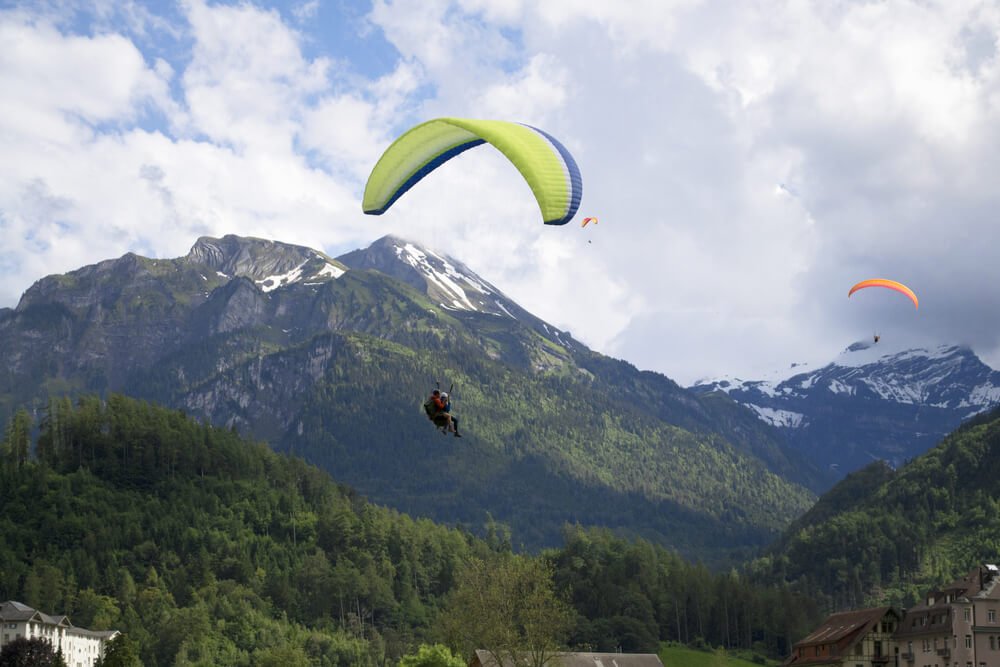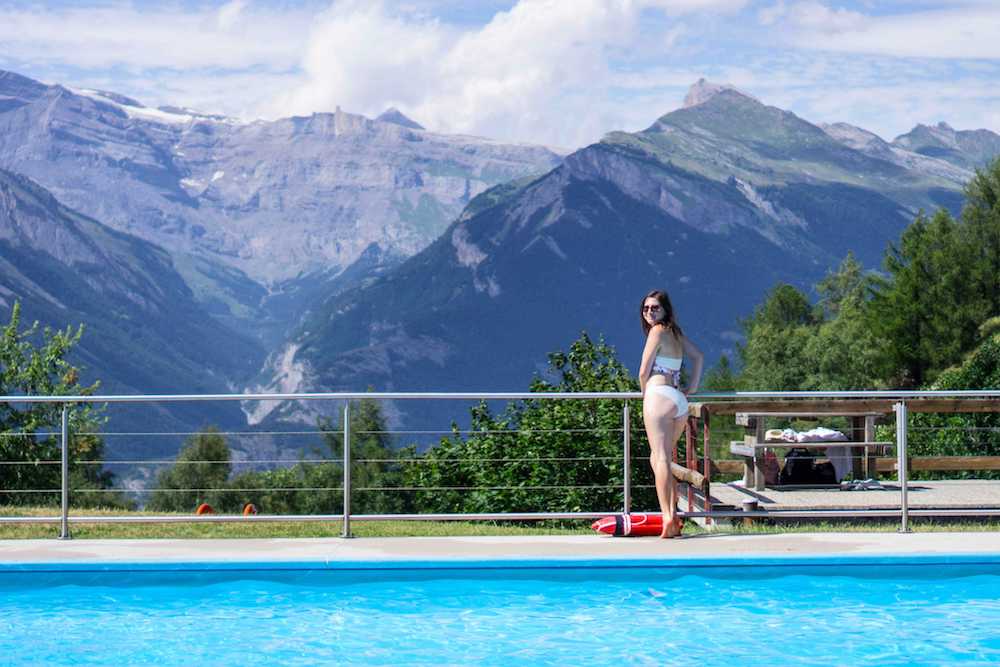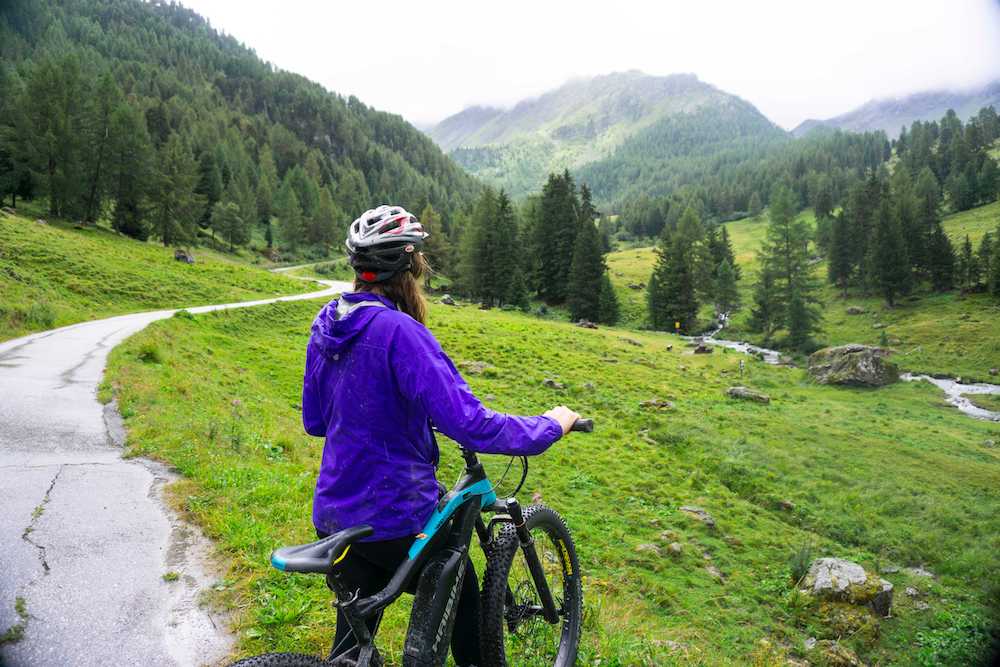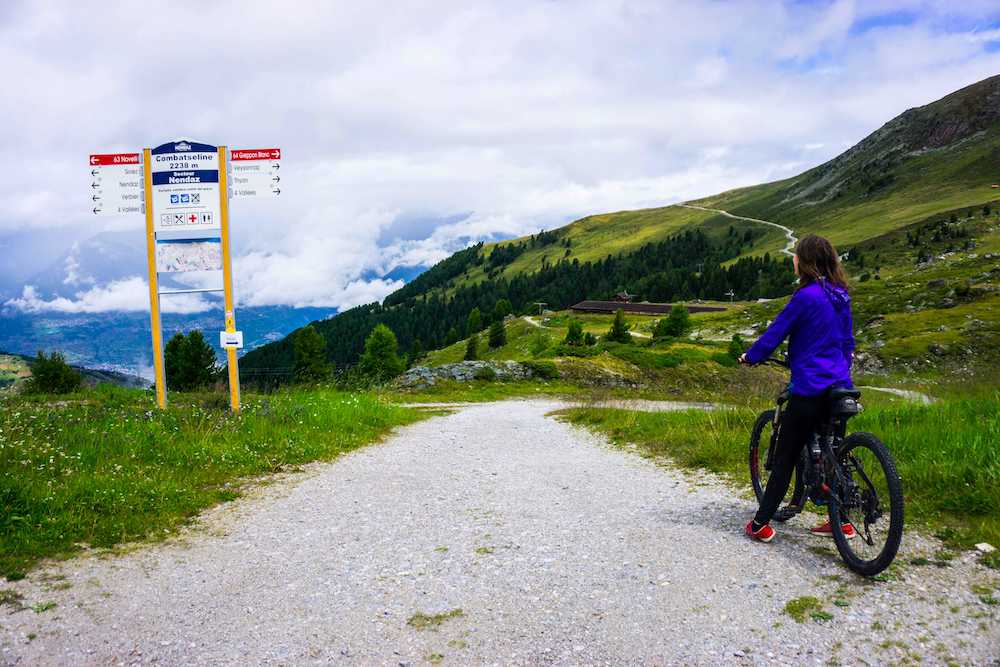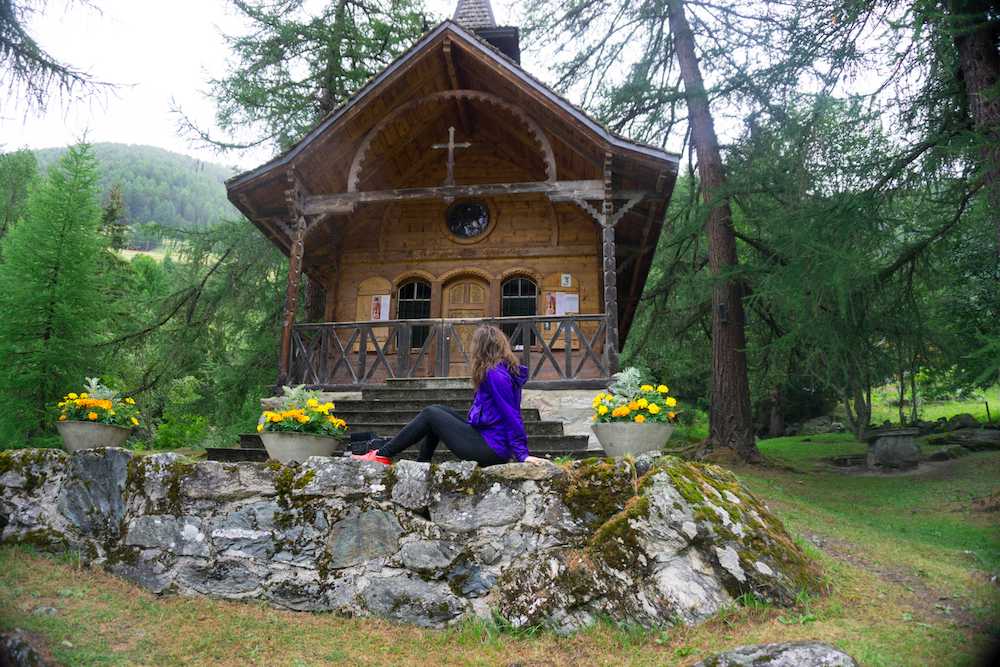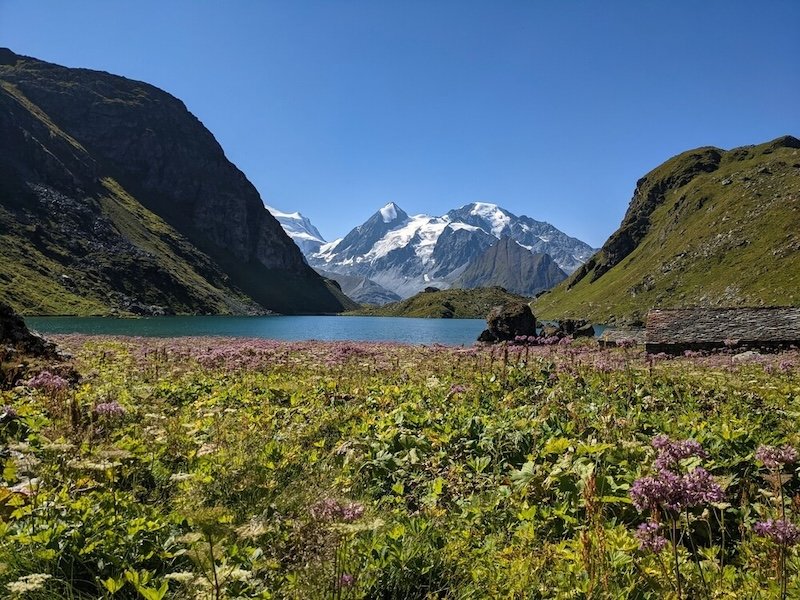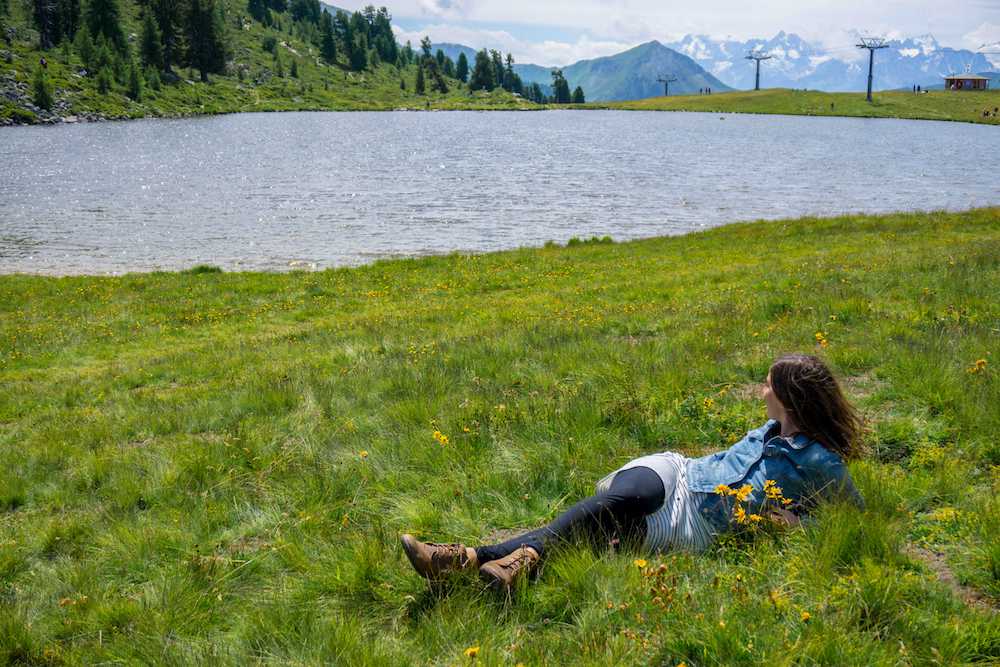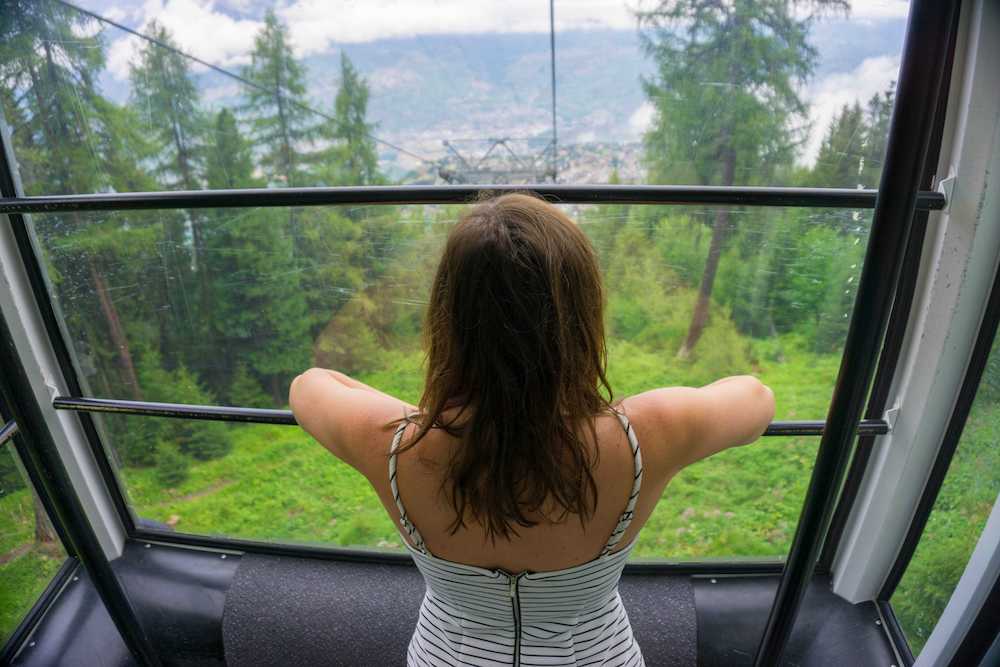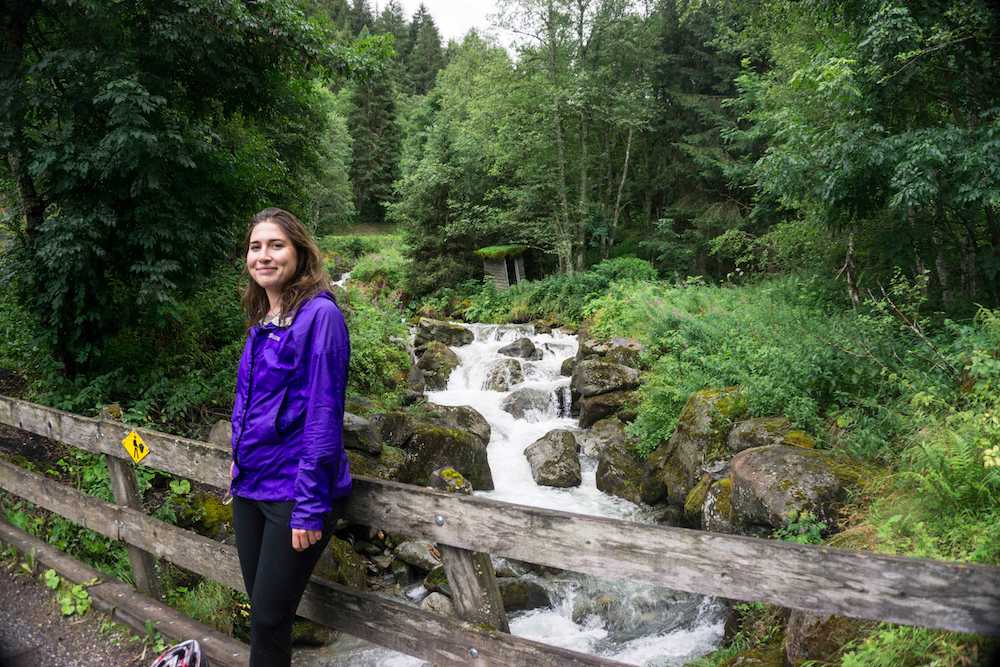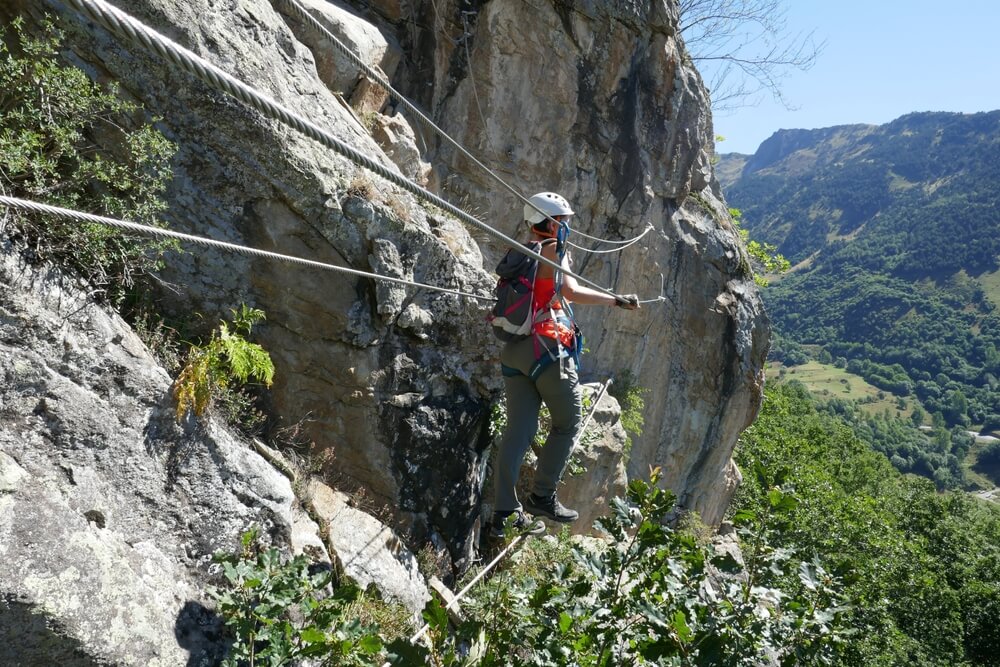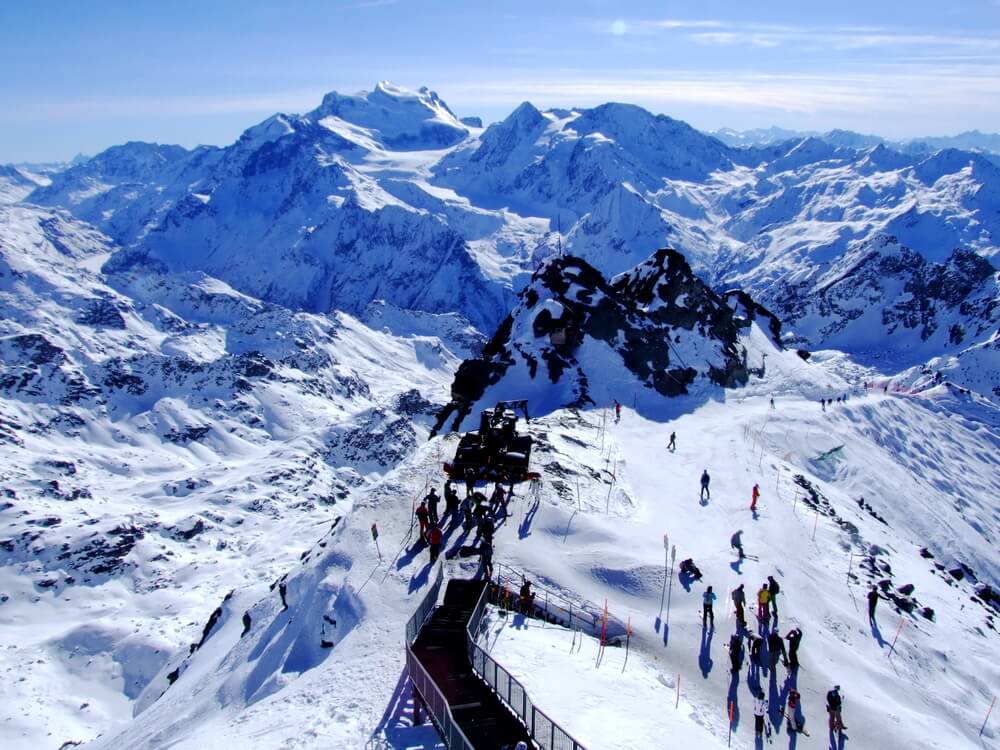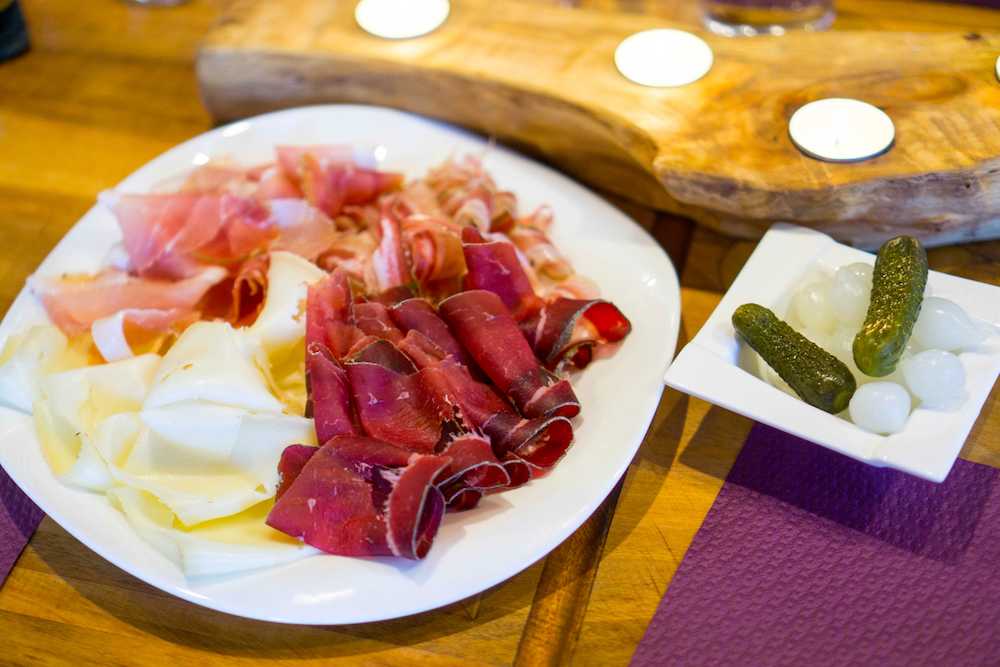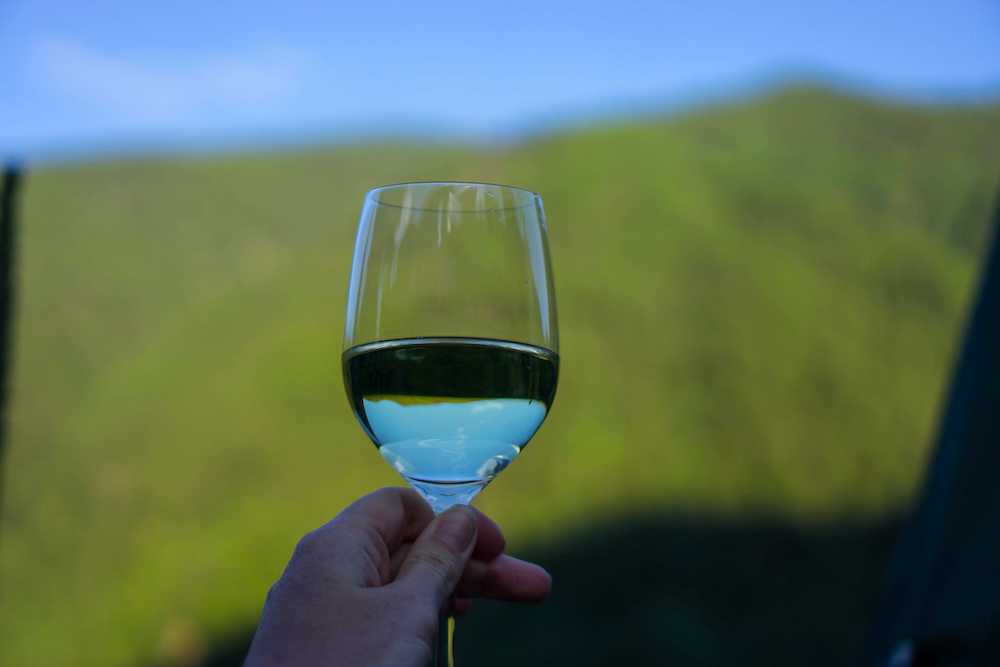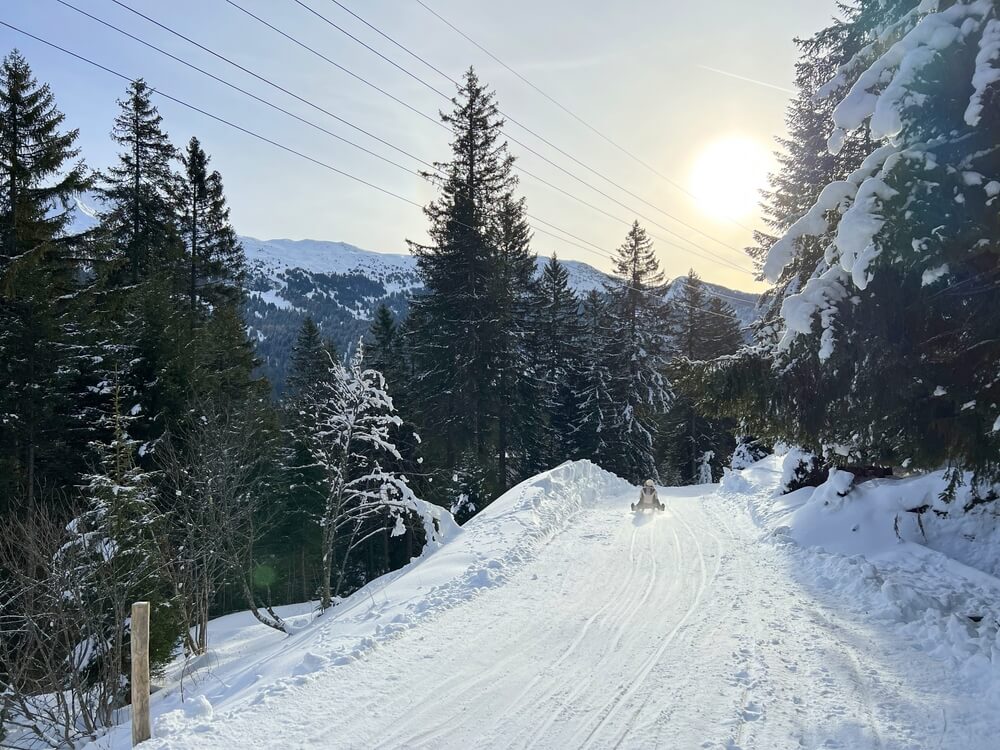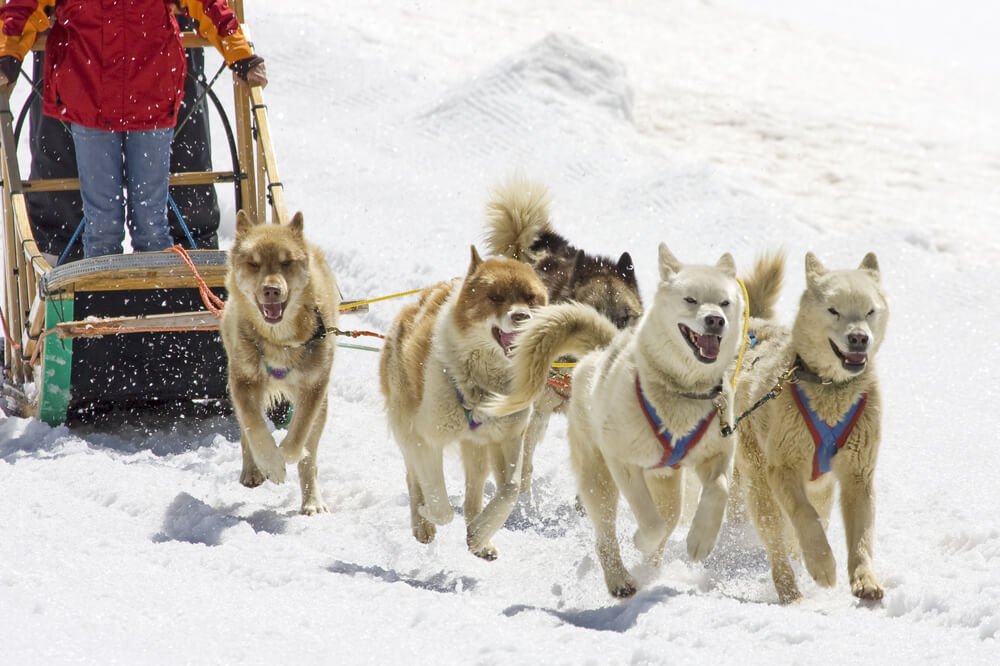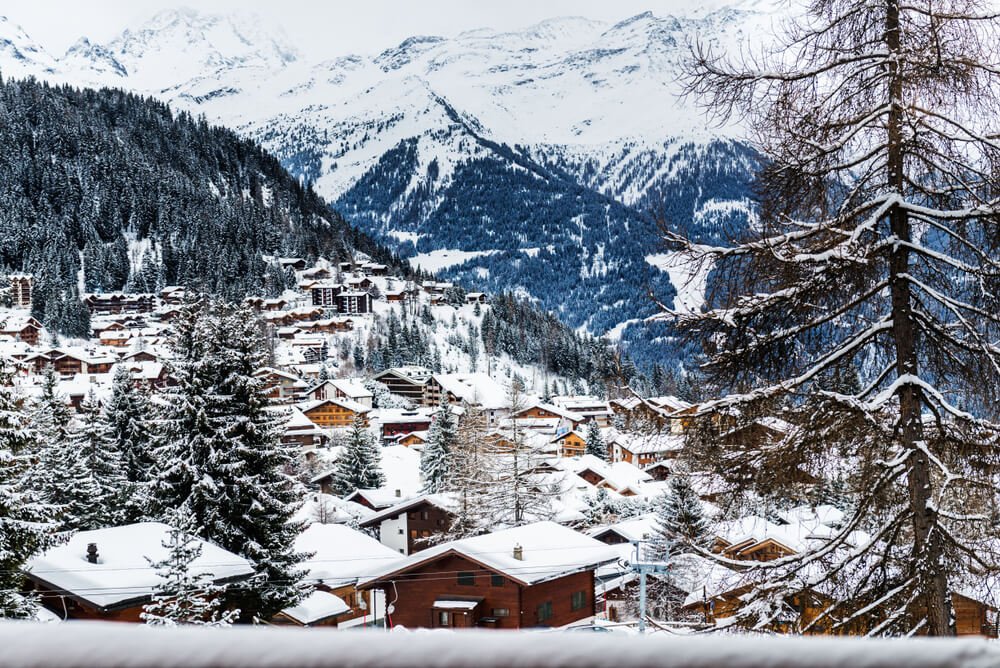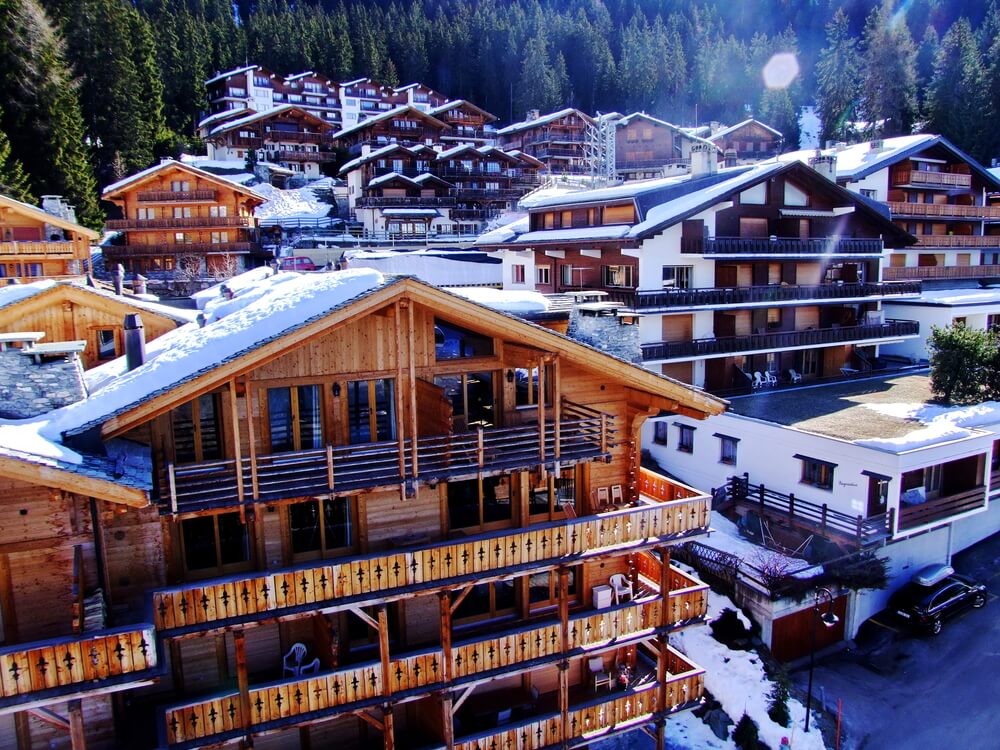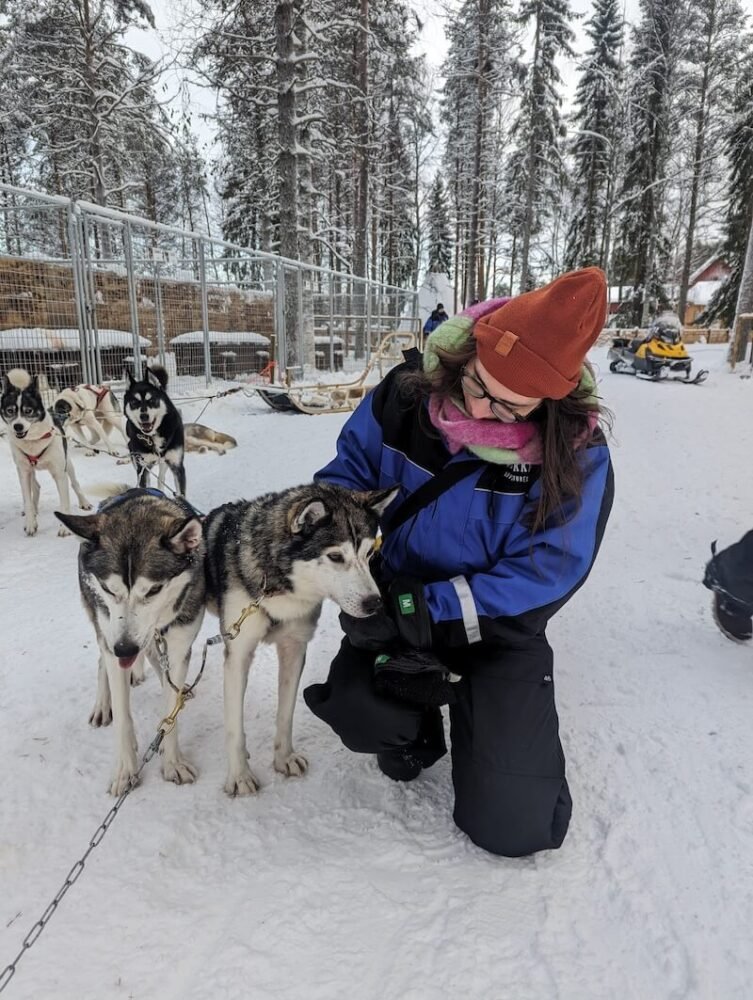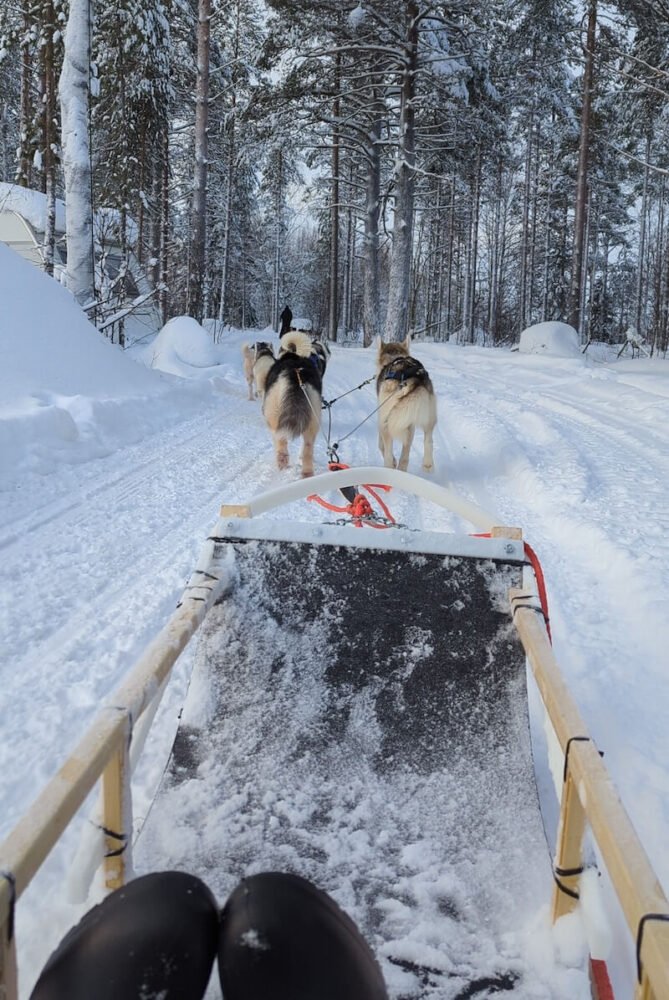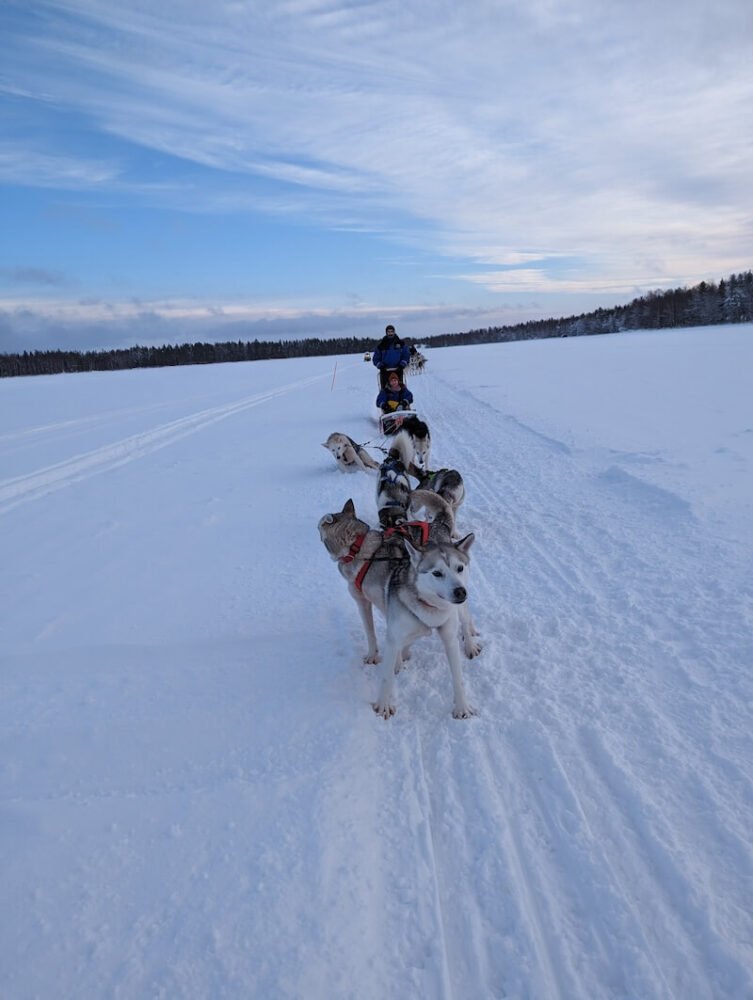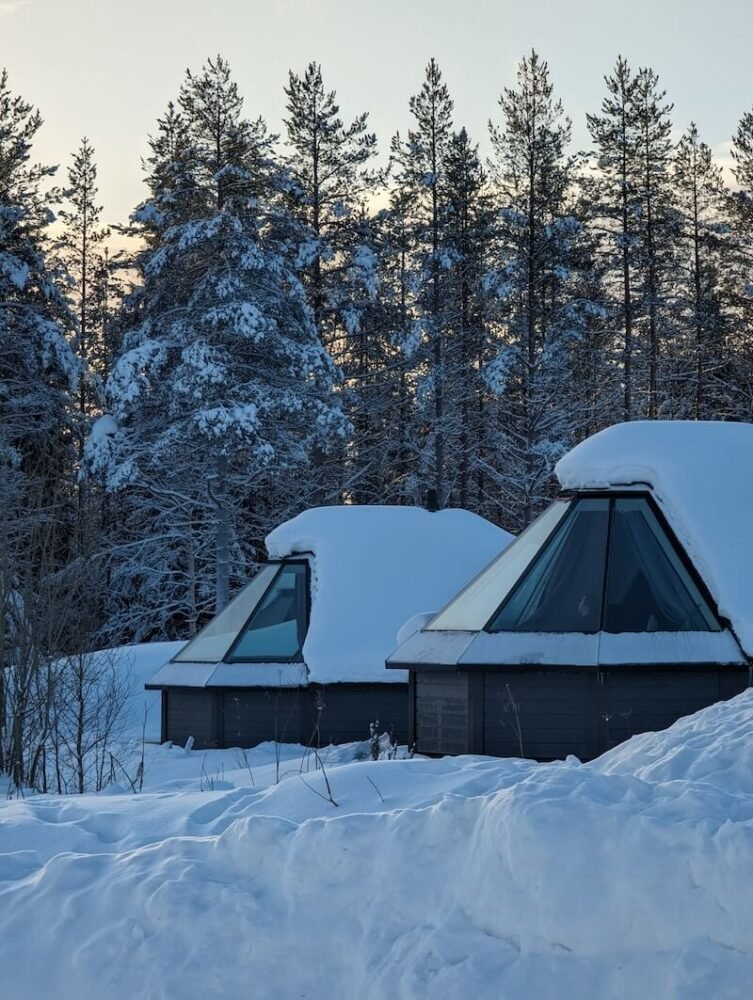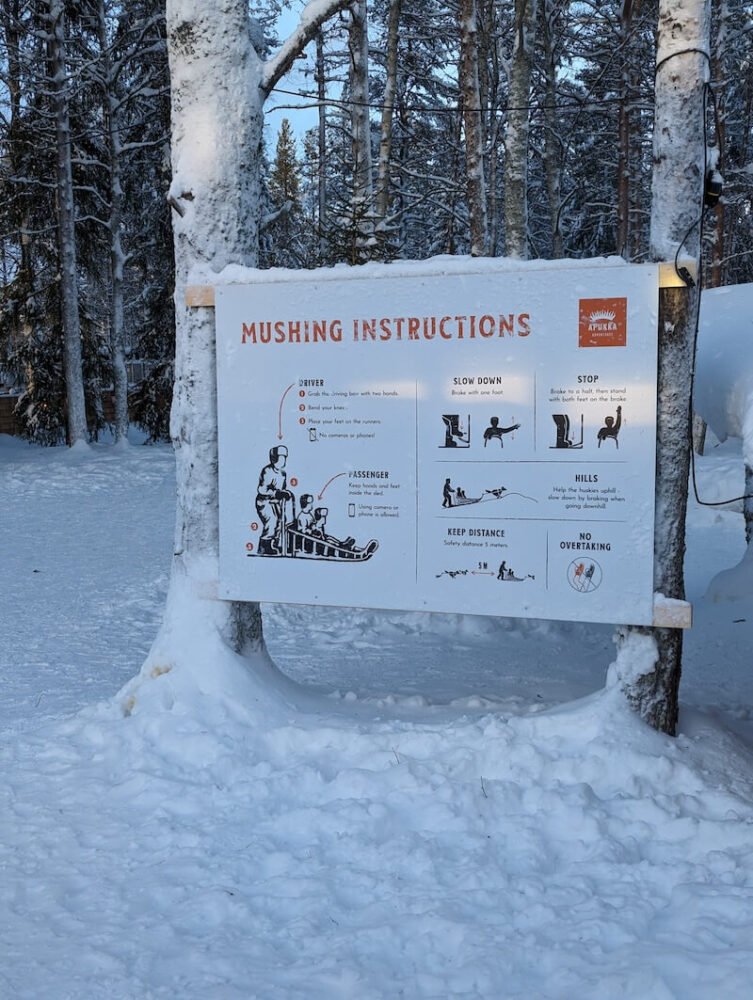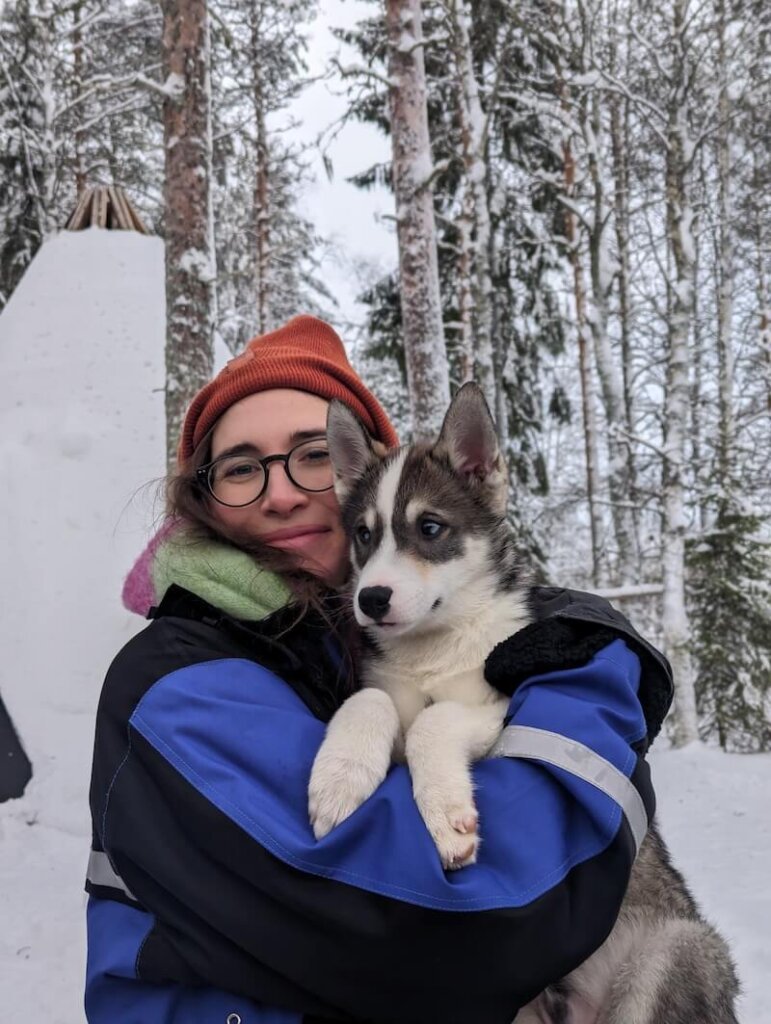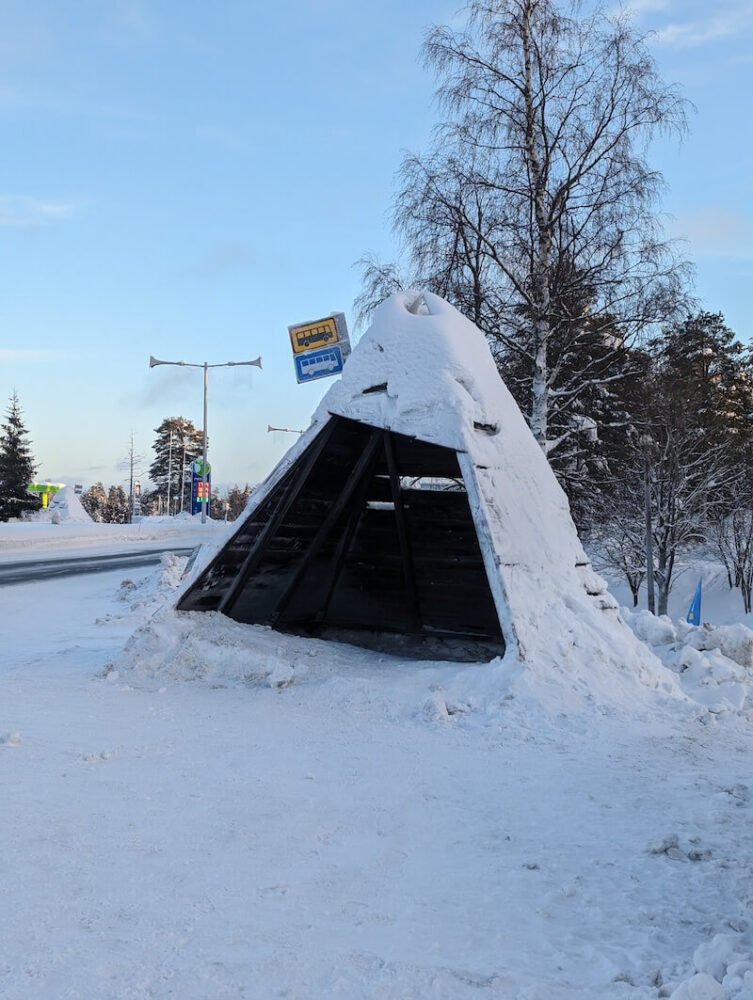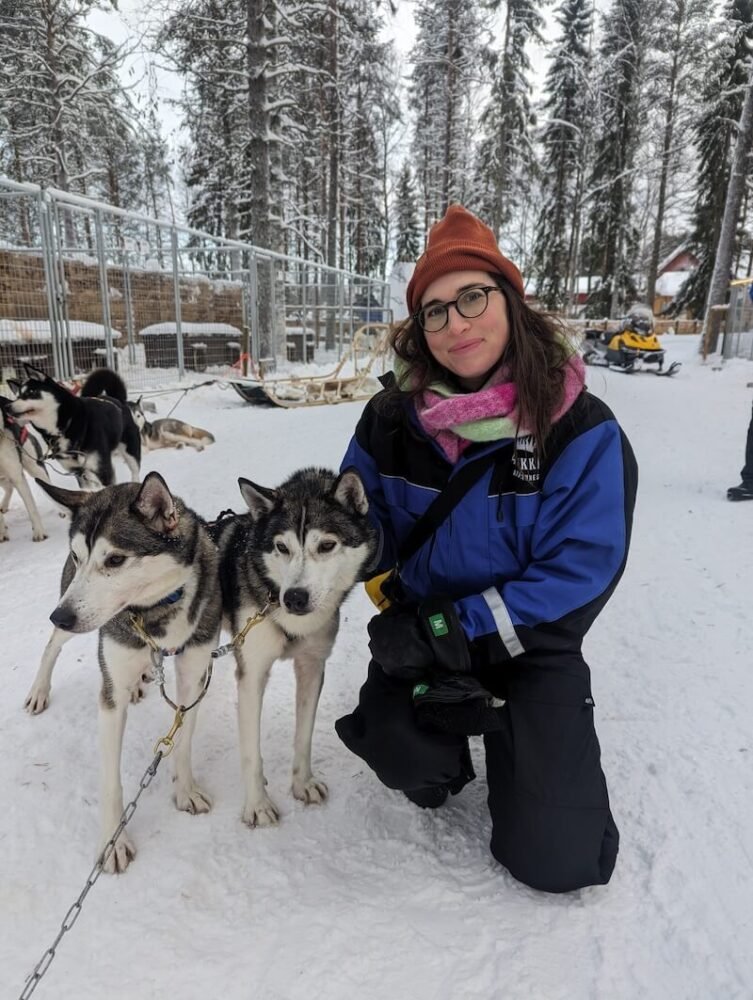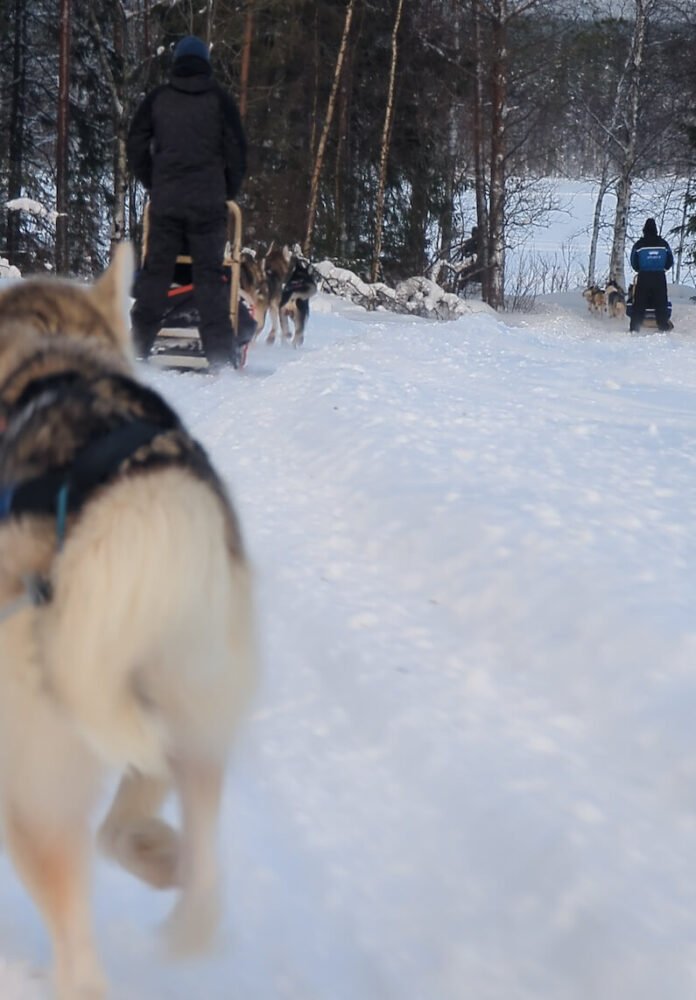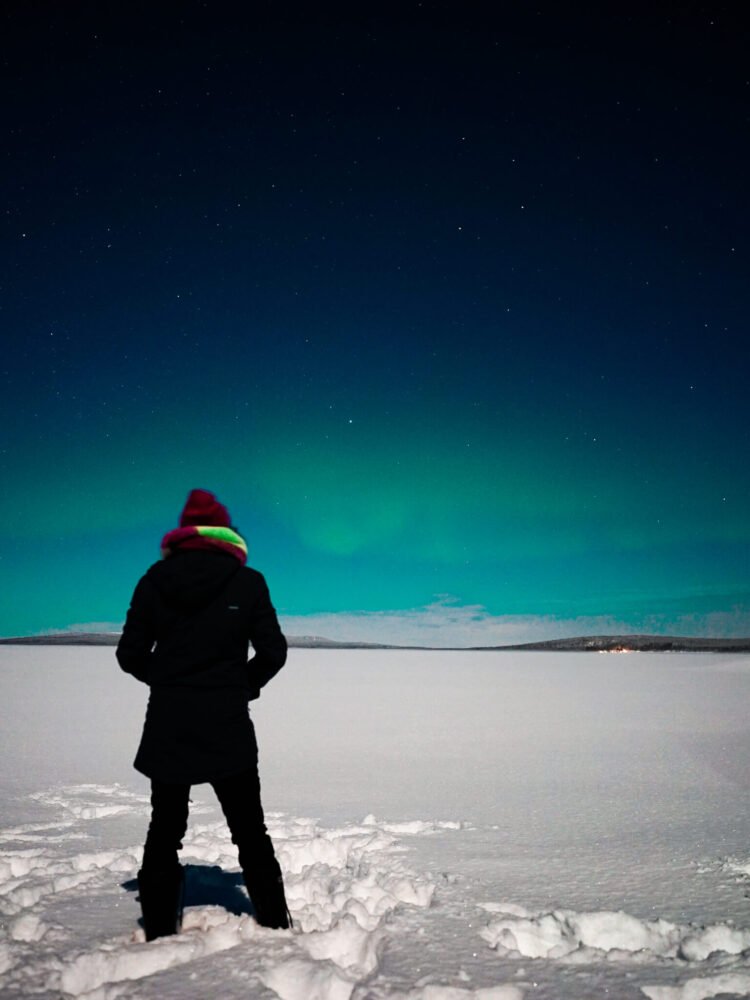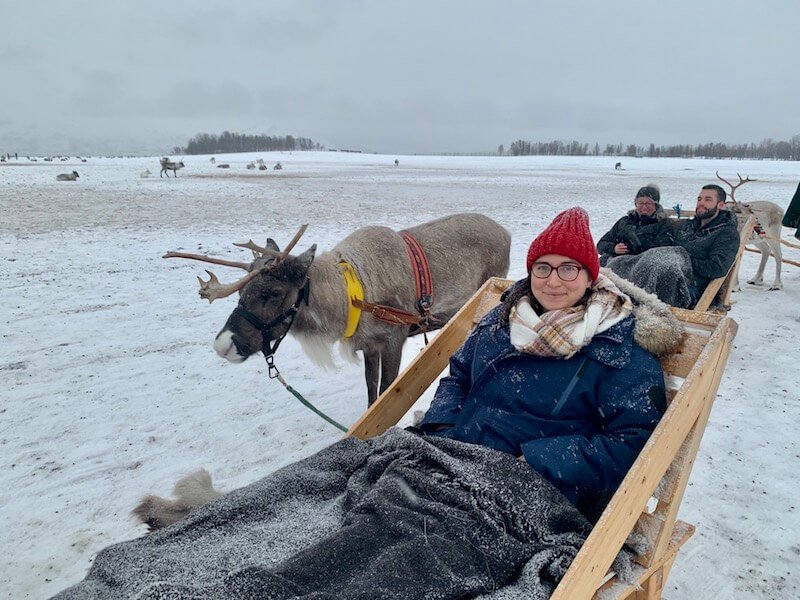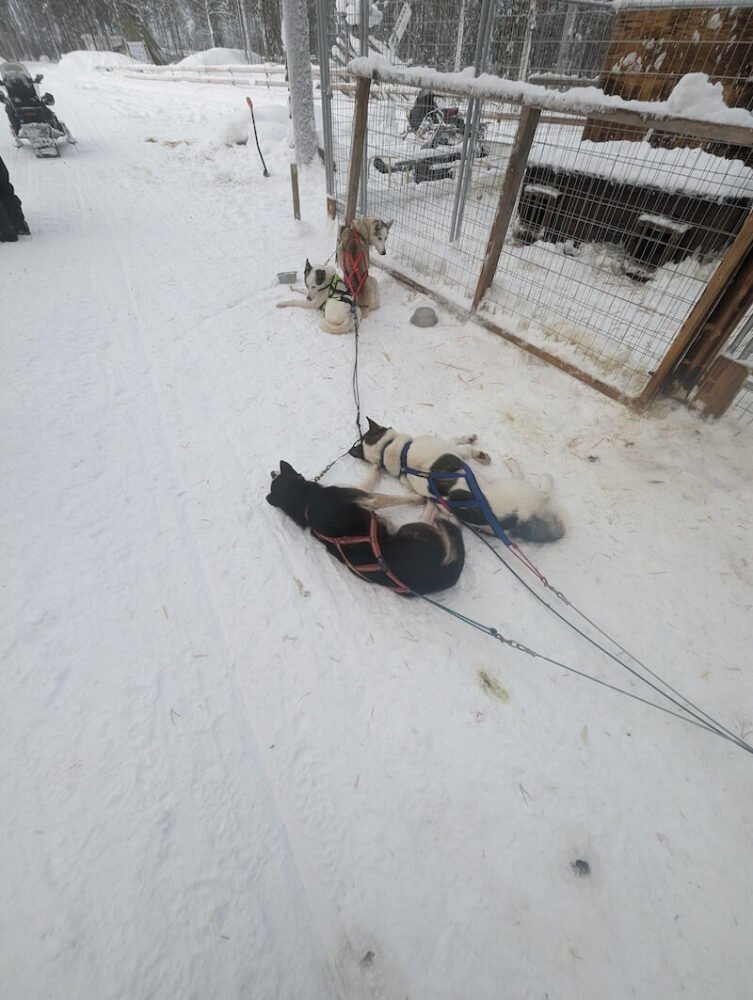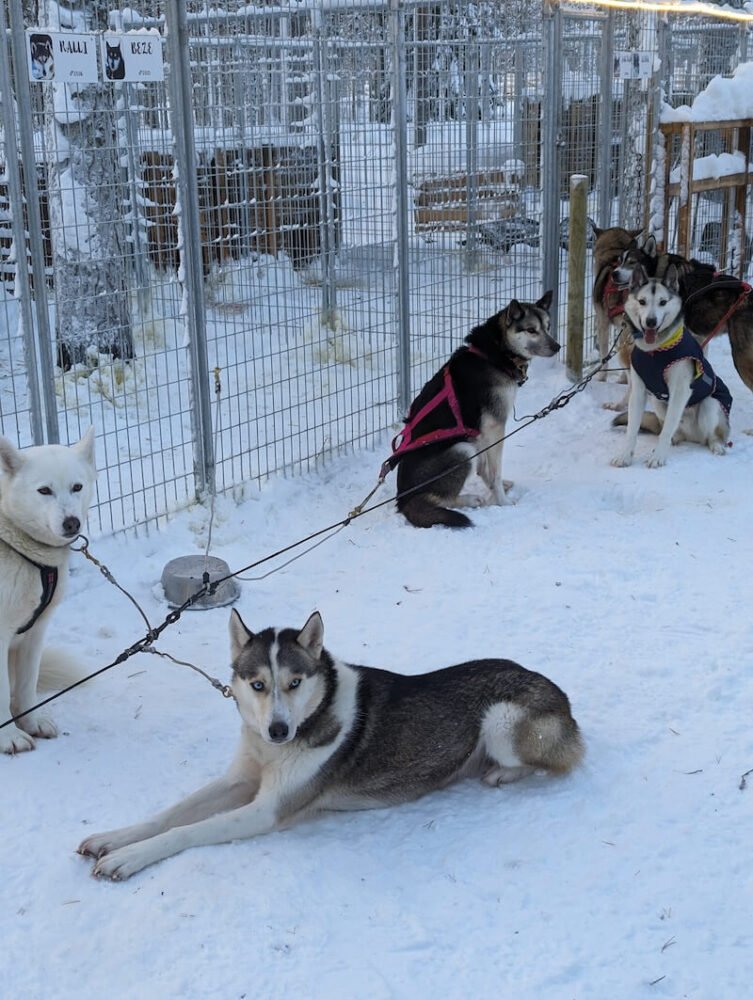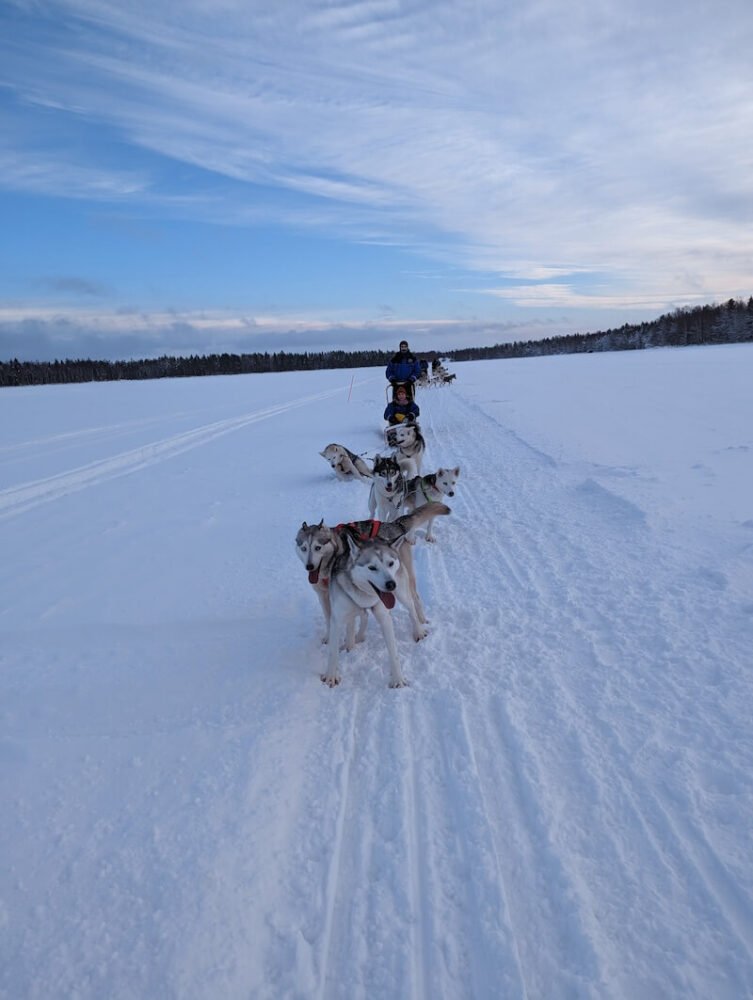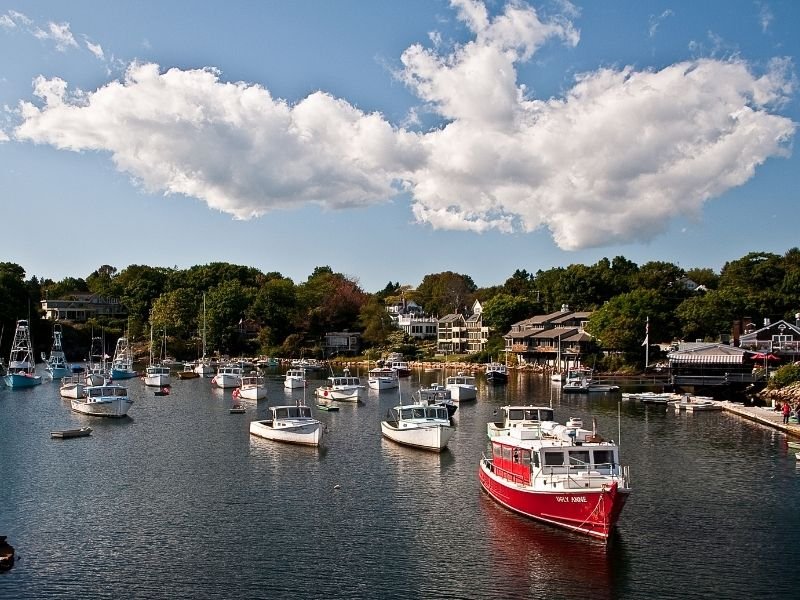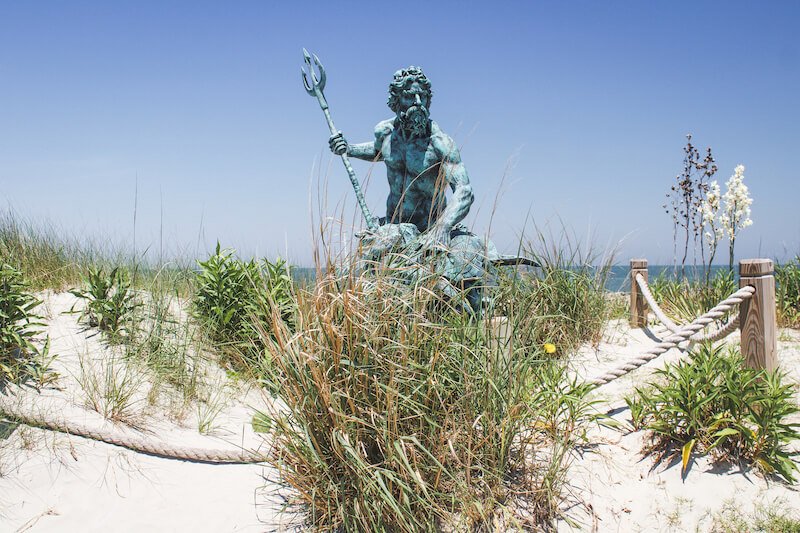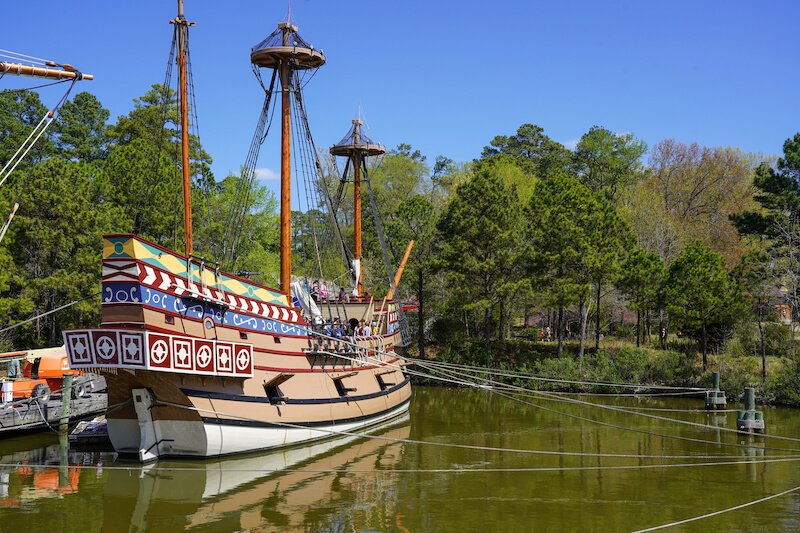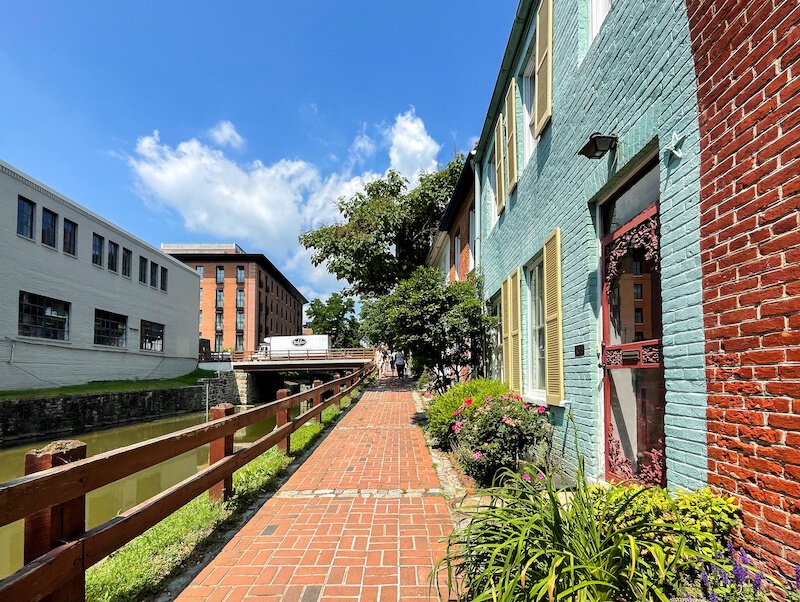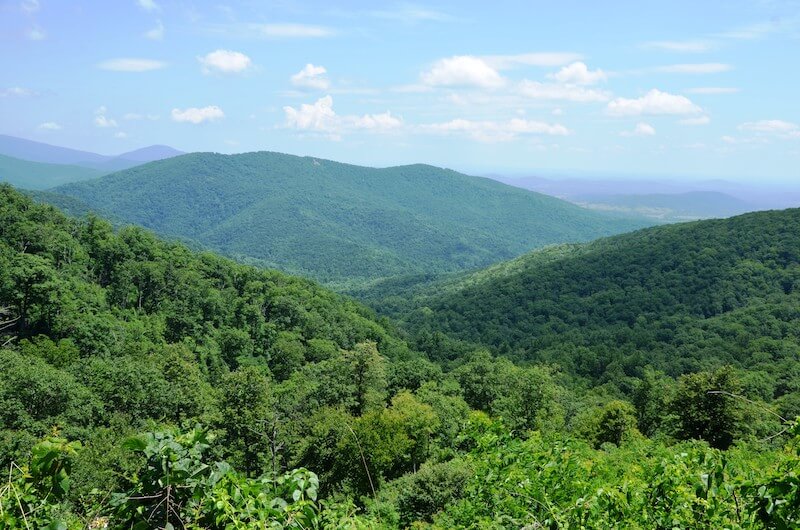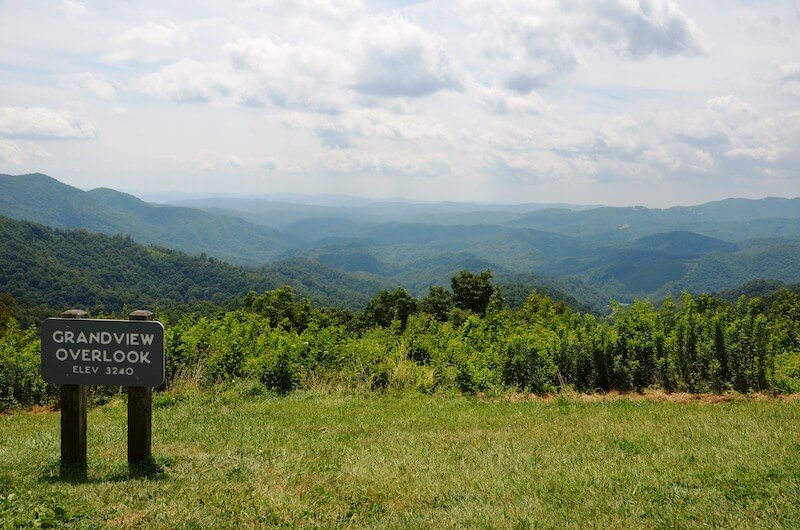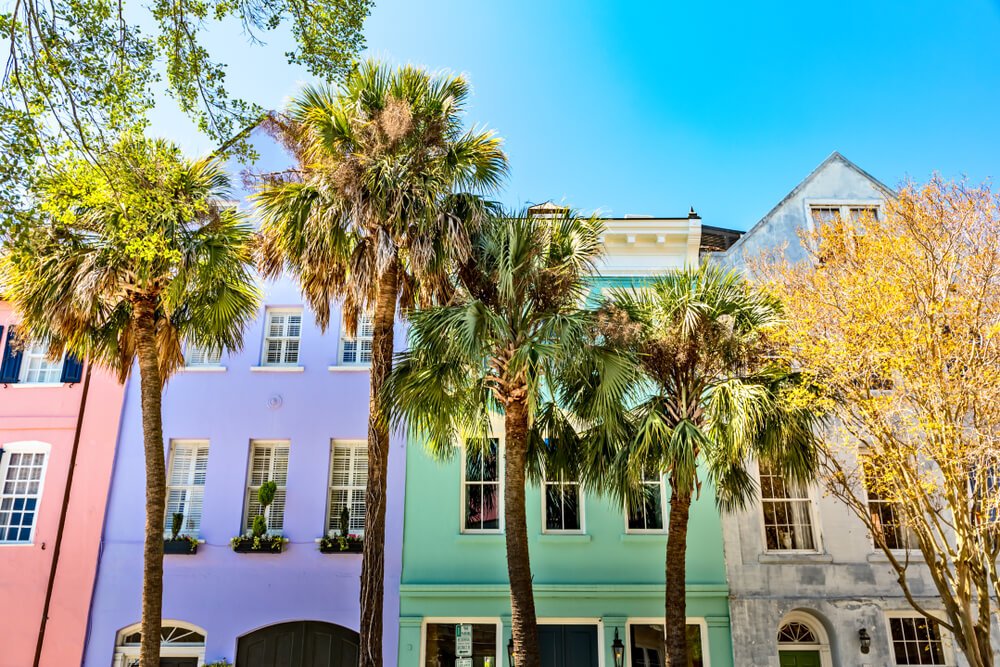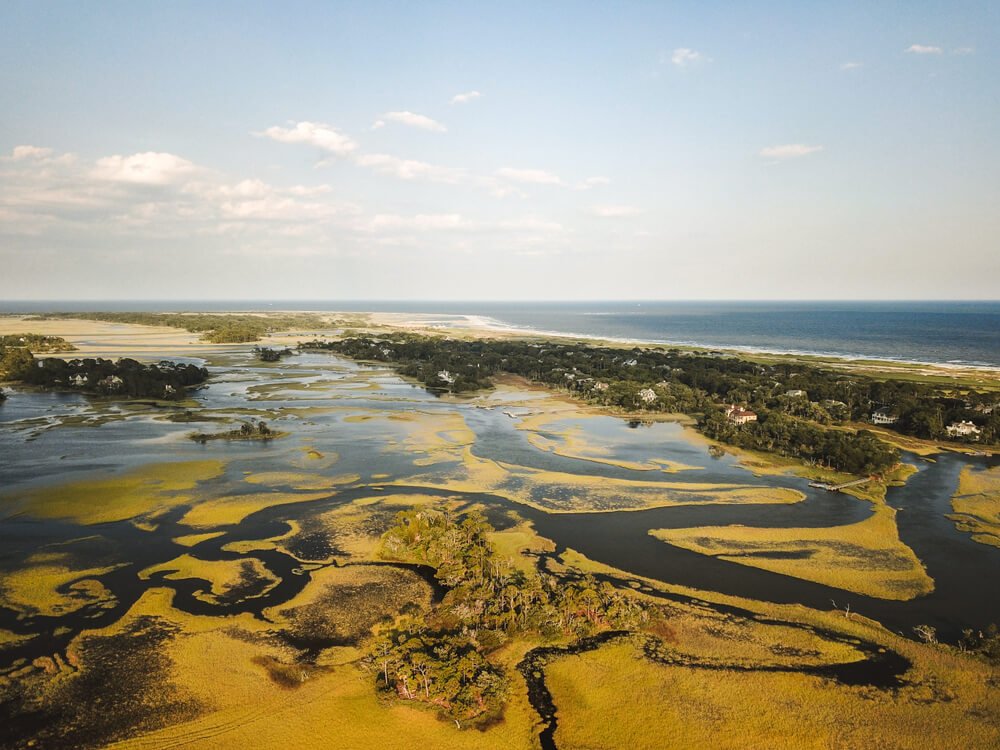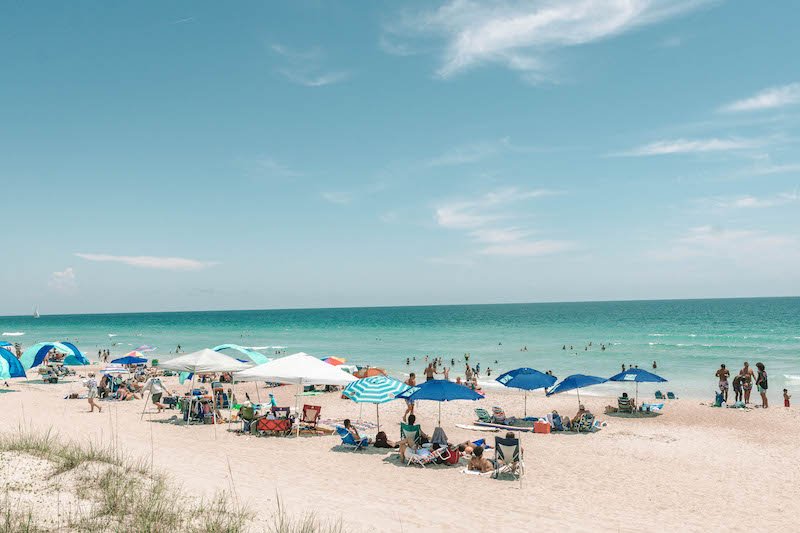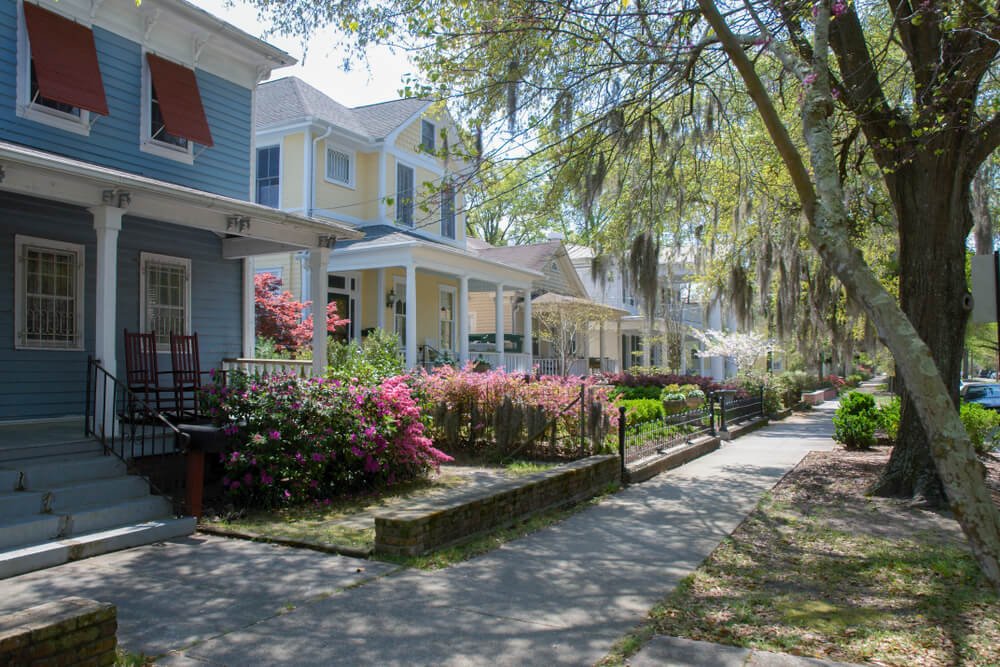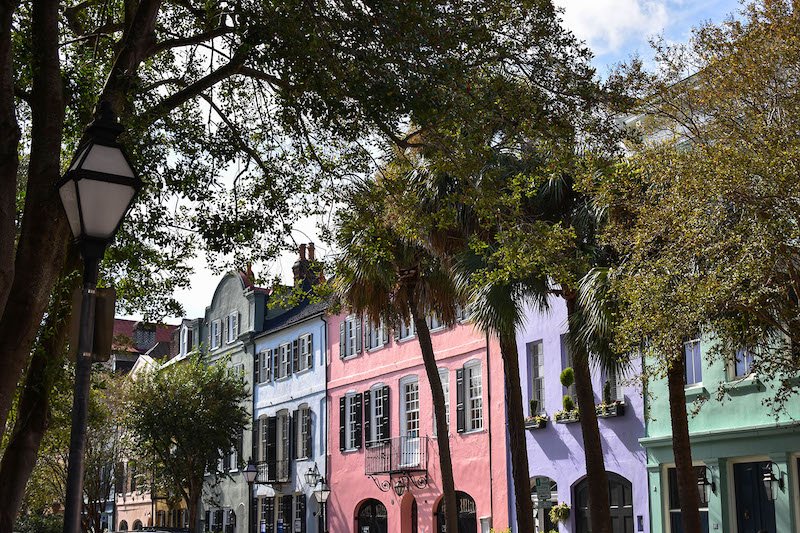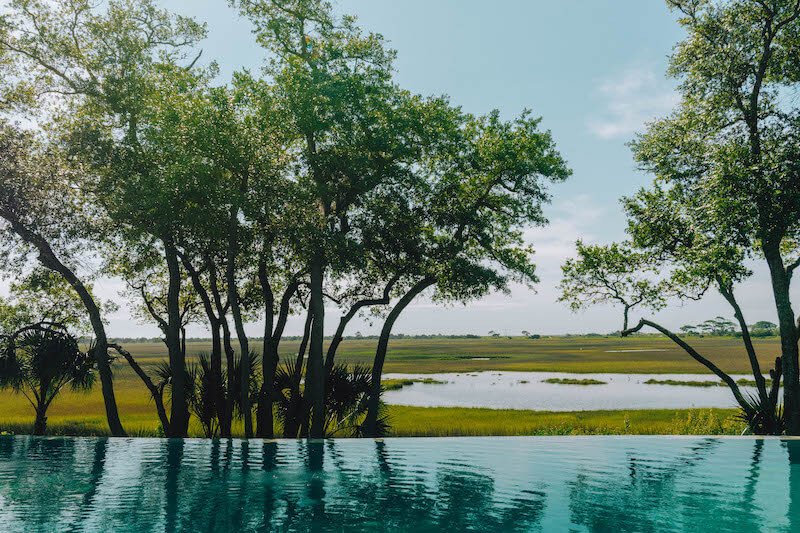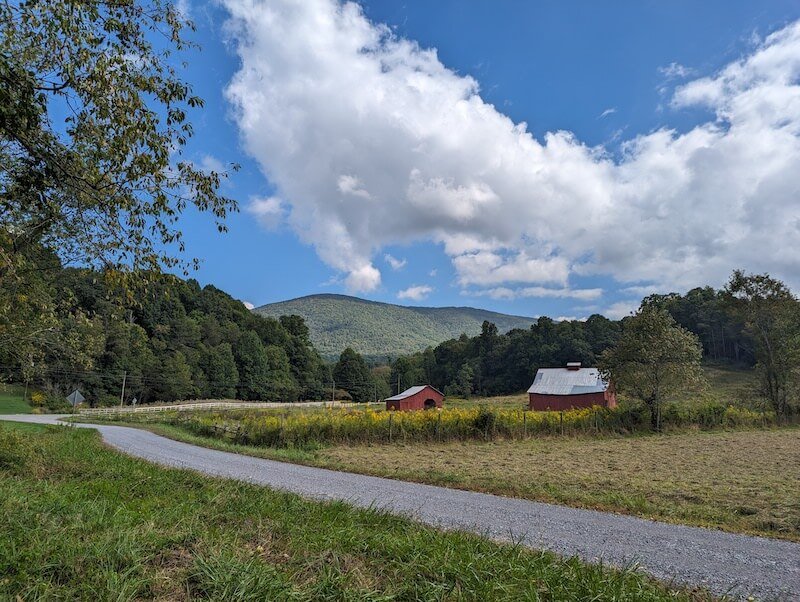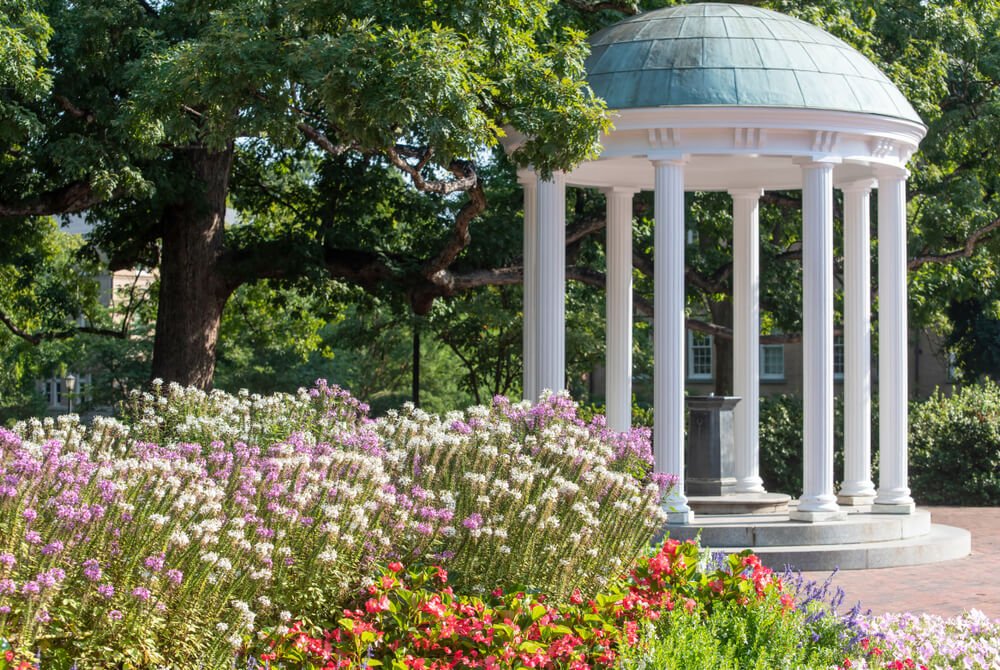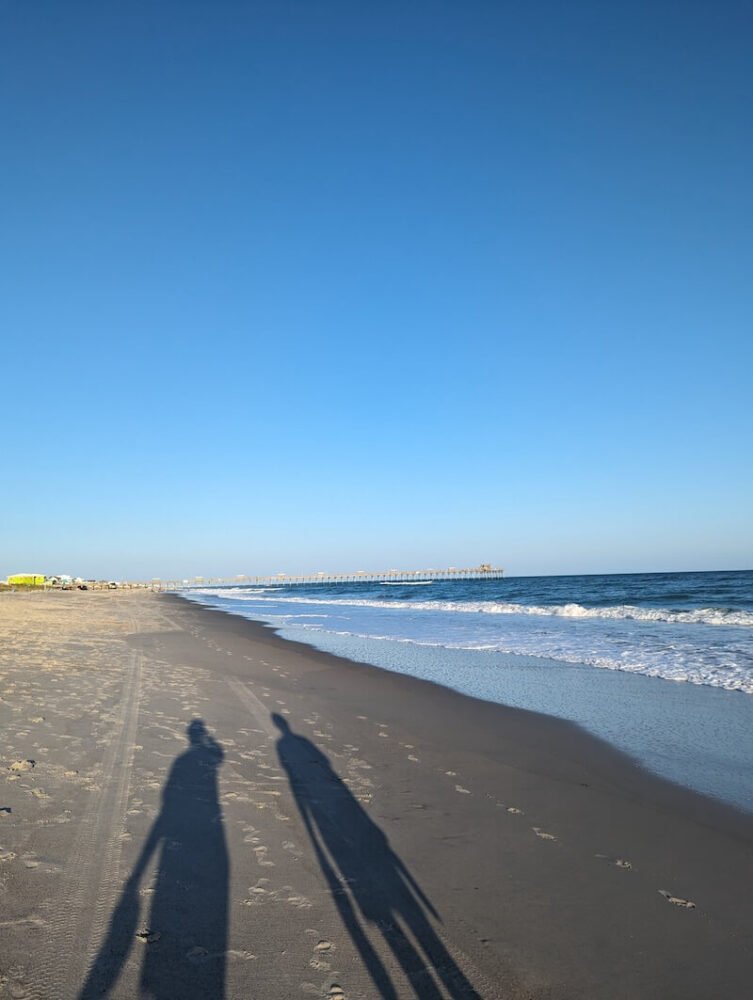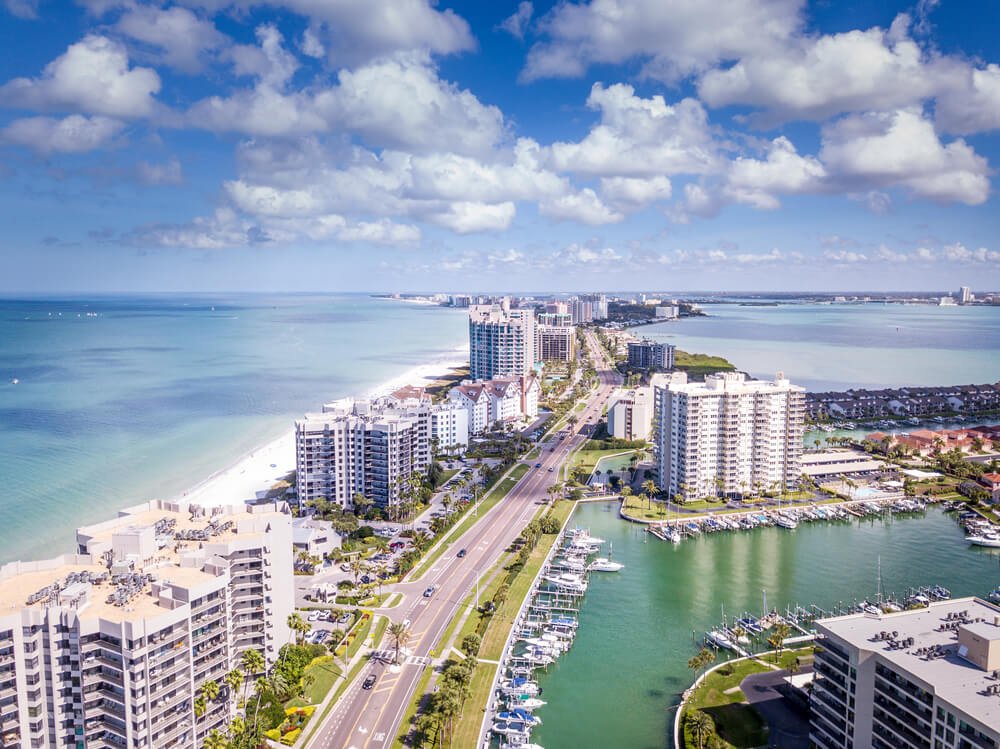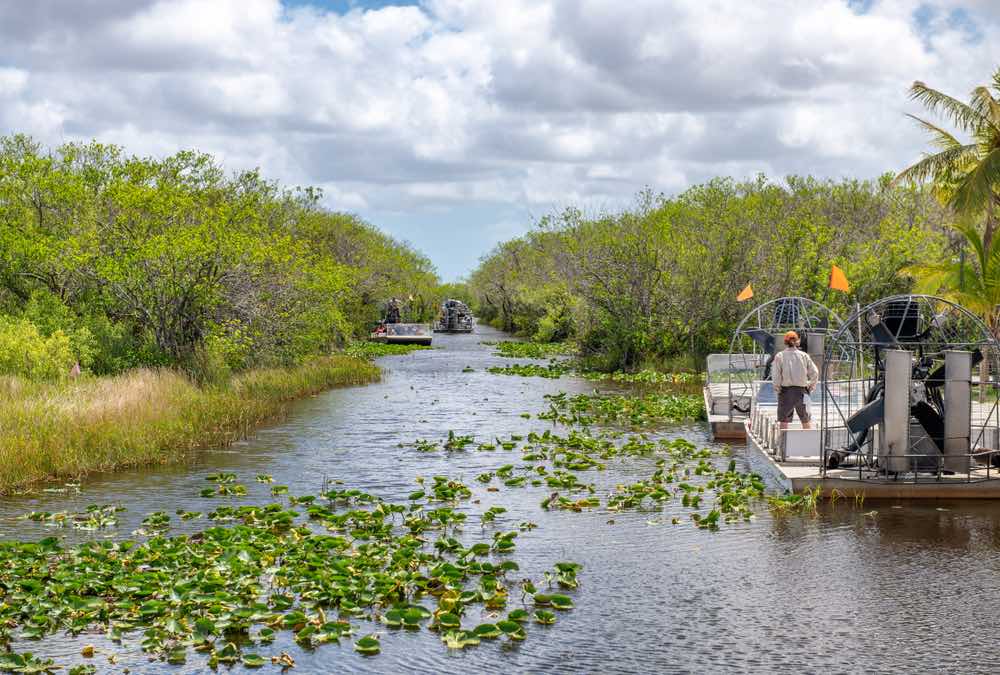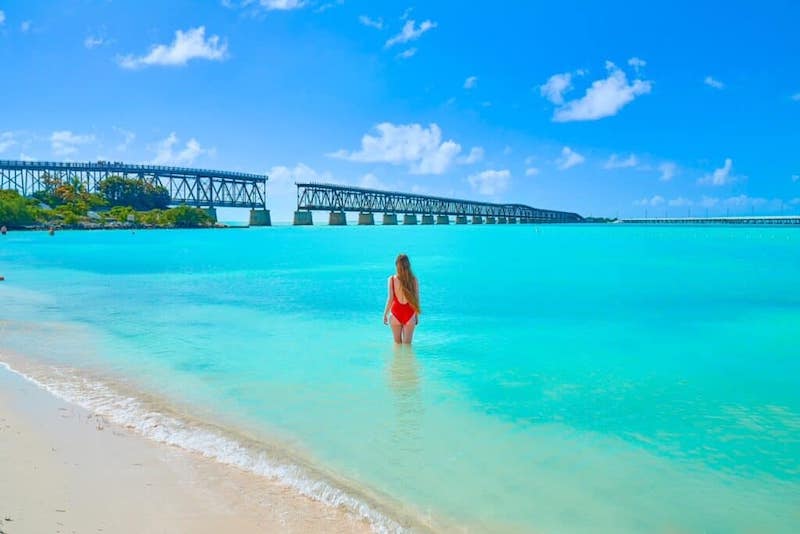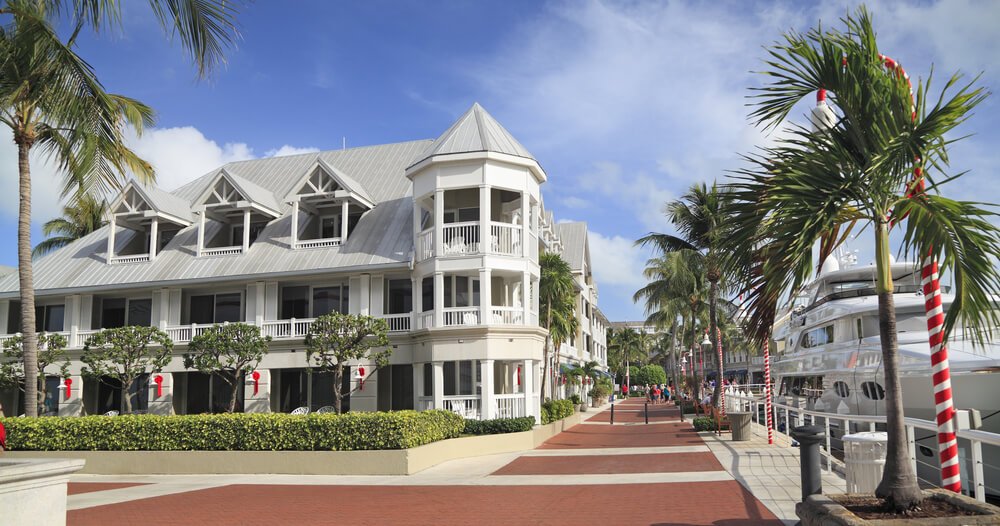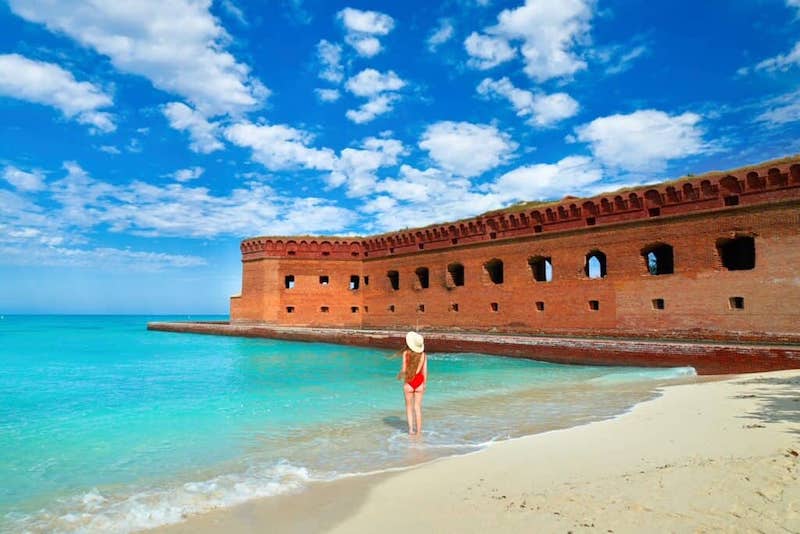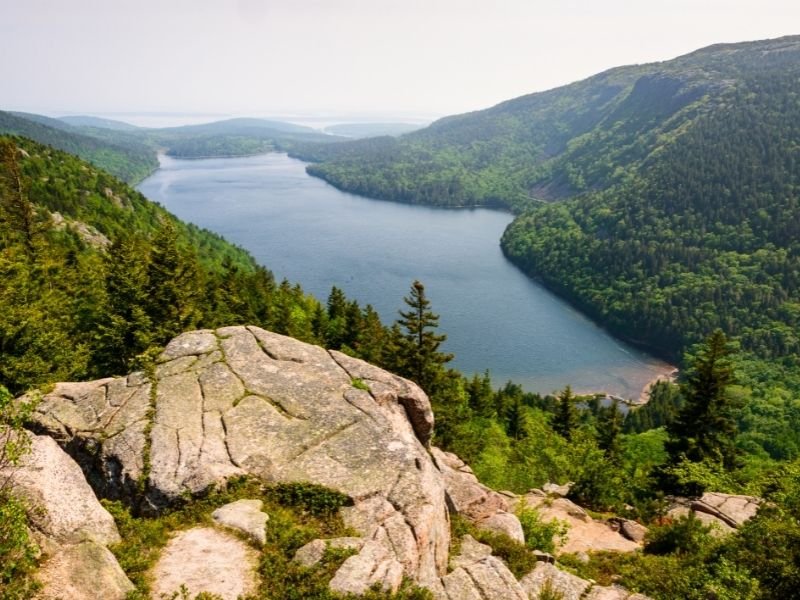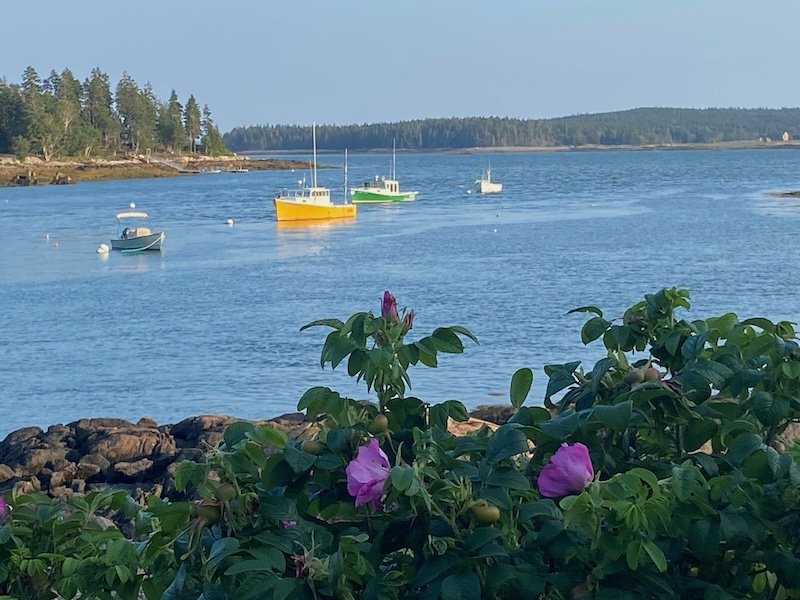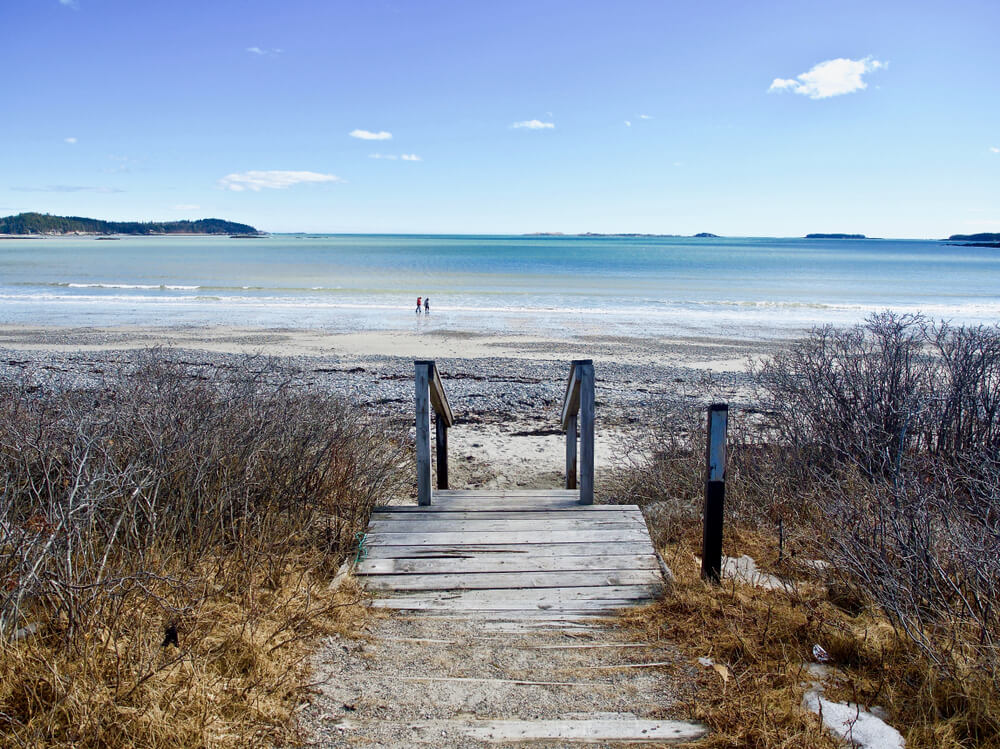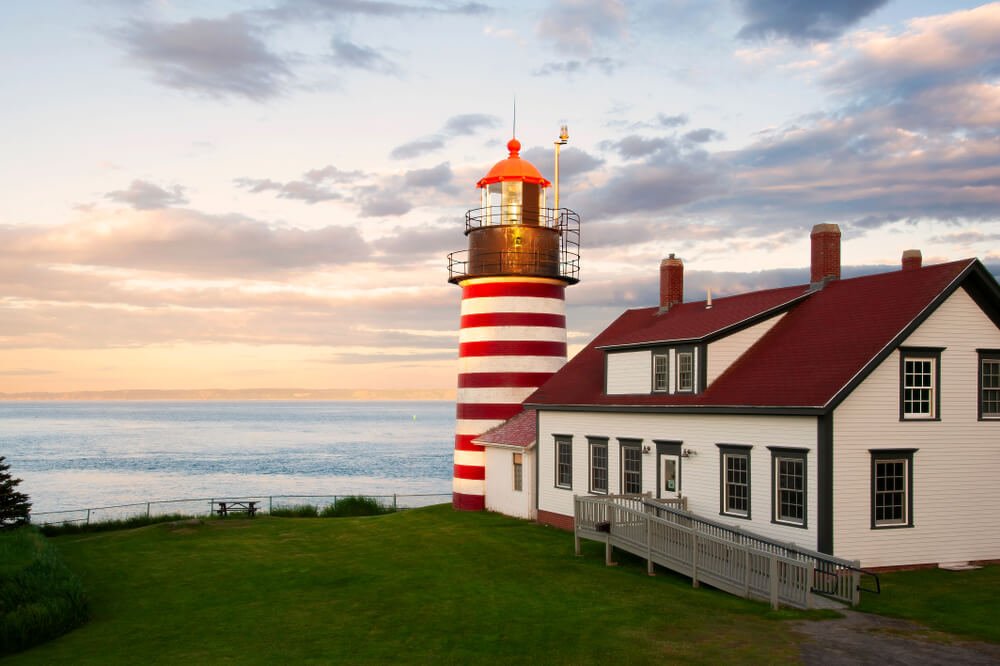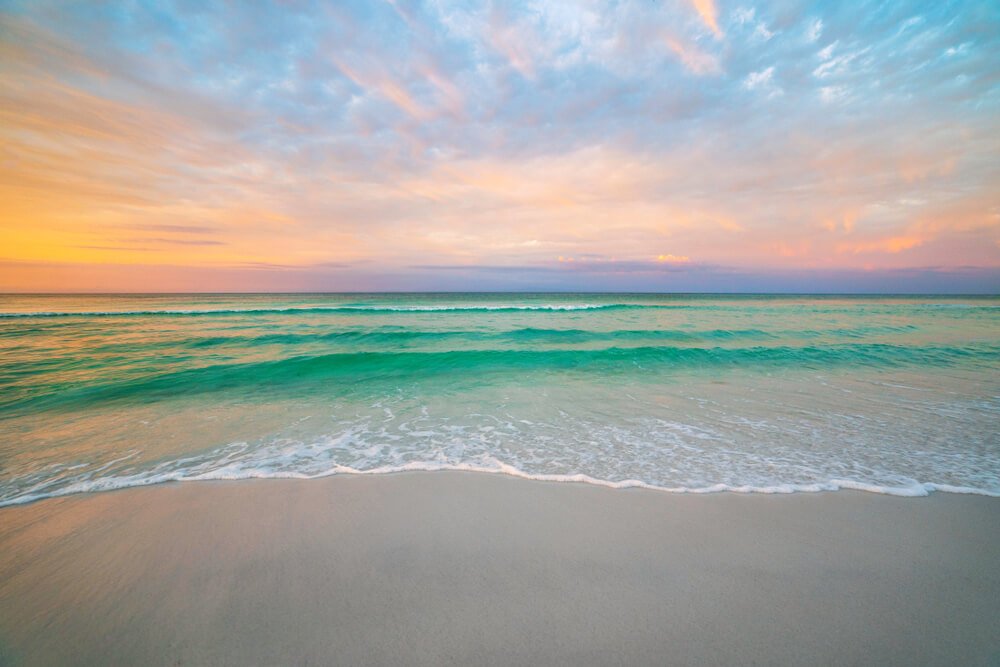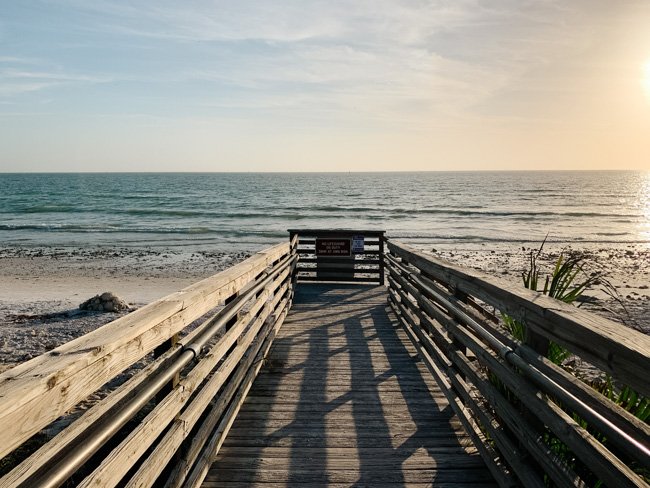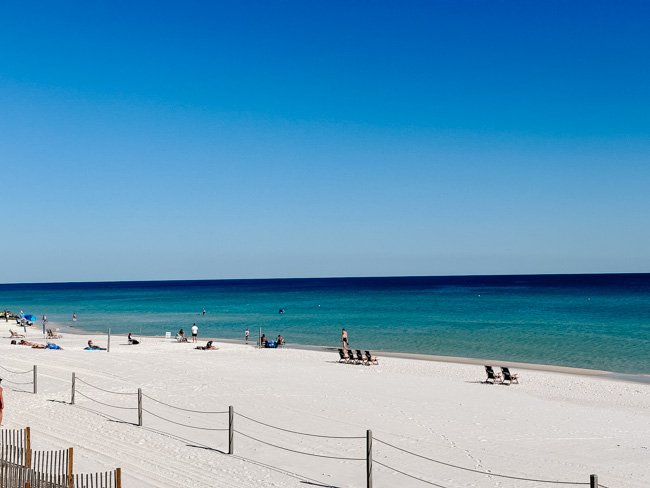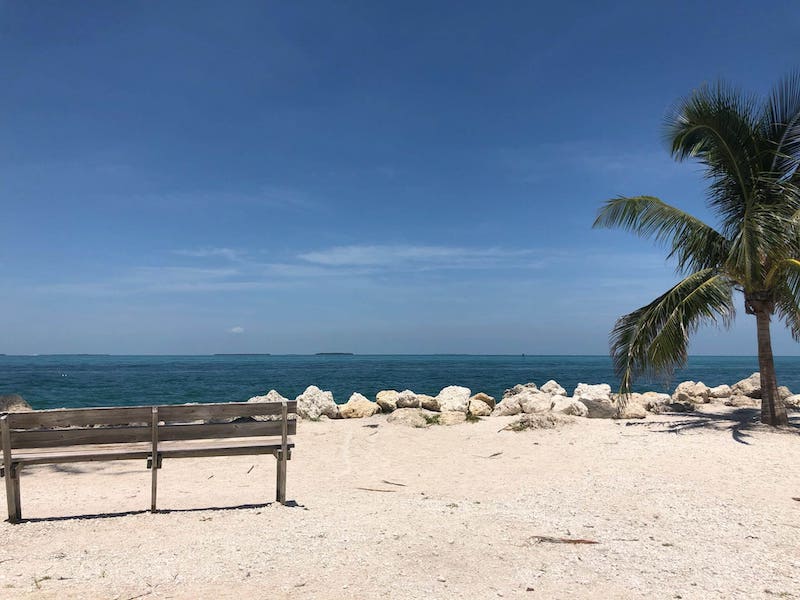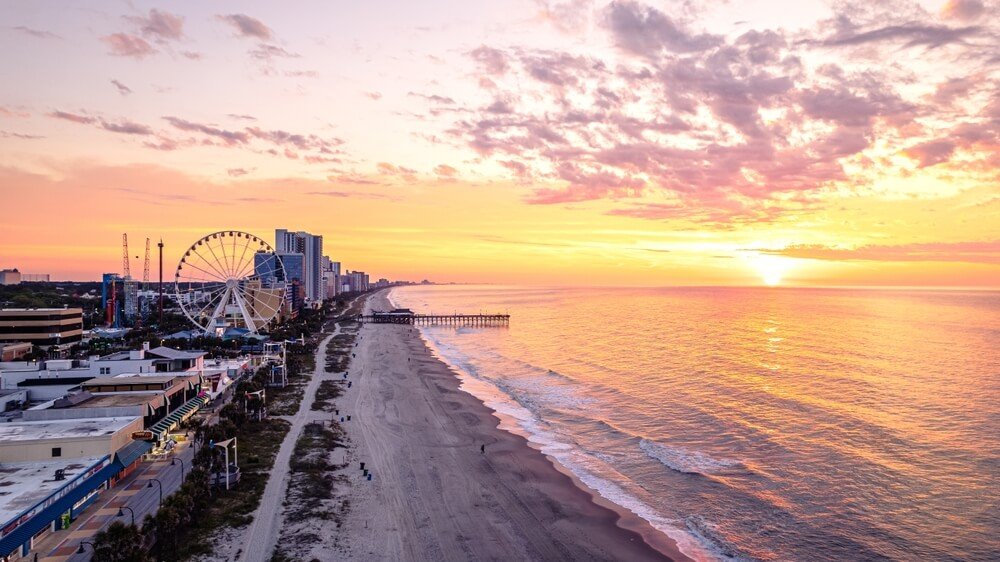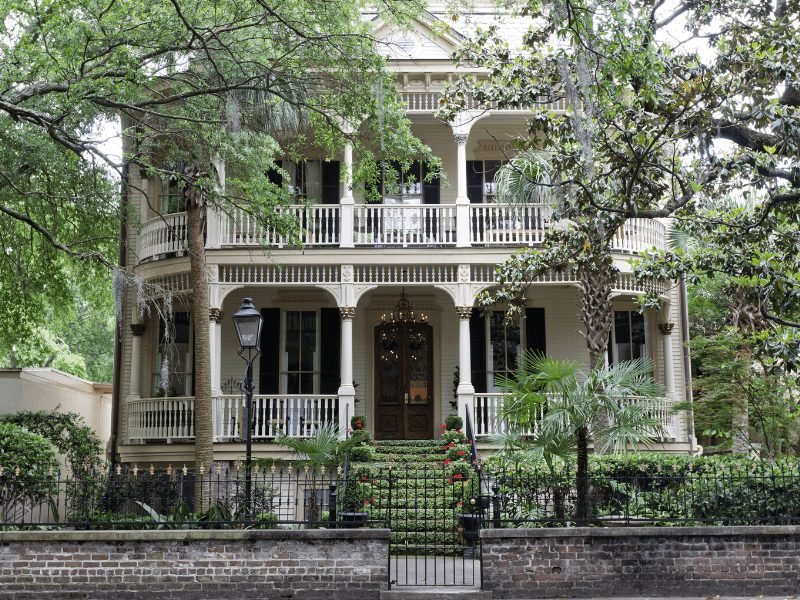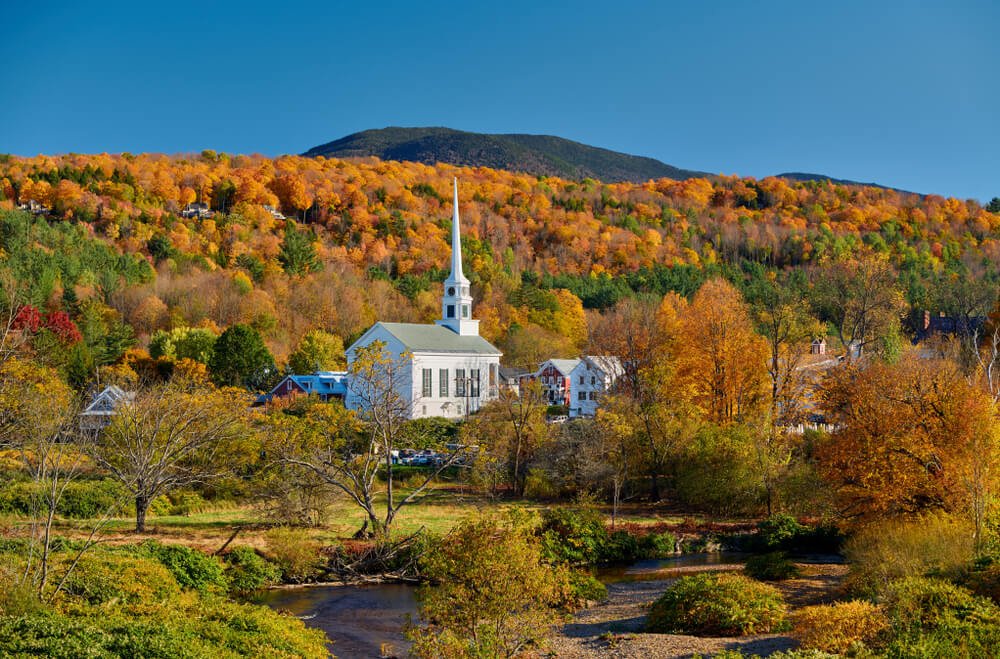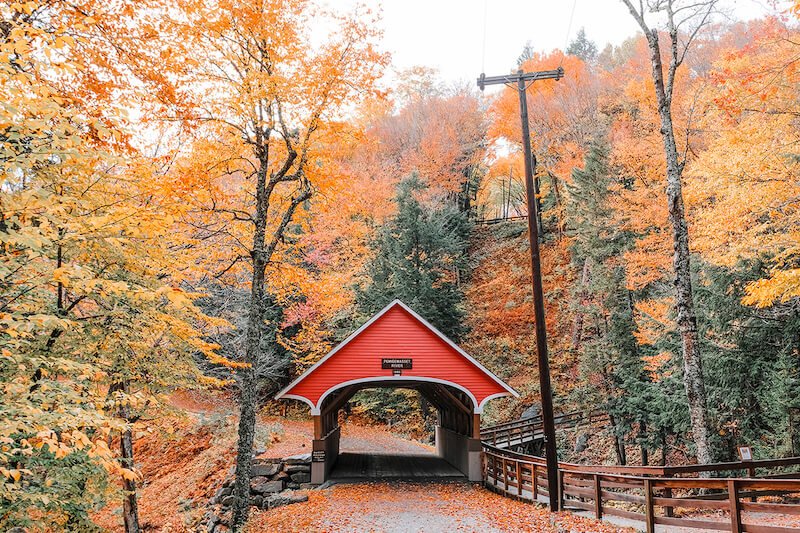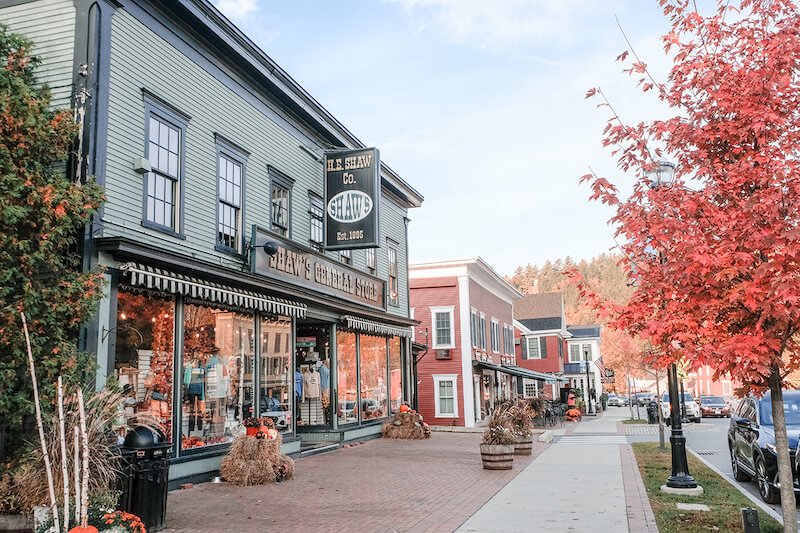Usually, when I create an itinerary for a place, I take my cumulative experience there (often collected after multiple trips) and streamline it into one timeline with only the best options. However, that approach creates a problem when creating an itinerary for Svalbard.
Why? Well, the ideal sequence of events for a February Svalbard trip vastly differs from an August trip. Nearly all of the activities I did in winter are not even doable in the summertime.
Ice caves? Yeah, not when it’s above freezing. Northern lights snowmobiling? It would help if the sky, you know, ever got dark in the summer. Snowmobiling in general? Yeah, you need snow for that.
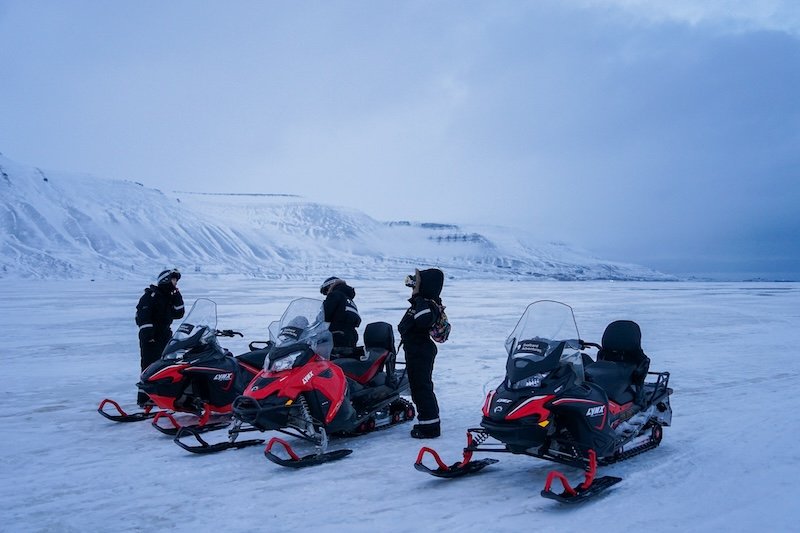
On the other hand, had I followed the other generic Svalbard itineraries I’ve seen on the internet, I wouldn’t have been able to do… well, basically anything on my trip to Svalbard.
I visited in mid-February of 2024, just before the first boat trips of the year started up again (although my friend Megan, who stayed a few days longer than me, did get to experience some winter boat trips!) — so that ruled out glacier cruises and kayaking. Seeing the walrus colonies? Also not possible. Birdwatching? Try again.
Due to its extreme location smack-dab halfway between the North Pole and the tip of Northern Norway, Svalbard is a place of drastic, rapid change. Though I imagine those changes don’t seem to happen so rapidly when you’re in the middle of a nearly two-month-long period of complete and total darkness that is the polar night… but I digress.
Even in February, I noticed a difference in the light every single day of my trip. Had I visited Svalbard even two weeks later, I would have had a completely different impression of the place. That’s how quickly the hours of daylight shift as the Svalbard archipelago exits polar night.
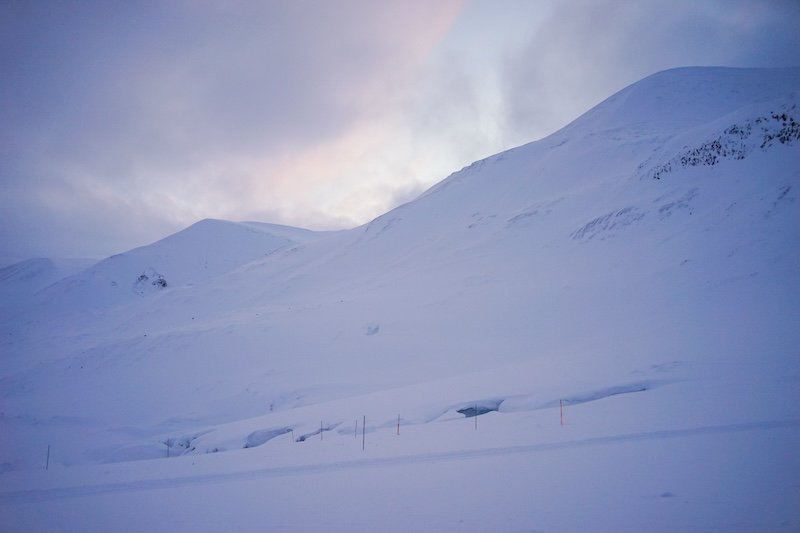
Temperatures swing wildly, too — it was just above 0 C a few days in February before swinging back down to -25 C in March. Cold isn’t the problem here; you can always add layers if it gets cold (hence all the layers on my Svalbard packing list).
Rather, unseasonably warm weather can significantly impact what Svalbard activities are available to you, particularly ones that depend on how long the snow lasts.
With that in mind, that’s why I created two similar but specifically curated Svalbard itineraries that highlight the best activities for each season, opting for snow-based land excursions in winter and boat trips and wildlife spotting in summer.
At-a-Glance: My Two Itineraries for Svalbard
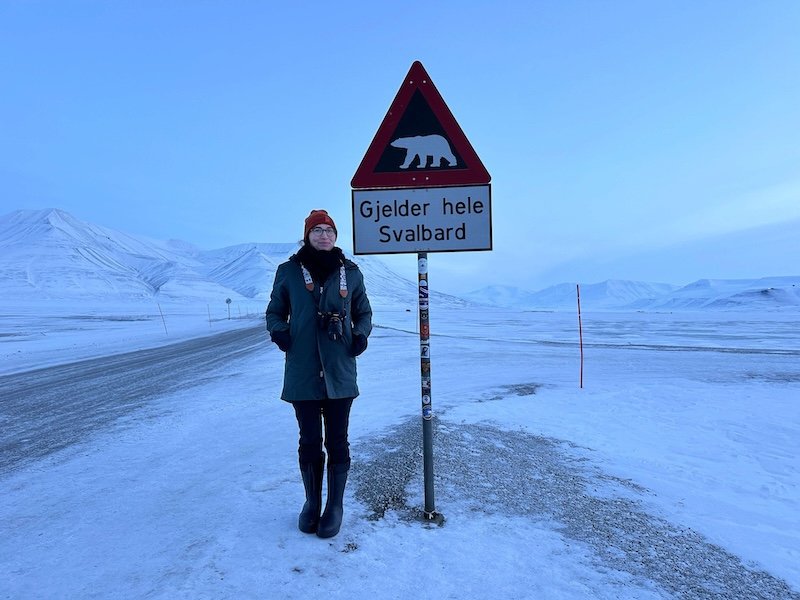
This post is very detail-oriented and goes into a lot of logistics about Svalbard… but I also understand you may just want a quick summary of my recommendations for a Svalbard itinerary!
Before we dive into the bulk of the post, here’s a quick preview of how I’d recommend spending up to 5 days in Svalbard in both winter and summer.
Note that you don’t have to do it all — since Svalbard requires a tour-based approach, you can select the day trips and activities that appeal to you the most in the time you have and leave the rest.
| Day | Winter Itinerary (February through Mid-May) | Summer Itinerary (Mid-May through October) |
|---|---|---|
| 1 | Longyearbyen town and museums [can add Northern lights tour by car if enough darkness, snowmobile option too] | Longyearbyen town, its museums, and restaurants |
| 2 | Ice cave tour by snowmobile | Sea kayaking with glaciers |
| 3 | Nature wildlife photography tour | Guided hike to Platåfjellet (medium) or Nordenskioldtoppen summit (hard) |
| 4 | Dog sledding in Bolterdalen | Nature wildlife photography tour with boat cruise |
| 5 | Visiting Svalbard’s remote east by snowmobile; hiking trip up Platåfjellet also available | Boat tour to Ny-Alesund; alternately, visit Barentsburg or Pyramiden* or go dog sledding on wheels |
*Note for Readers: Barentsburg and Pyramiden are both Russian settlements and the land is owned by state-owned mining companies. You can visit these places via Henningsen Transport, but Visit Svalbard does not promote them due to the ongoing war in Ukraine.
Depending how you feel and where you want your money to go, you may or may not want to include Barentsburg or Pyramid on your Svalbard itinerary — this is up to you!
My Top Picks for Where to Stay in Svalbard:
1. Hotell Svalbard Polfaren (best overall!)
2. Funken Lodge (best boutique with great restaurant)
3. Coal Miners’ Cabins (best on a budget)
Logistical Note About Visiting Svalbard
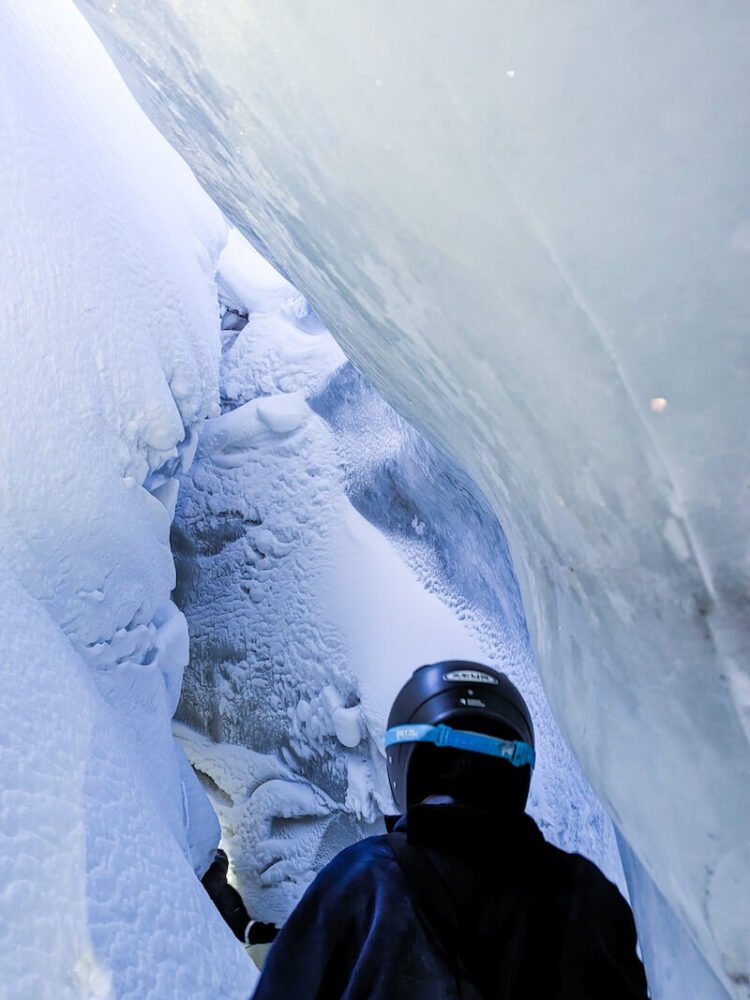
I am fully aware that these two itineraries for Svalbard are very tour-heavy. While some bloggers cram a lot of tours on their posts for affiliate purposes, that’s not my intention here—first of all, I don’t recommend anything I wouldn’t enjoy doing myself!
But here’s the reality with visiting Svalbard: if you don’t go on a tour, you won’t see anything of the island beyond the main streets of Longyearbyen. At all.
That’s because it’s not permitted to roam the island of Spitsbergen (or any of Svalbard’s smaller islands) without firearm protection from polar bears. As you can imagine, it’s not exactly easy for a tourist to obtain a firearm license (and a firearm) to use for just a few days.
So, unfortunately for independent-minded (and budget-minded) travelers, you do have to do tours if you want to get out of Longyearbyen village. While Longyearbyen town is great for a short period, there are only so many times you can wander the main street before you get completely stir-crazy and need a change of scenery.
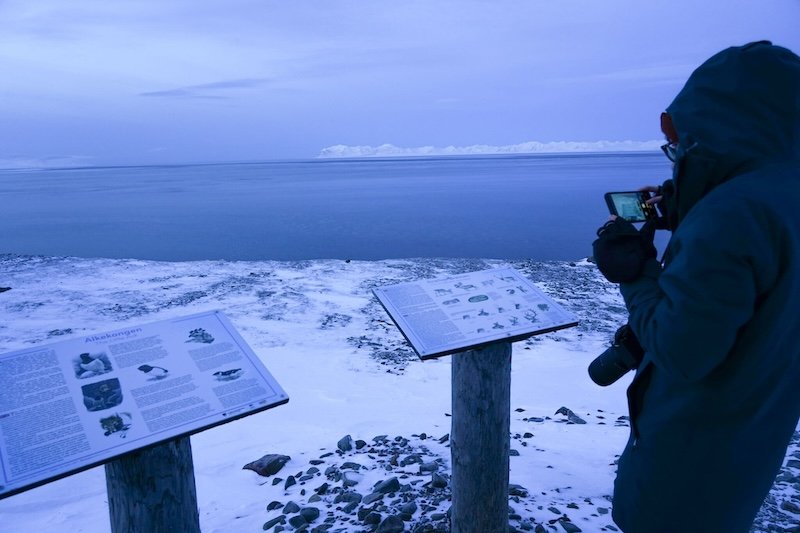
Luckily, Svalbard is resisting mass tourism as much as possible and prioritizing small-group travel to achieve that. As a result, tour operators keep group sizes as small as possible.
Plus, the mindset of someone who lives and works on an island as unique as Svalbard values independence, quiet, and solitude. So, despite taking several tours in Svalbard, I never felt worn-out and exhausted like I do from mass tourism-style tours, where I feel shouted at and corralled all day.
Personally, in terms of logistics, I used Manawa to book my tours all in one place for Svalbard because I love their curated inventory and customer service. Visit Svalbard also offers a huge range of tours, so I’m recommending tours from both to give you the most options!
Whichever you choose, I recommend booking in advance to avoid disappointment if your preferred activity gets booked up.
Seasons on Svalbard
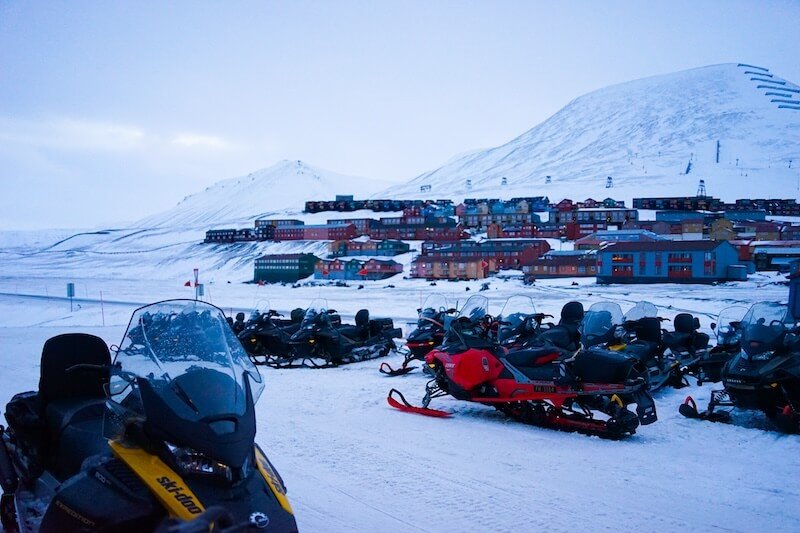
So, how do we break down seasonality on an island as singular, in terms of climate and sunlight hours, as Svalbard?
I frankly have no idea, so I’m deferring to the experts at Visit Svalbard, who divide the seasons into three seasons: Northern lights winter (October 1-February 28), Sunny winter (March 1-May 16), and Polar summer (May 17-September 30).
However, during that “Northern lights winter” period, the month of February is the twilight season (and that’s when I personally visited). No sun falls on Longyearbyen, but there is still quite a bit of beautiful blue light during the day — enough that it almost tricks your body into thinking there’s some daylight.
In contrast to the inky darkness of the pitch-black night, the blue twilight period absolutely sparkles like a summer day. It’s one of Svalbard locals’ favorite times of year: they call those robin-egg blue skies the “blue hour” or tussmørket in Norwegian.
For this post, I won’t include an itinerary for the polar night period. While you absolutely can visit during this season, your choices for what to do are pretty limited and mostly take place in Longyearbyen village.
Frankly, since a trip to Svalbard is such a pricy endeavor, I generally don’t think it’s an ideal time to come for your first visit to Svalbard (unless you have an alternate reason to visit, like friends, or you’re really curious to visit a place experiencing true polar night).

The biggest downside is that most tours don’t simply run during polar night because there’s not enough light to enjoy your surroundings, so you’re basically stuck in Longyearbyen… cozy for a few days, but maybe not how you want to spend your entire vacation.
Instead, I’m combining the tail-end of Northern Lights winter and sunny winter into one season, which I’m calling… wait for it… winter. February through mid-May is when there is likely to be still enough snow on the ground to do land-based snow activities.

Polar summer, from May 17 through September 30, gets a bit of an extension as well in my classification: We’ll call the period from mid-May through the end of October summer, since the final sunset isn’t until October 26.
But it doesn’t switch to polar night overnight. Just like in February, there’s still the impression of faint blue light during the Twilight period until Polar night begins on November 11, when the months-long darkness begins in earnest!
Detailed Day by Day Svalbard Winter Itinerary
After visiting Svalbard in February 2024, this is more-or-less the itinerary I followed during my stay there… with a few additions for what I would have done differently if I had a little more time during my stay.
Day One: Longyearbyen Town
Morning: Start your day at the Svalbard Museum, which is just at the end of the main road in Longyearbyen (there’s basically only one: you can’t really miss it).
This newly-renovated museum was just re-opened and it’s a true treasure trove to the natural and anthropological history of the archipelago, from its geology to its wildlife to its roots as a whaling destination — and how it quickly had to adapt when it became clear that whalers were destroying the balance of life in Svalbard. Adults and kids alike will adore this museum.

Coffee Break and Lunch: Time to visit my favorite place in Longyearbyen: Cafe Huskies! This café hosts a rotating crew of adorably lazy retired sled dogs, who are living out their final days in a peaceful state of bliss.
Dog lovers will be in paradise, as will sweet tooths: their coffee is delicious, and their cheesecakes and raw cakes are absolutely addicting. You can get sandwiches and lunch here too. There’s also a small little shop area where you can buy some cute souvenirs, both of the husky and Svalbard variety.
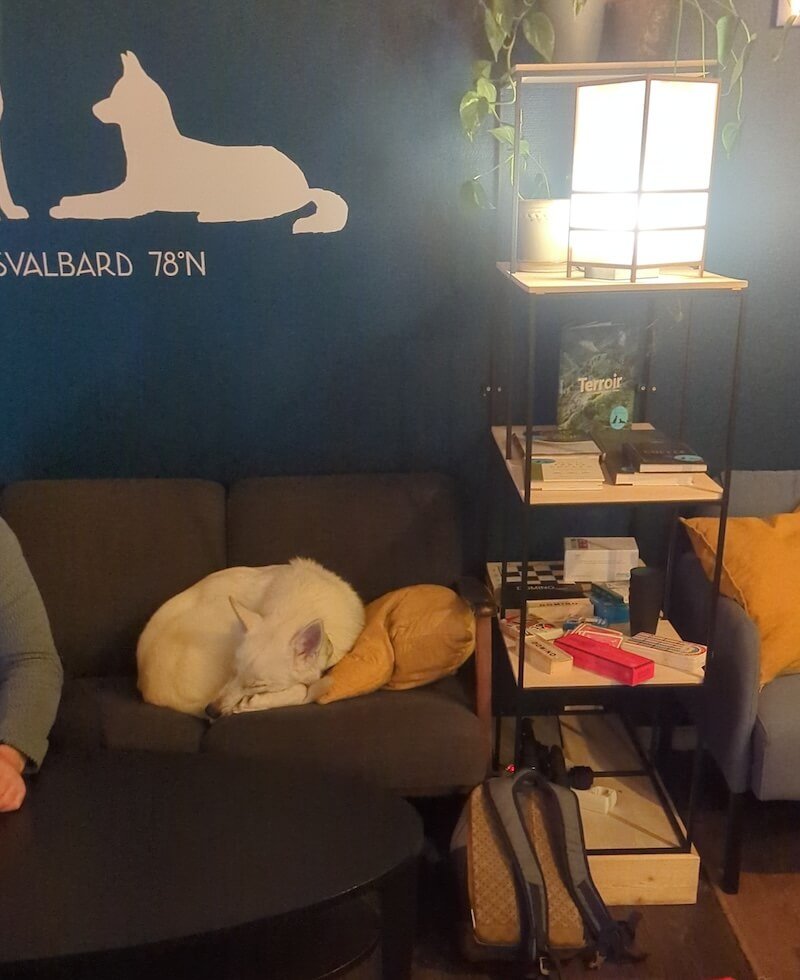
Afternoon: Next up on your Longyearbyen itinerary is visiting the worthwhile but confusingly laid-out North Pole Expedition Museum. This museum has a ton of promise but frankly, it needs a redesign in the same vein as the Svalbard Museum does, which is now a world-class museum.
This museum explores airships and different Arctic explorers, including rescue missions for expeditions that went awry… but the layout is very unclear, and it’s hard to navigate the media. It’s still worth a visit for adults, but kids may get a little stir-crazy and bored here. Frankly, Longyearbyen doesn’t have too many cultural sights (it’s a town of just 2,500, after all) so beggars can’t be choosers!
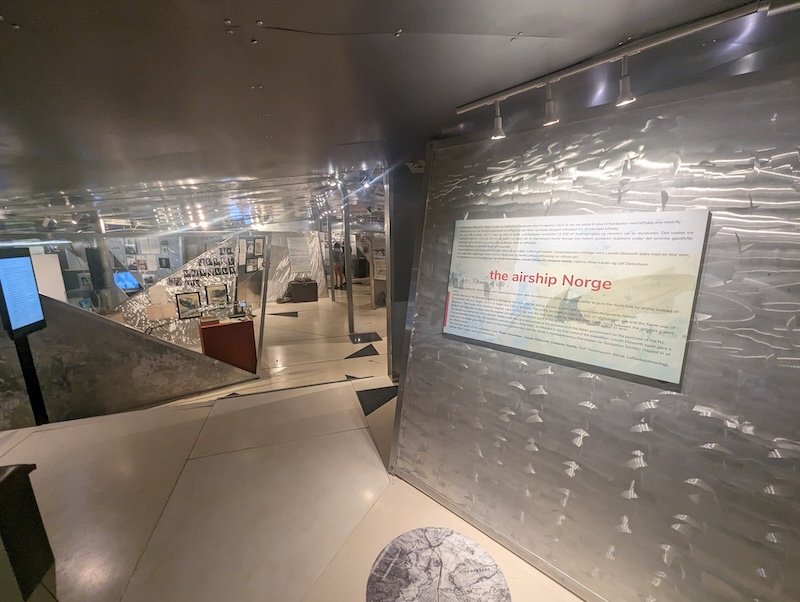
After you’ve visited the North Pole Expedition Museum, head back up the main street towards town and pop into some of the shops.
There are a number of really good souvenir and clothing shops, specifically clothing stores that specialize in cold weather wear. Svalbard offers tax-free shopping, so clothing here is actually a little cheaper than you’ll find on the Norwegian mainland, if you need any incentive to shop!
Explore the world’s northernmost proper grocery store, the Svalbardbutikken, which is remarkably well-stocked for a grocery store this remote at this high a latitude. I found it interested just as a thought experiment in all the logistics that are involved in keeping in stocked.

Evening: Time to cap off your day exploring Longyearbyen with a meal at the city’s surprisingly innovative food scene. You’d think a town at the end of the world wouldn’t have many options, but no: Huset is the best fine-dining option that will cost you an arm and a leg, but it’s said to be on its way to earning a Michelin star.
There’s also the restaurant at Funken Lodge, Funktionærmessen, which won the best restaurant in town award last year (2023). There’s also Polfaren located in Hotell Svalbard (where we had our first meal, a very lovely one) and Kroa, Svalbar, or Stationen if you want more down-to-earth pub food. And that’s not to mention the sushi options at Nugasushi.

Alternate evening (February and first days of March only): If you are visiting in February like I did, you have one gorgeous advantage in exchange for the lack of sun — the fact that Svalbard’s Northern lights may still come out to play and make one final spectacular dance across the sky!
There are two Northern lights tours on option: Northern lights tour by car and a snowmobile option too. Personally, I chose the snowmobile option and I elected to add on dinner.
Frankly, even though it was a good deal that only added about $10 to the tour price, I didn’t really love the meal (a salmon wrap and reindeer stew) and it took a long time to prepare in the cabin. I would have preferred to just eat my own meal before showing up to the tour, even if it cost a bit more money.
We didn’t see the Northern lights on our snowmobile as it was far too cloudy to even see a single star, but it was still a fun (and slightly scary) experience roaring around on snowmobiles in the uncanny pitch black of a Svalbard winter night.
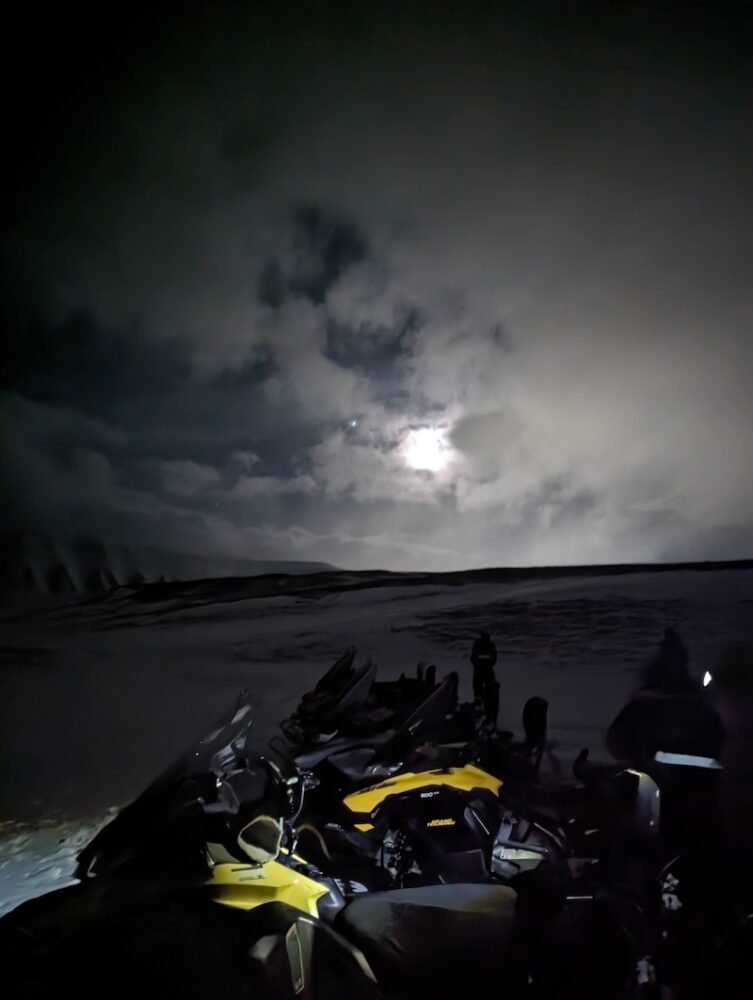
Day Two: Ice Cave Tour
Morning: Have breakfast and then get ready for an epic ice cave adventure! This was my favorite activity I did in Svalbard this winter — an adrenaline-pumping ice cave tour by snowmobile, where we rode 53 kilometers roundtrip to Tellbreen glacier to find one of the new ice caves that had formed over the winter season.
I wrote a full post about my experience (that also gives you some other ideas on how you can do an ice cave tour, including by dog sled, hike, snow cat, and even overnight camping), so rather than recap that day here and risk making this post far too long, I’ll simply direct you to that post here.
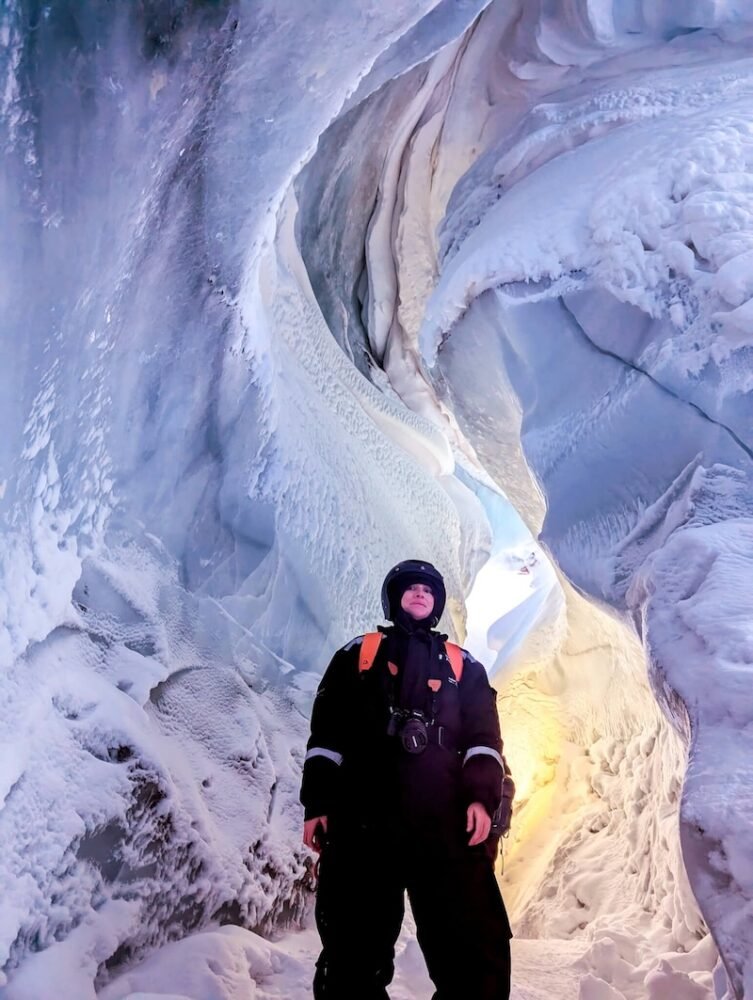
Late Afternoon: You’ll have a small meal of the freeze-dried variety while you’re out on your tour, but once you arrive back from your snowmobile (or dog-sled) tour, you’ll likely want a light pick-me-up to hold you over until dinner.
Luckily, one of my favorite Svalbard cafés, Fruene Café, is the ideal place for just that. Grab some of their locally-made chocolates or a pastry (though I’ve heard their cinnamon buns are skippable) or a bowl of soup to keep you happy and satisfied until dinnertime. And of course, make like the Norwegians and have a cup of coffee — their espresso drinks here are excellent!
Evening: I gave you a huge laundry list of possible places you could eat in Longyearbyen in the previous section, so check out that list again and see what entices you from the list that you didn’t get to try the night before. You could also grab some cold cuts and sandwich bread from the Svalbardbutikken if you’re trying to save money.

Day Three: Winter Wildlife Photography Tour
Morning: One must-do on a Svalbard winter itinerary is a nature wildlife photography tour.
This isn’t really because you can expect to see a ton of wildlife — in winter, your options are fairly limited to walruses, Arctic foxes, rock ptarmigans, and reindeer — but because it’s one of the only chances you’ll have to see the entire road network of Svalbard.
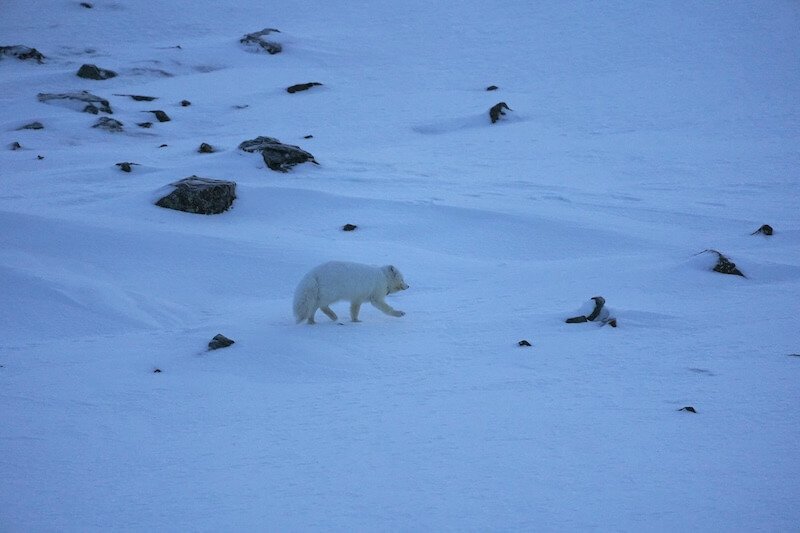
Being so isolated, Svalbard only has about 45 kilometers of roads that you can drive — and on this tour, you’ll see basically all of it. You’ll go down to Bjørndalen as well as Adventdalen.
In addition, you may be stopping by a variety of spots based on local tips, like if walruses have been spotted hanging out at the harbor or if Arctic foxes have been seen around the Global Seed Vault.
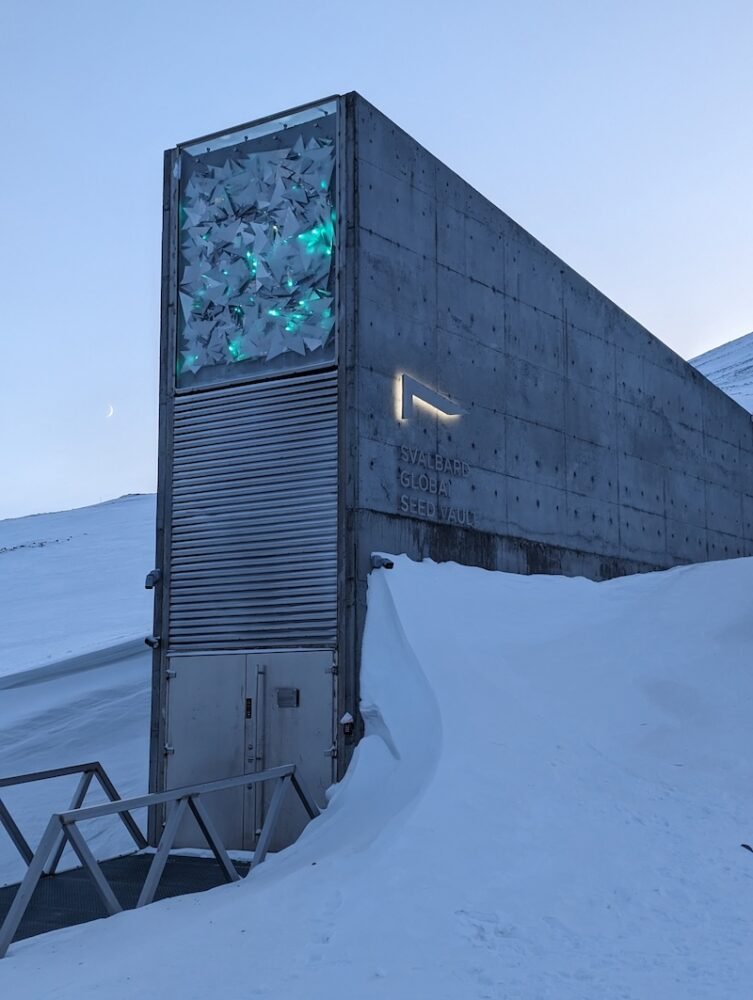
It’s a relatively brief tour, lasting about 4 hours, so this is a good half-day activity.
Afternoon and Evening: The brevity of the wildlife photo tour lets you have a relaxing second half of the day, enjoying more of Longyearbyen or simply nestling in one of the cozy hotel lobbies with a book about the region to learn more next to a cozy fire.
Part of the joy of visiting Svalbard in its more wintry, sleepy season is adjusting to that pace of life and giving yourself permission to slow down.
However, if slowing down simply isn’t in your vocabulary, there’s still more you could do: you could walk up to Svalbard Church on a hill above town, walk to — but not past! — the famous polar bear warning sign (if you didn’t see it on a past tour), or visit the Nordover Art Center to see a little culture.
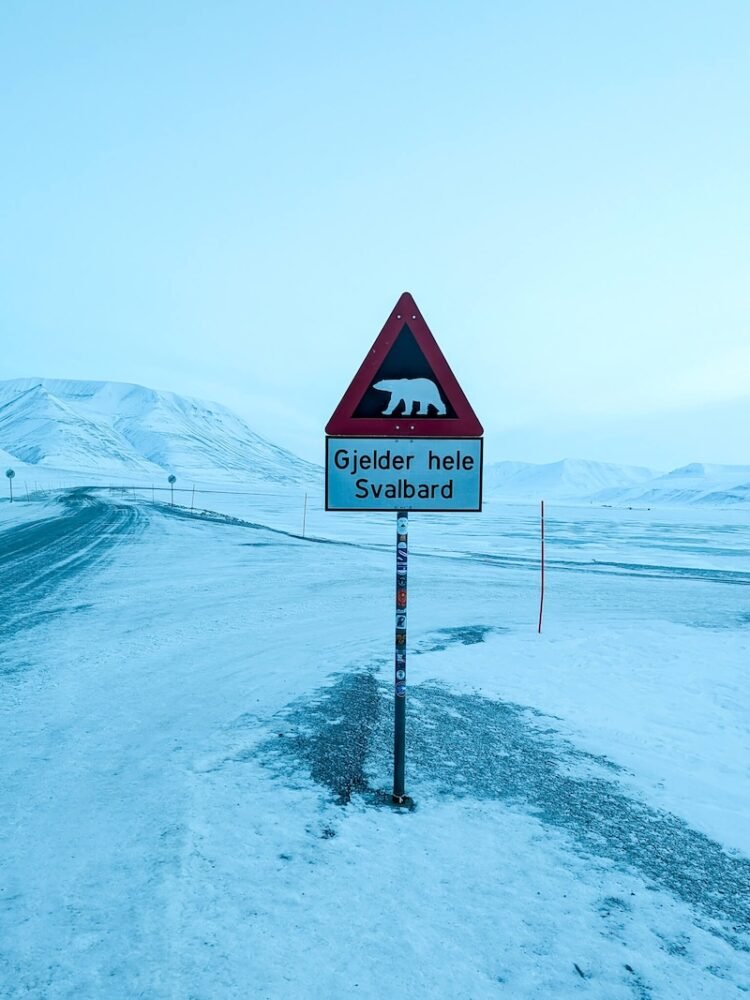
You could have a meal at a café (Cafe Huskies also has some really nice sandwiches and even poke bowls in addition to their sweets selection) for lunch, explore a little, and then pick one of the restaurants you haven’t tried yet for dinner.
Day Four: Dog Sledding
Morning or Afternoon: One other activity not to be missed in Svalbard is the chance to go dog sledding in Bolterdalen. Personally, I had just gone dog-sledding in Alta the week before and I spent all my travel budget in Svalbard on a variety of snowmobile trips, so I elected to skip this dog sled tour… but now that I’m writing this, I regret it!

Dog sledding is one of my favorite activities in the world — I’ve done it in Alta, Tromsø, Rovaniemi, and Abisko — and if you’ve never done it before, it’s simply a can’t-miss Svalbard activity.
The tour lasts four hours and you can choose a morning tour (from 8 AM to noon or from 9 AM to 1 PM) or an afternoon tour (from 2 PM to 6 PM or 3 PM to 7 PM). Depending on whether you prefer to have a relaxed morning or free time in the afternoon, pick what works best for your preferred travel schedule.
Evening: In addition to a meal out, why not grab a drink at the best (read: only) proper bar in town, Svalbar? Fruene is also a wine bar in addition to a coffee shop if you prefer a more robust wine selection.
Day Five: Choose Your Own Adventure
If you have a fifth day in Svalbard, fill it up any way you choose! Here are my two very different suggestions, requiring different levels of fitness, comfort, and budget.
For a more high-octane adventure that will also bruise your wallet a bit, but give you one of the most memorable experiences of your life, you can take this epic snowmobile ride to Svalbard’s remote east.
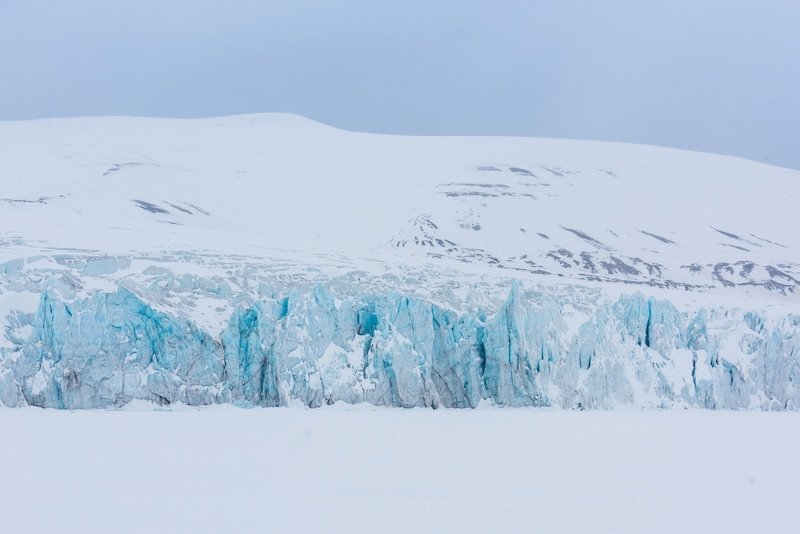
I left Svalbard before this tour was offered (starting after February 17 this last year) so I couldn’t go, but my friend Megan did it and adored it — she said it was probably the best thing she’s ever done.
Note that this tour is ‘marketed’ as being able to go to the land of the polar bears… this is only part true. Any polar bear ‘safari’ is illegal in Svalbard and you can’t actually track a polar bear, even if you see footprints or signs of life of a polar bear. Rather, this tour goes to Svalbard’s icy east, where the Gulf Stream doesn’t impact the weather as much, leaving a lot more sea ice for polar bears to hunt on.
Past guests have reported seeing polar bears but Megan did not see one on her tour, and honestly, it’s quite unlikely that you would. This tour is more about embracing the remoteness and wildness of a 150 kilometer plus ride across the most remote parts of Spitsbergen.

For something a little less grueling and requiring less of a time and money investment, a winter guided hiking trip up Platåfjellet is also available.
Remember that you cannot hike alone in Svalbard as you need to have a weapon with you if you leave the settlement. The views are stunning here! You can do this hike in summer, too, but the wintery panorama of the icy fjord is even more spectacular, I think.
Detailed Day by Day Svalbard Summer Itinerary
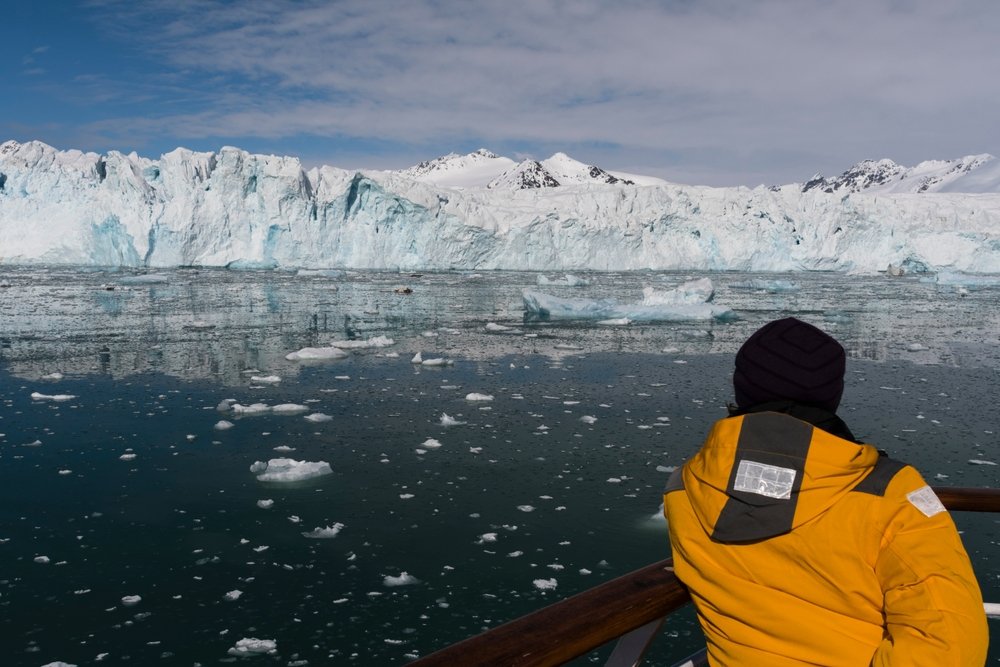
I adored Svalbard but admittedly struggled a bit with the low light conditions and I immediately vowed to come back in the summer season, when my California ass can properly photosynthesize as I was meant to do.
I haven’t personally experienced this Svalbard summer itinerary yet for myself, but I put it together for my next trip.
It’s collected from my friends’ personal experiences visiting Svalbard in summer, the fact that I’ve watched nearly every single episode of Cecilia Blomdahl’s midnight sun series on her YouTube channel, and my obsessive spreadsheet of plans for my next trip to Svalbard.
Here goes my rough sketch for what I would do on a Svalbard summer itinerary!
Day One: Exploring Longyearbyen
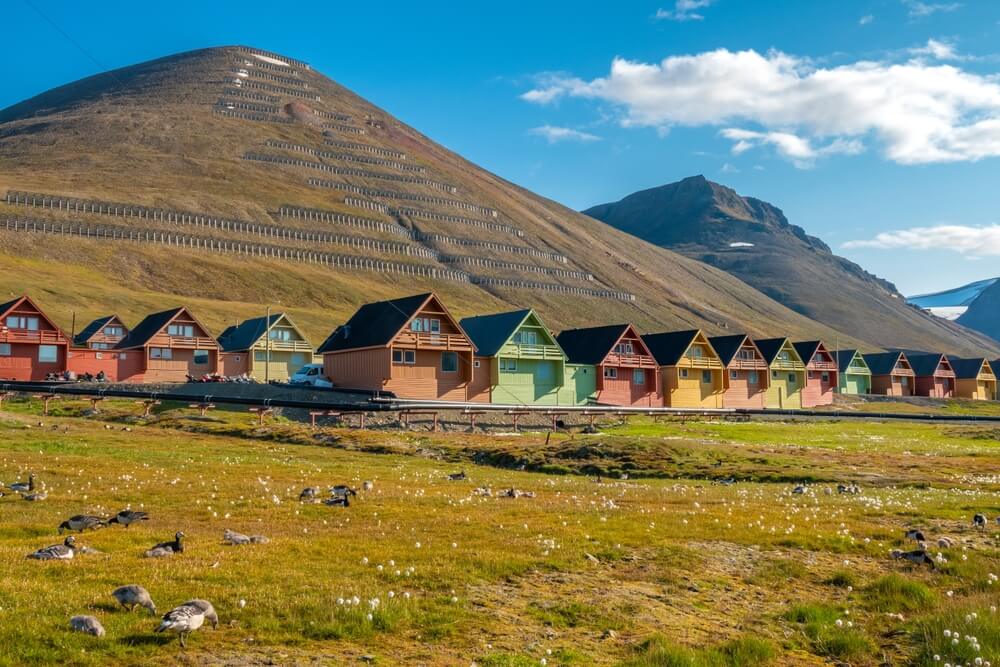
I’m not going to reinvent the wheel here — refer above to what I outlined for day one of the Svalbard winter itinerary, as it’s the same, including:
- Morning at the Svalbard Museum
- Coffee break and lunch at Café Huskies
- Afternoon visit to the North Pole Expedition Museum
- Shopping on the main street of Longyearbyen
- Dinner at one of Longyearbyen’s excellent restaurants
Note that if you are here in October, there are Northern lights tours again, but the rest of the summer season there are not.
Day Two: Sea Kayaking Among the Glaciers

This is perhaps the most perfect and quintessentially Svalbard summer activity you can do: sea kayaking with glaciers on the Arctic Sea, paddling between the broken-off floes of sea ice and the Svea glacier towering above you.
It’s not a cheap activity — you need to take a RIB to the northern edge of the Isfjord first, then you disembark in tandem kayaks — but it’s perhaps the most sublime thing you can do in Svalbard.
It’s like a little slice of Antarctica, without the hefty price tag (well, with only a fraction of it) and the hellish Drake’s Passage.
If you’re very lucky, you may even get to see a glacier calve (break into multiple parts) into the water, creating a new mini iceberg.
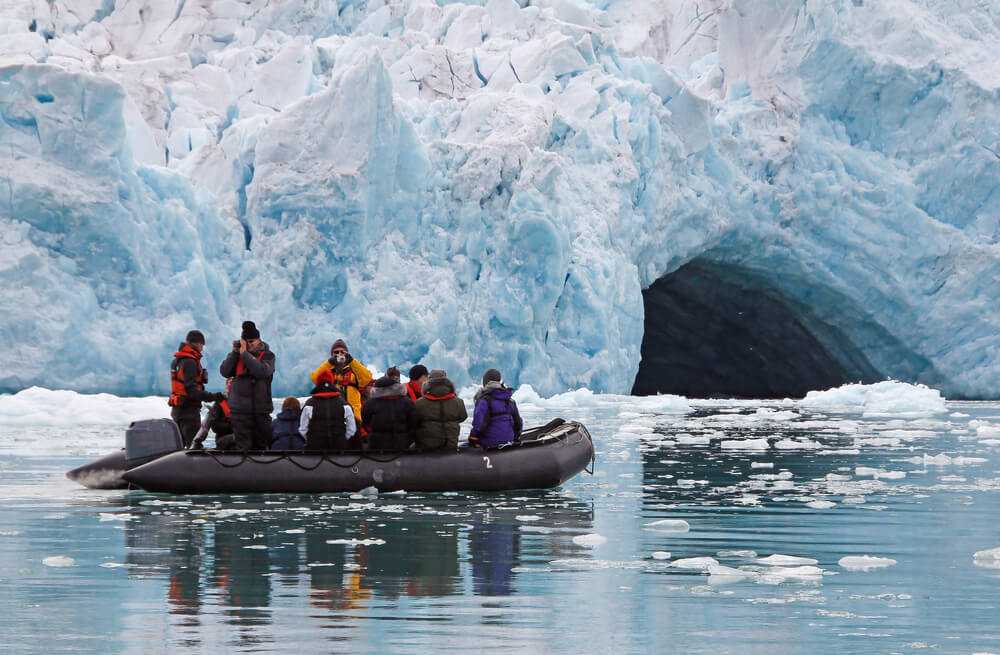
Note that due to often-rough seas, the kayaking season is quite short, with tours only running in June, July, and August. If you travel outside that part of the summer season, RIB boats are better.
This glacier safari via RIB boat tour runs in September, too, whereas this RIB safari glacier cruise has departures in May and June.
Day Three: Guided Hike with Local Experts
As the winter snow melts, the tundra of Svalbard’s Arctic desert climate comes to life and it’s the perfect time to enjoy the brief but beautiful hiking season.
There are a ton of mountains around Longyearbyen to choose from: in the interest of making things easy for you, I’m just going to highlight two choices, both of which I think are excellent options.
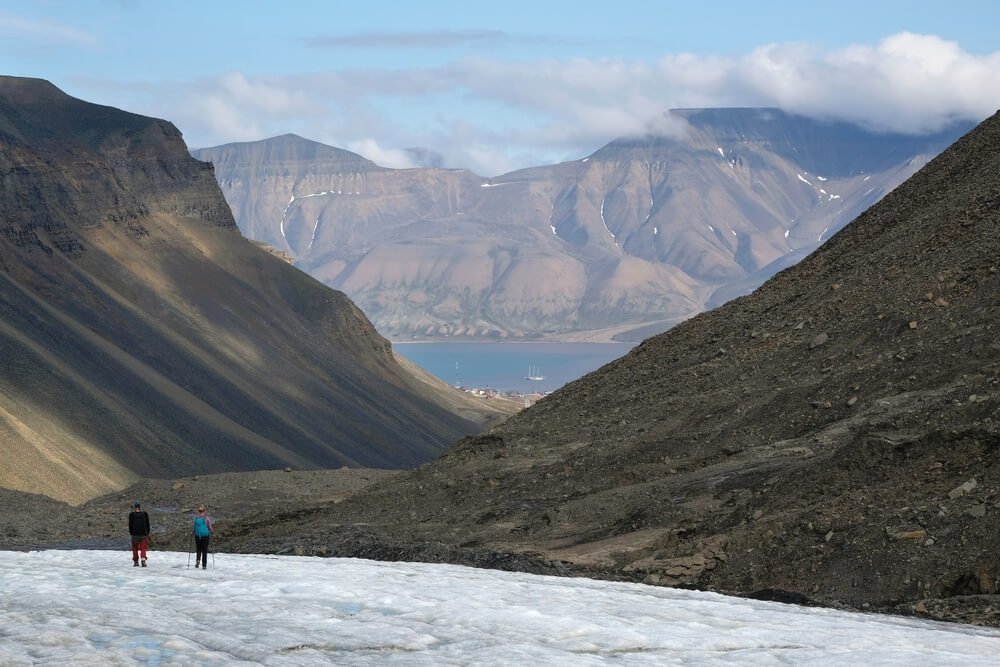
If you want a less strenuous hike, there’s the moderate-difficulty (and inexpensive) guided hike up to Platåfjellet which affords you stunning views over the town of Longyearbyen and its home fjord, the Isfjord.
For something more challenging, why not summit the highest mountain in Svalbard — the Nordenskioldtoppen summit hike is a real challenge, but one you can walk away quite proud from.
The hike to the top of Platafjellet is only 424 meters or 1,391 feet — not too hard for a hike, though note that the rocky, loose rock terrain of Svalbard can itself present a challenge.
Meanwhile, Nordenskioldtoppen maxes out at 1,050 meters or 3,445 feet, presenting a far greater challenge that should only be taken on by more experienced hikers who are used to tackling intense elevation gains.
Day Four: Nature Photography Tour and Boat Cruise
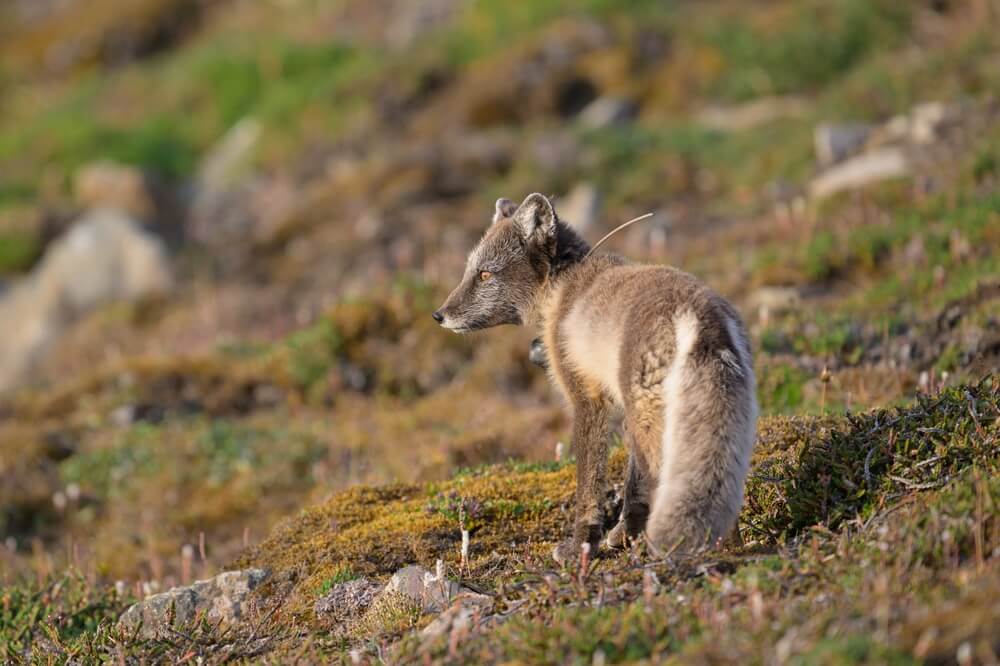
Run by the same company I did my winter photography tour of Svalbard with, this is a similar version but in the summertime, adding on a boat cruise as well so you can see another side of Svalbard’s biodiversity as the water and sea cliffs come to life with migratory whales and returning sea birds.
This nature wildlife photography tour with boat cruise is an excellent and affordable way to see a wide swath of Longyearbyen that would otherwise be inaccessible to you since it is not possible to travel outside the village limits without a firearm.
Summer Svalbard animals you might see include: dozens of variety of birds, Arctic foxes in their brown summer coats, tons of walruses, several different species of whales, and of course… the ubiquitous Svalbard reindeer. Will you see a polar bear? Likely not, but taking a boat cruise does slightly increase your odds.
Day Five: Choose Your Adventure – By Land or By Sea
This final day of the summer Svalbard itinerary presents one of the coolest options of what you can do in Svalbard… but I warn you, it’s a pricy experience.
But will you ever have another chance to take a boat tour the world’s most northernmost permanent settlement, the radio-silence enforced research settlement of Ny-Ålesund?
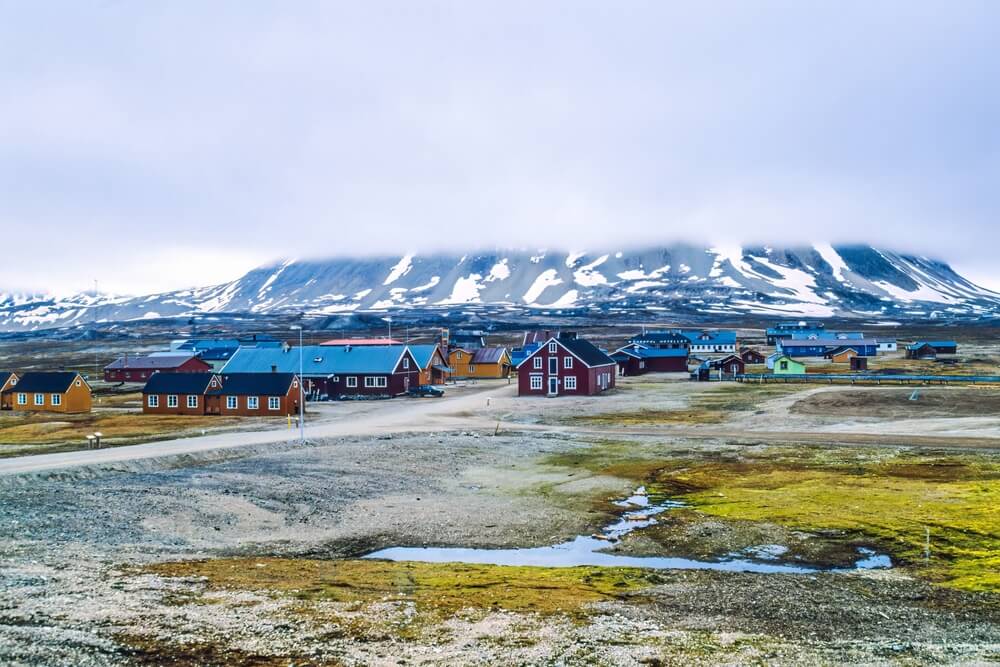
Home to only 35 people in the winter and 117 in the summer, this tiny, barely-inhabited part of Svalbard is literally the northernmost place people live year-round… and it’s utterly fascinating if you get the chance to visit.
Due to the immense amount of sea ice that blocks in Ny-Ålesund for most of the year, these boat tours only run from May through August — and they’re quite pricy, just under 500 euros per person.
You also really need to book the boat tour to Ny-Ålesund in advance: nearly all of the 2024 bookings are already made. Luckily, this tour has somewhat flexible cancellation — you can cancel for a full refund up to 30 days before your tour if you want to reserve a spot but aren’t fully ready to commit.
Another boat tour idea is visiting the still-active Russian mining town of Barentsburg, the second-largest settlement in Spitsbergen, or visiting the ‘ghost town’ of Pyramiden, once a large mining town but now virtually abandoned, with frequent polar bears roaming through town and just one lone hotel serving curious summertime guests.
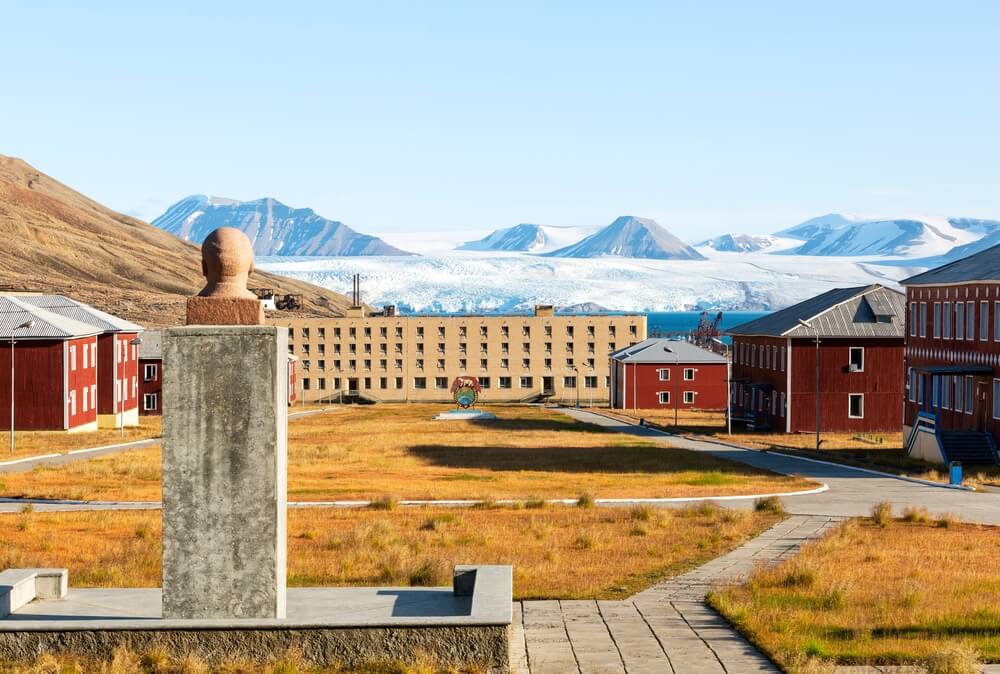
I mentioned above that there are some ethical concerns for some about visiting these two towns as they are owned by state-owned Russian mining companies.
The Russian government may profit slightly from your visit, so if you do not want any money at all going towards their government due to the war or other personally held beliefs, this may be something you elect to skip. I don’t judge either way, as I believe the impact is incredibly small — I am simply informing.
If you want to stay land-based, don’t worry — there’s another option you can do, which is go dog sledding on wheels.
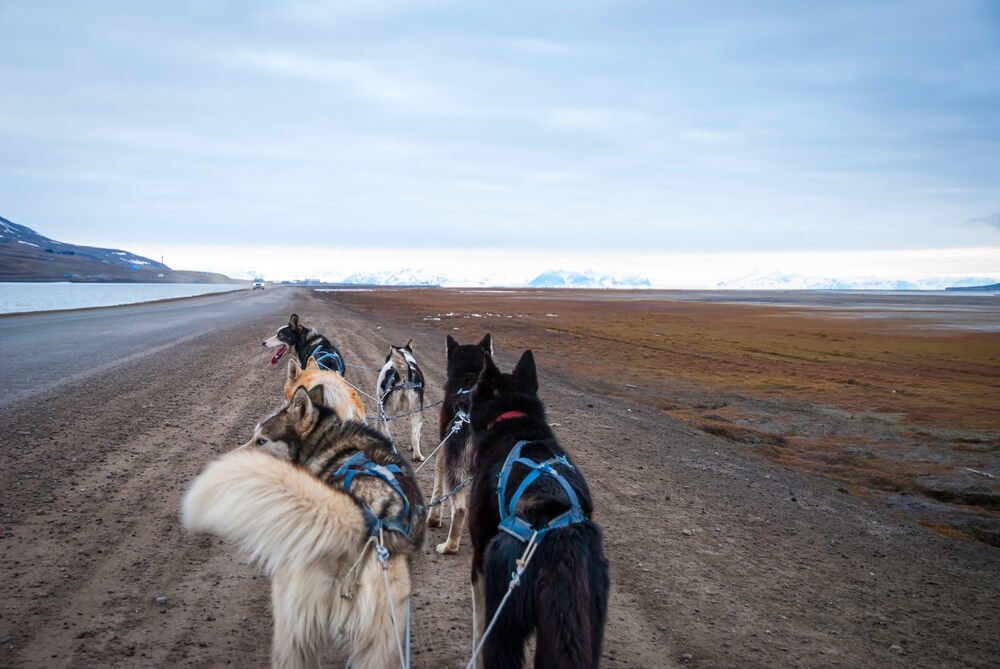
Yup, the dogs in Svalbard need exercise all year round, and so the crafty dog sled tour operators figured out a safe way for the dogs to run in the summer, too!
And since Svalbard remains so cold even throughout the summer, it’s safe for the dogs to run year-round (with the exception of a few days of extreme heat — well, extreme for Svalbard — in which case the tours would get canceled)
***
And there you have it — two incredibly detailed and customizable Svalbard itineraries that you can use to plan your trip any time between February and October.
I hope this unlocks a world of possibilities of what you can do in Svalbard throughout the year and inspires you to plan a trip of the snowy or sunny variety sometime soon!
Allison Green is a former teacher who has been travel blogging since 2016. She has a Masters in Teaching and a B.A. in English and Creative Writing. Her blog posts merge her background as an educator with her experience traveling to 70+ countries to encourage ethical, meaningful travel. She has been a speaker at the World Travel Writers Conference and her writing, photography, and podcasting work has appeared in National Geographic, CNN Arabic, CBC Canada, and Forbes, amongst others. Now a full-time traveler, she has lived in Prague, Sofia, New York City, and the San Francisco Bay Area.
